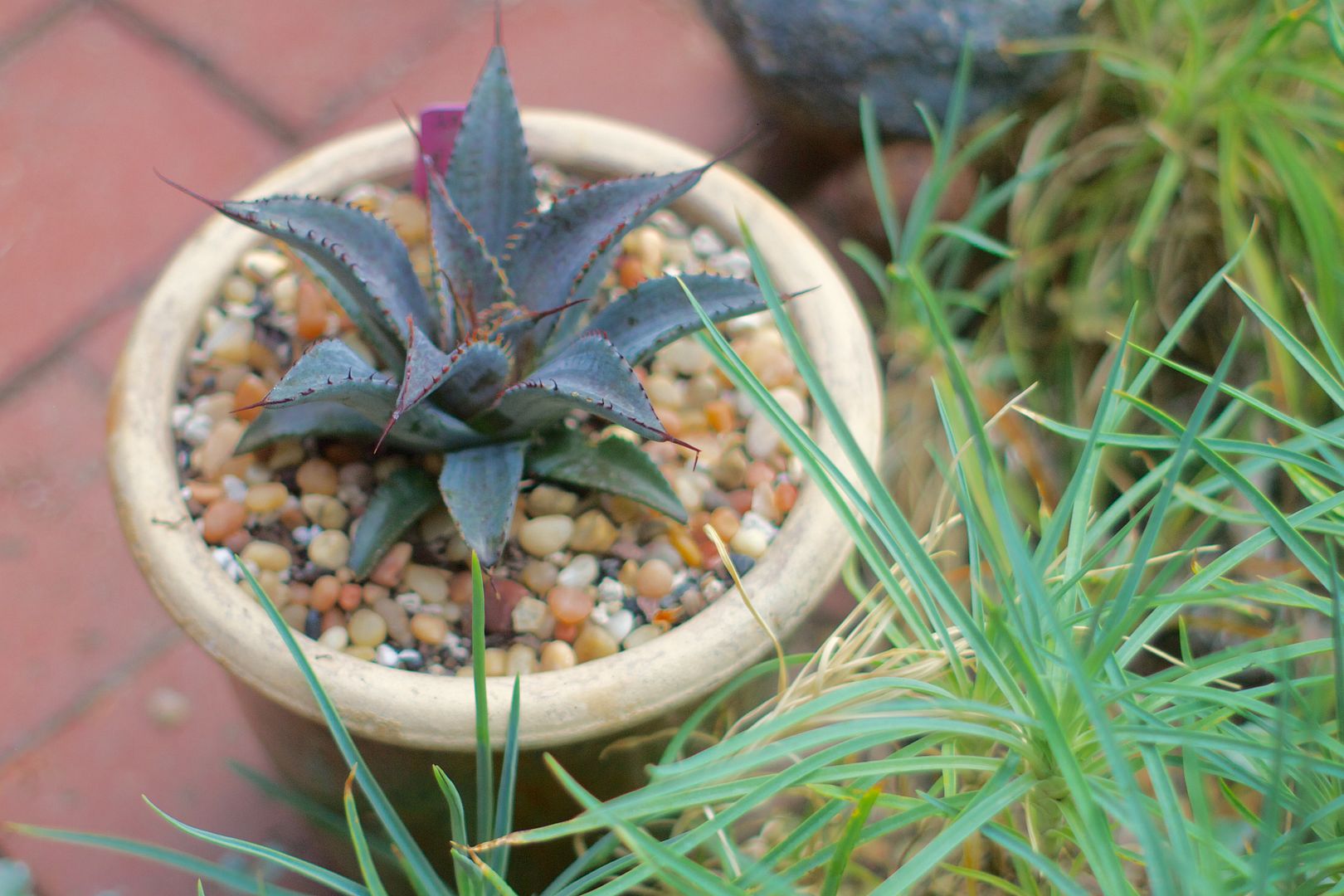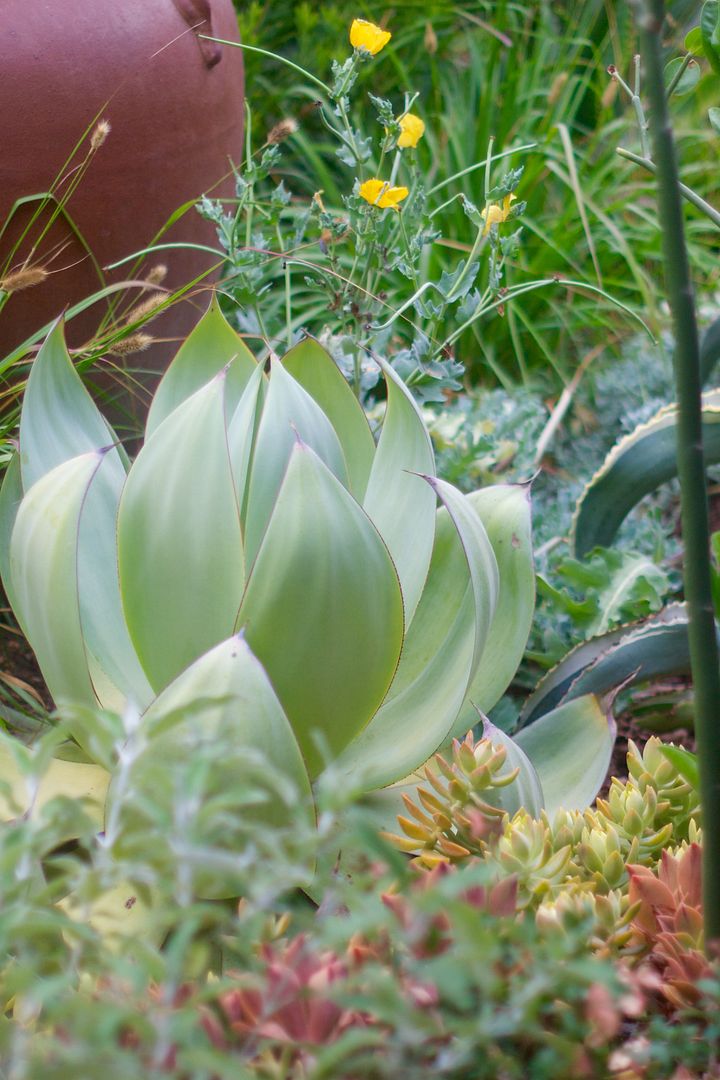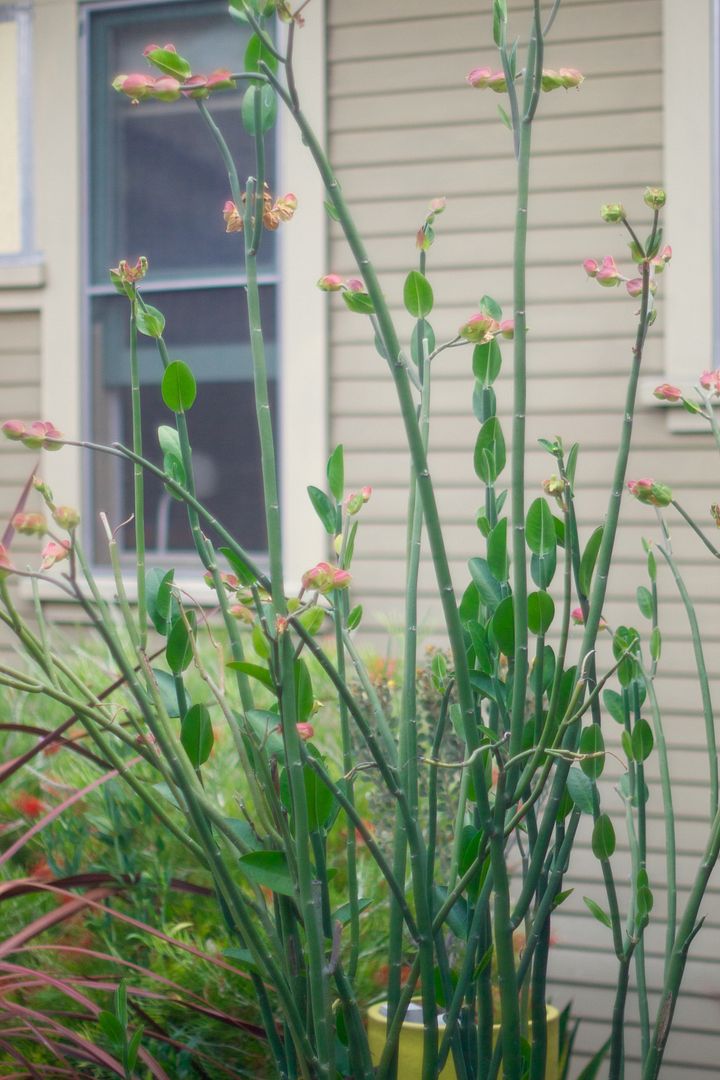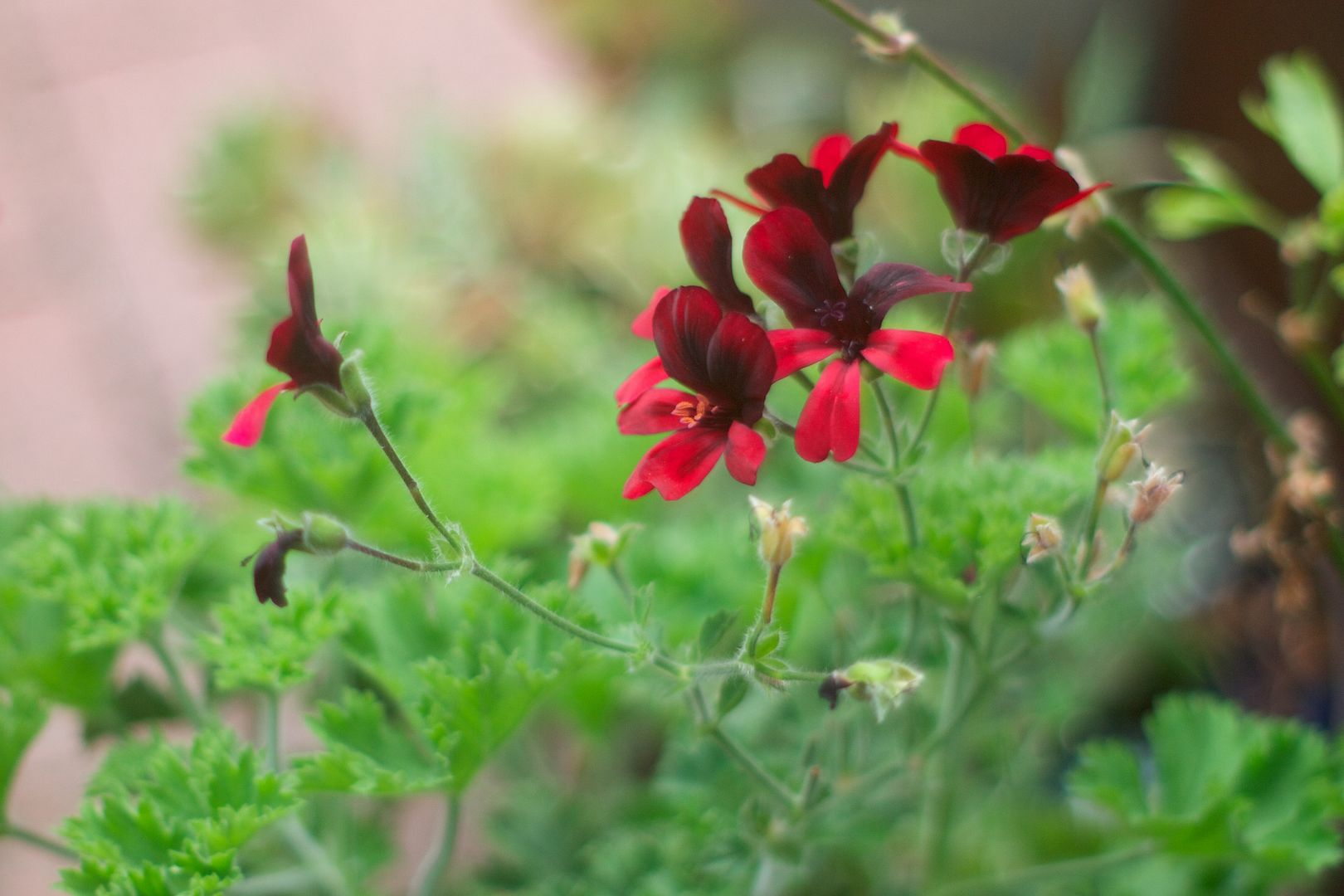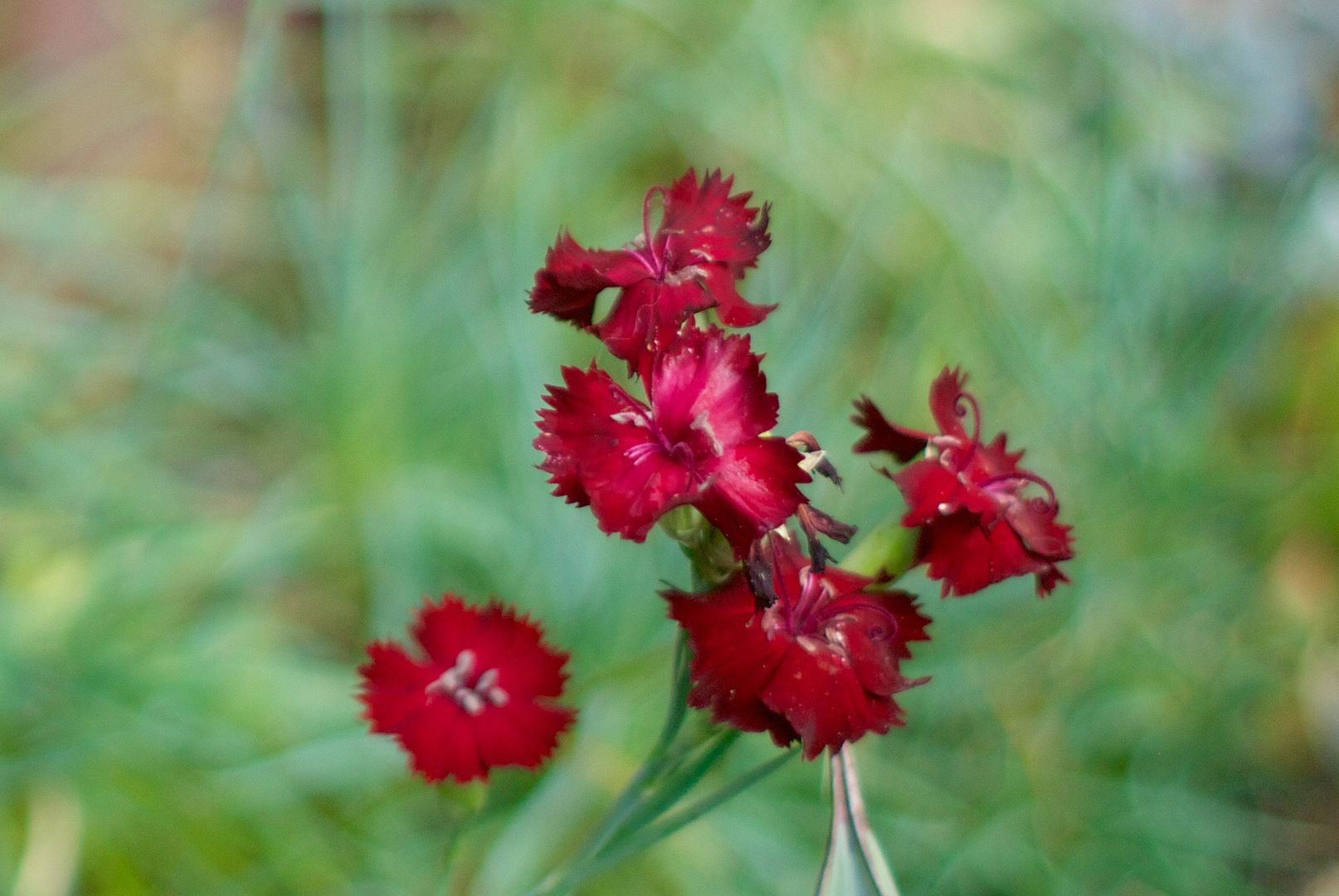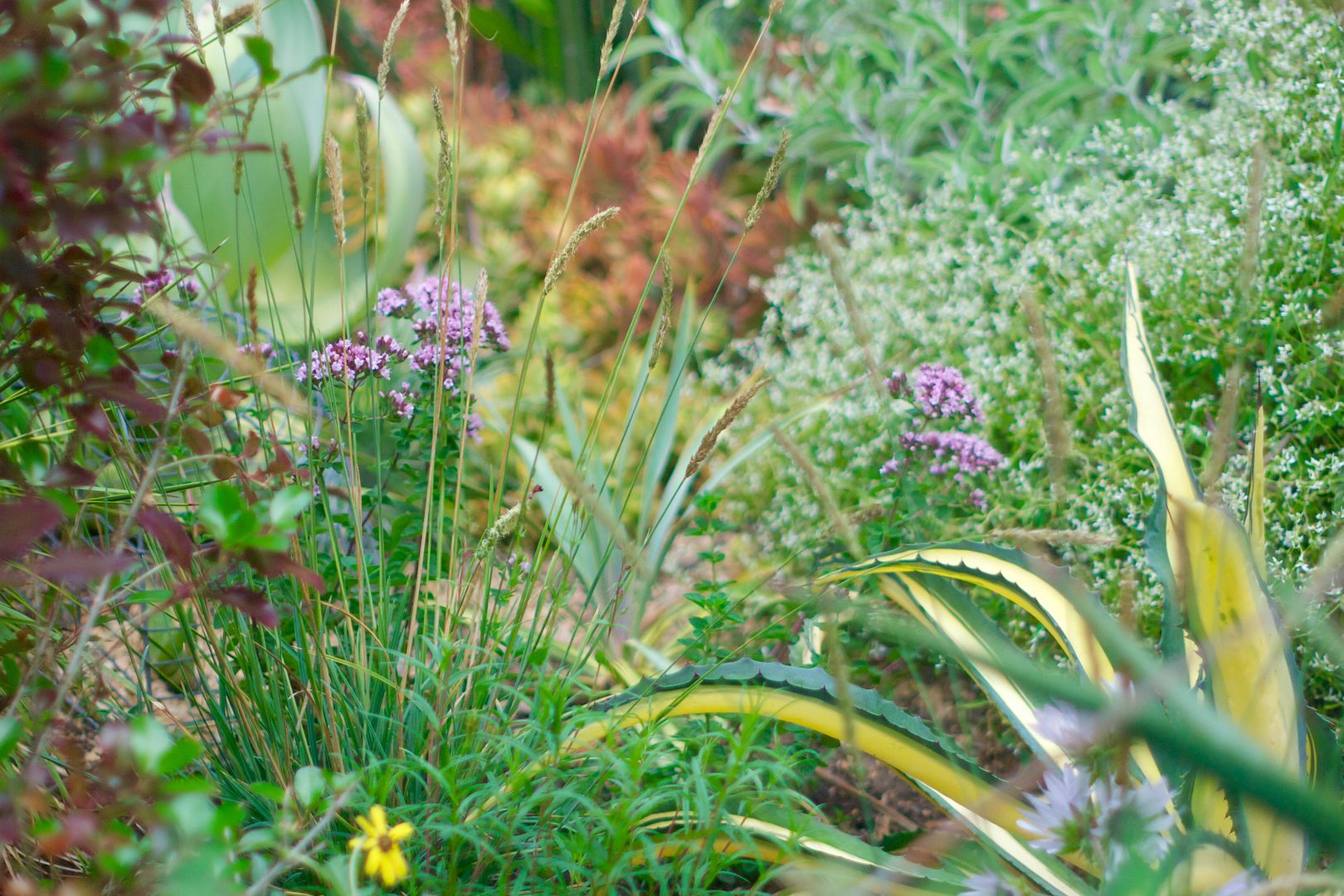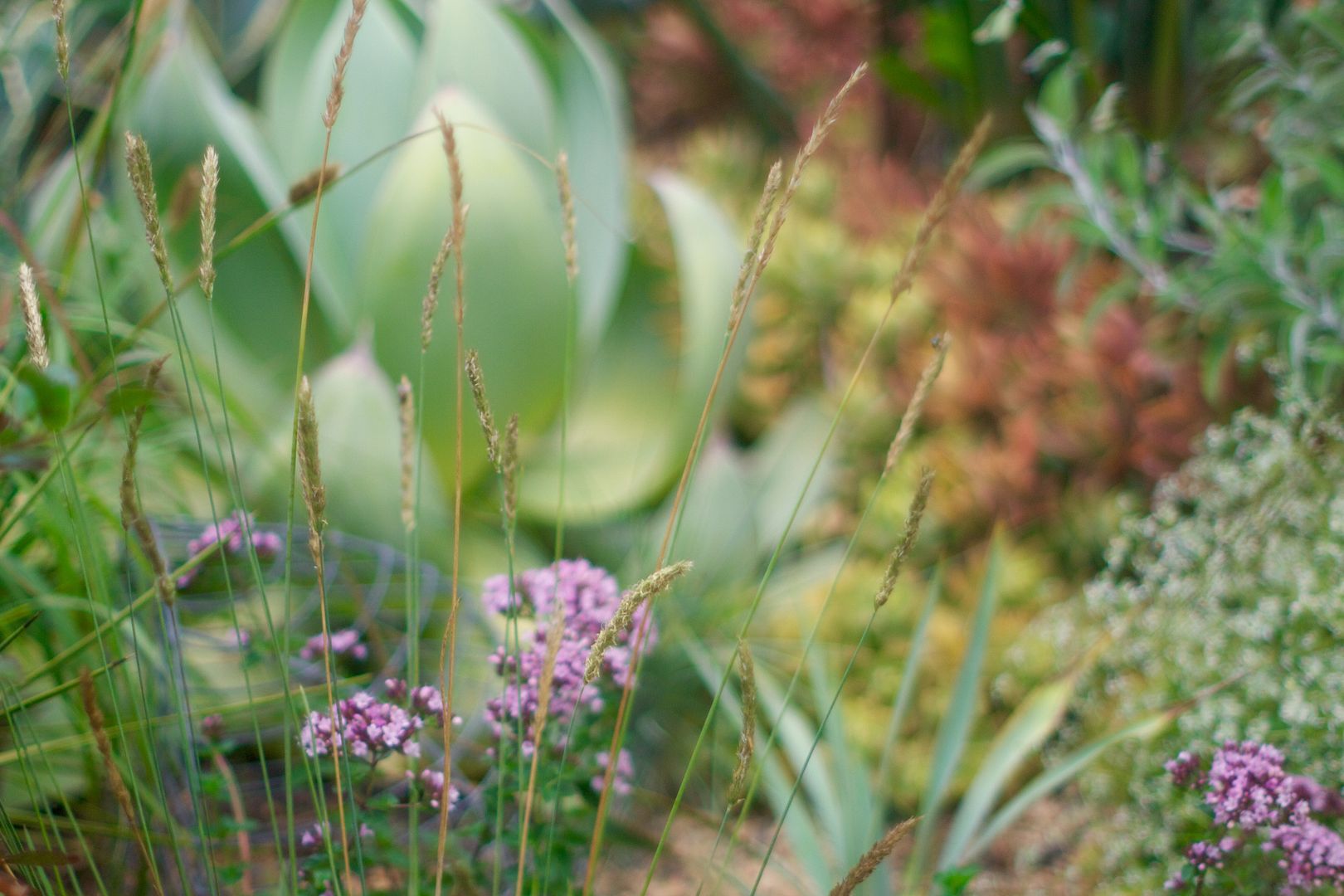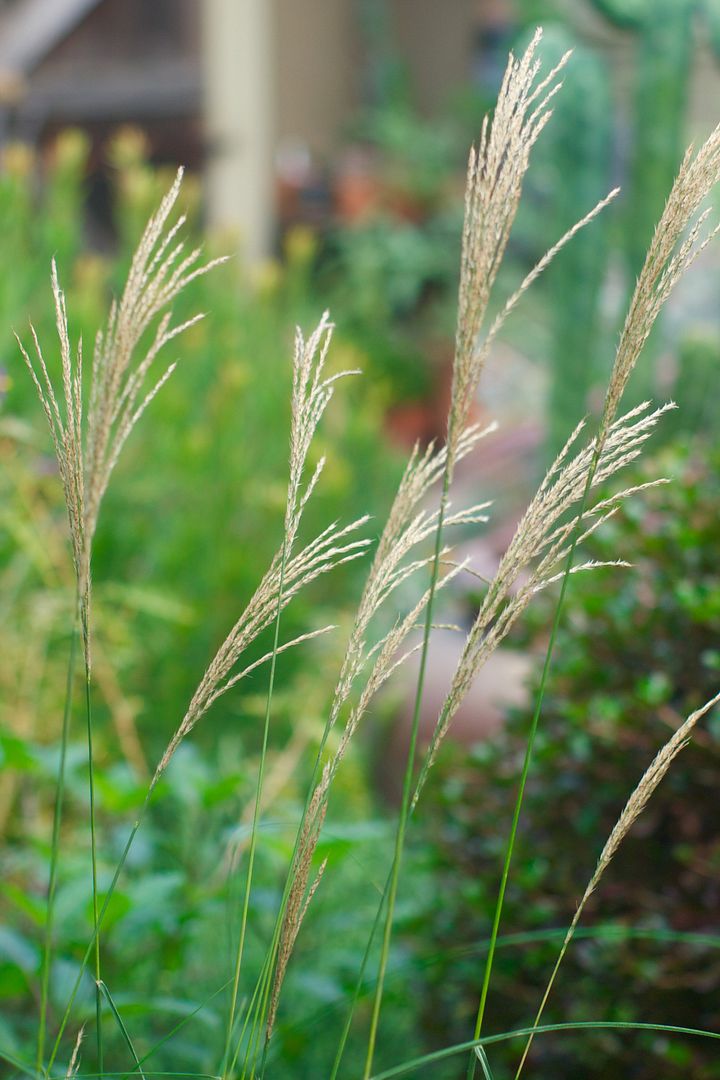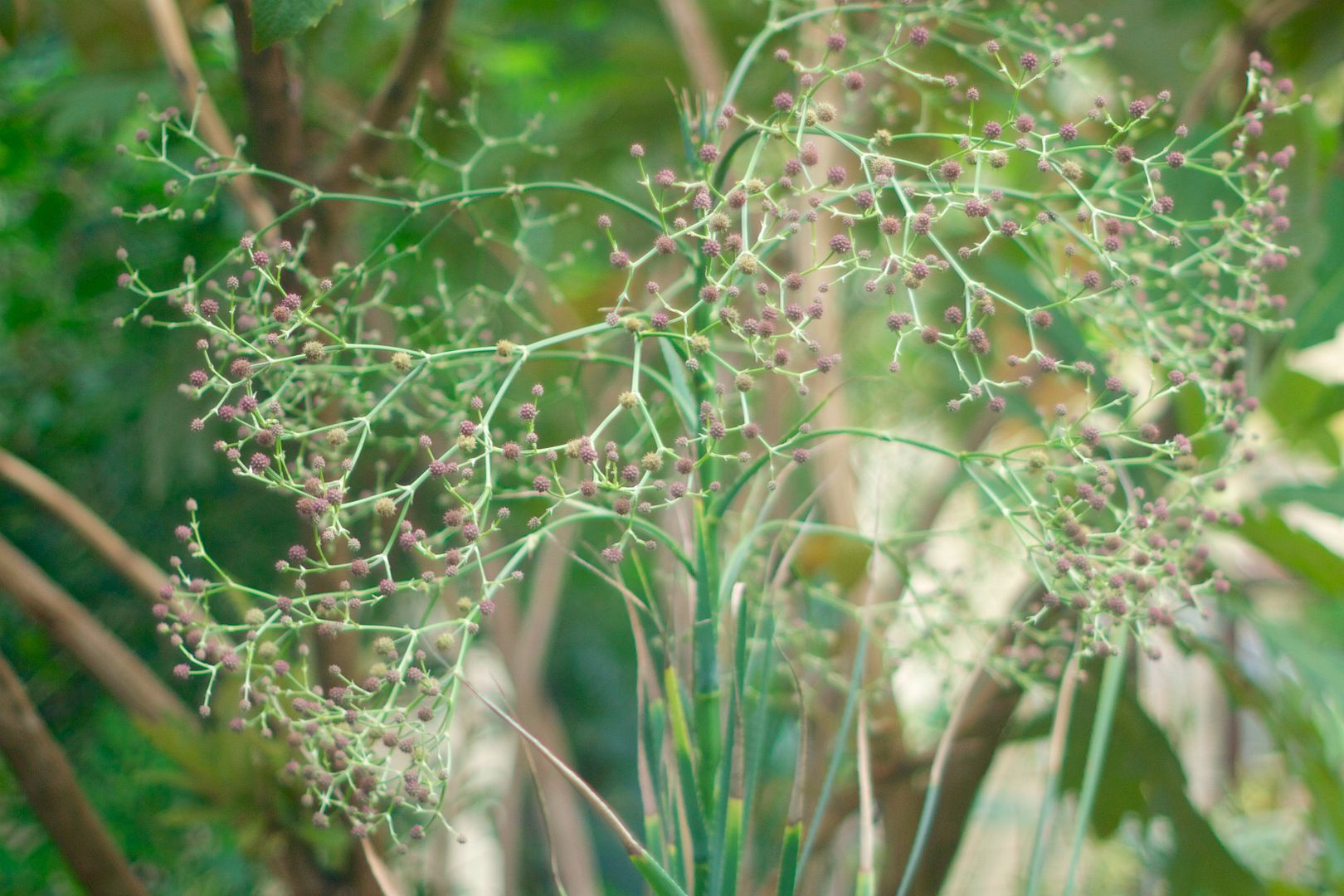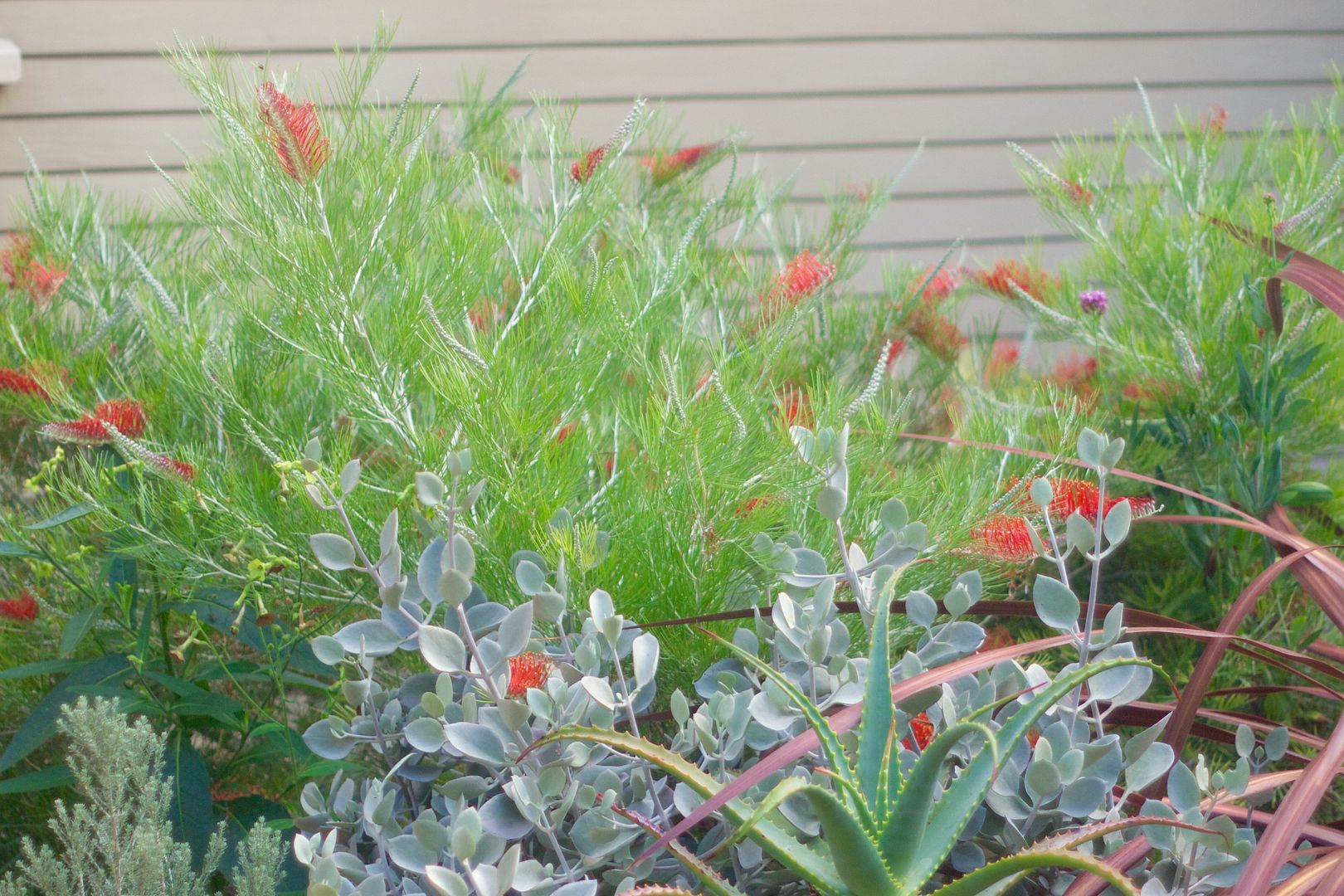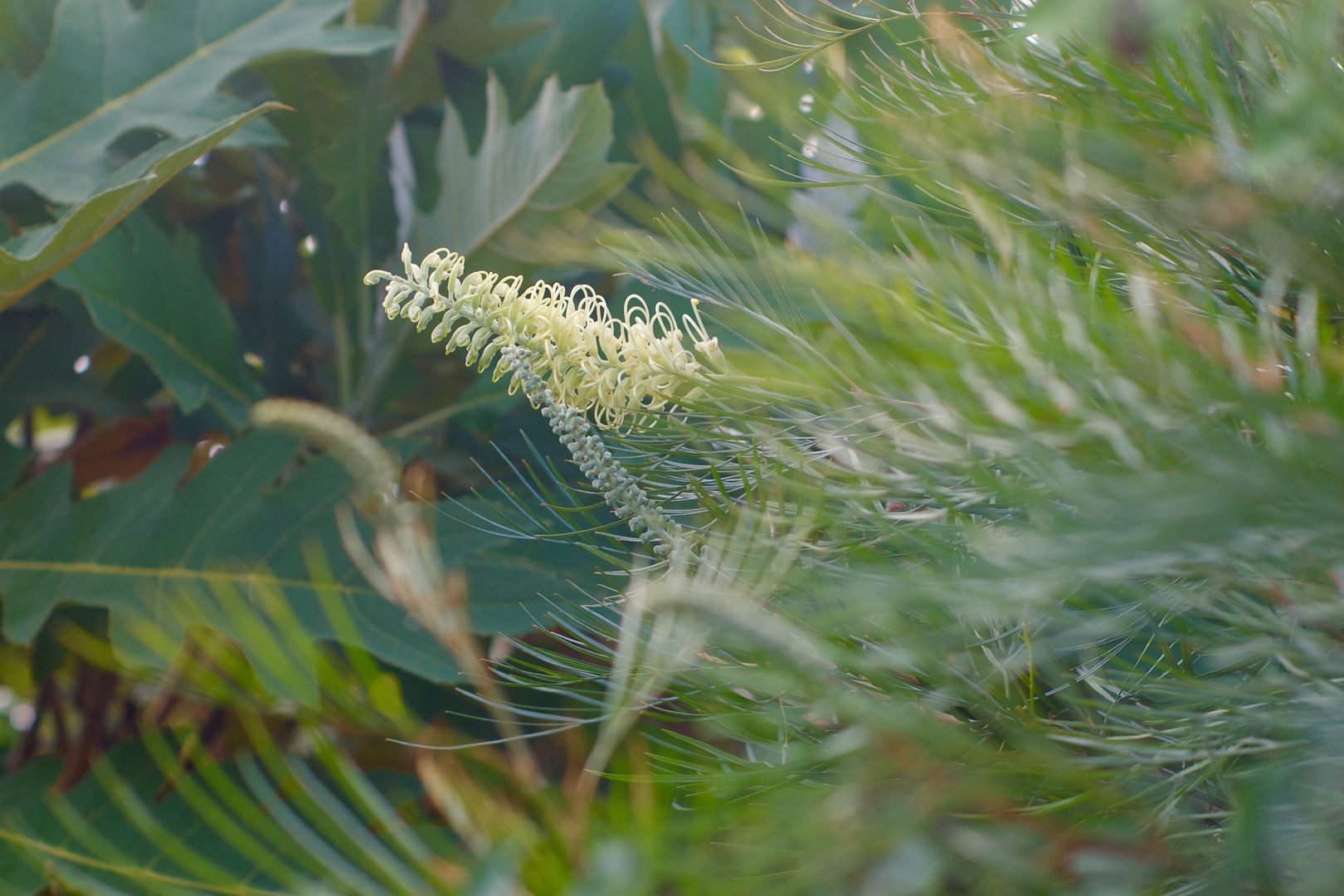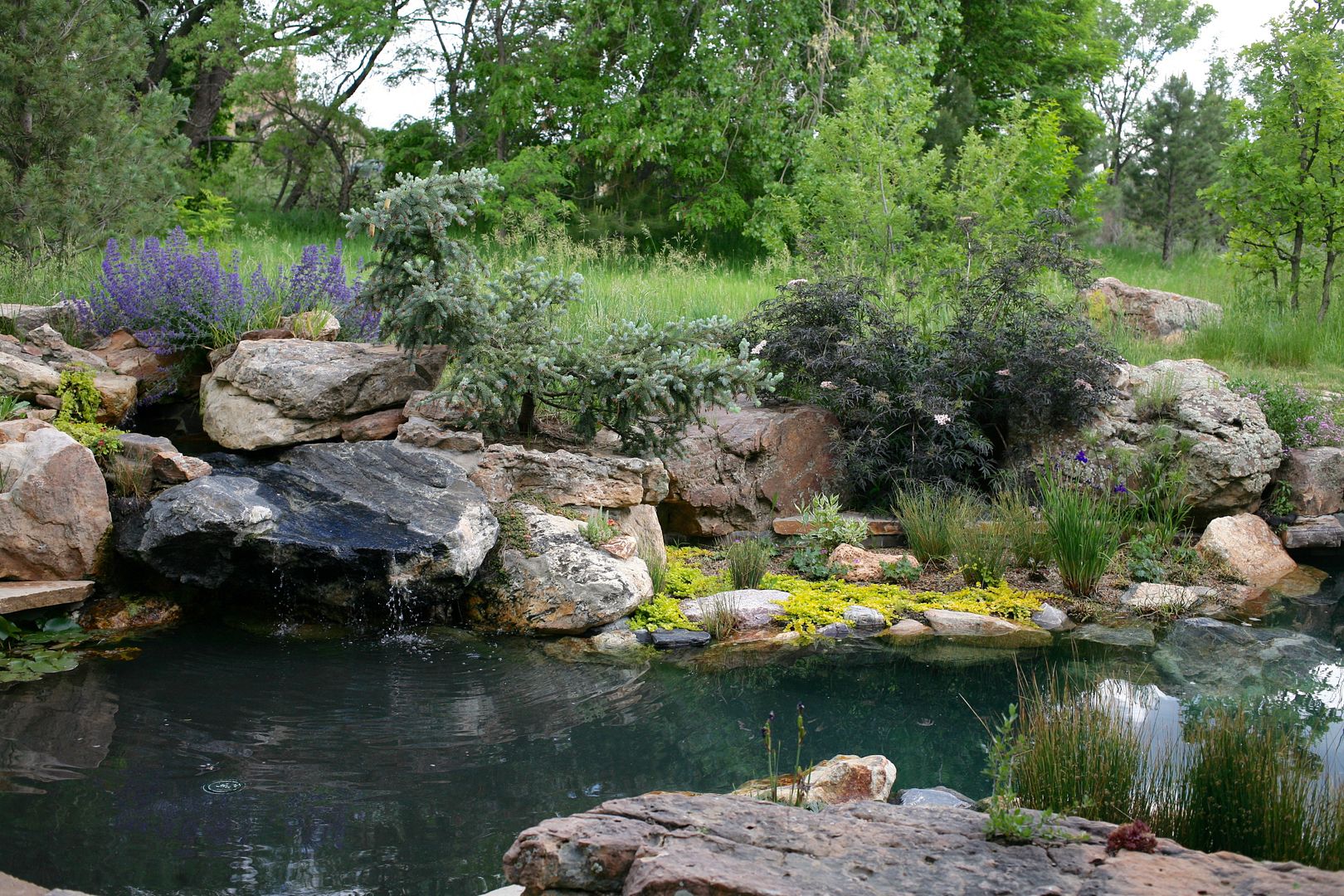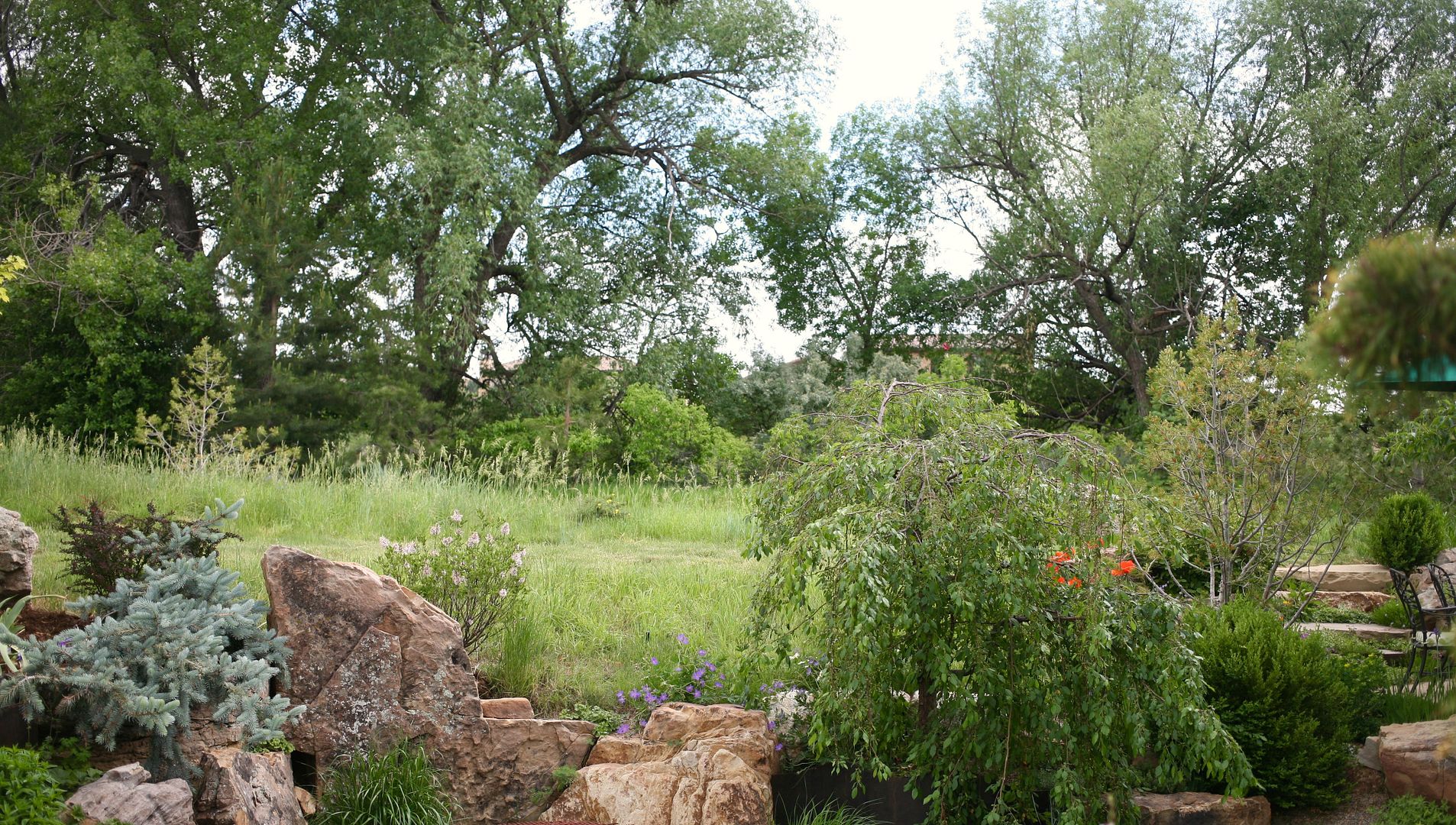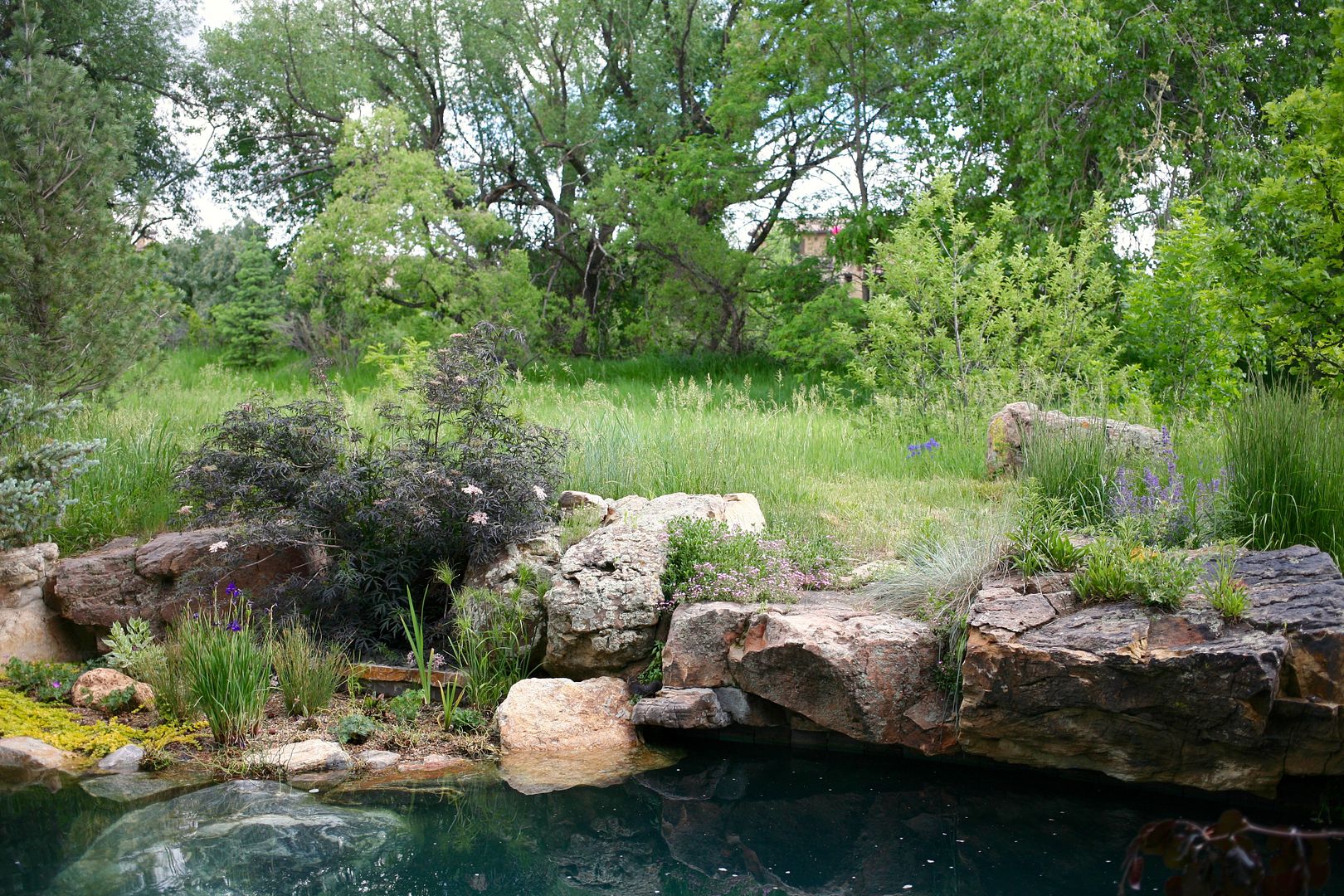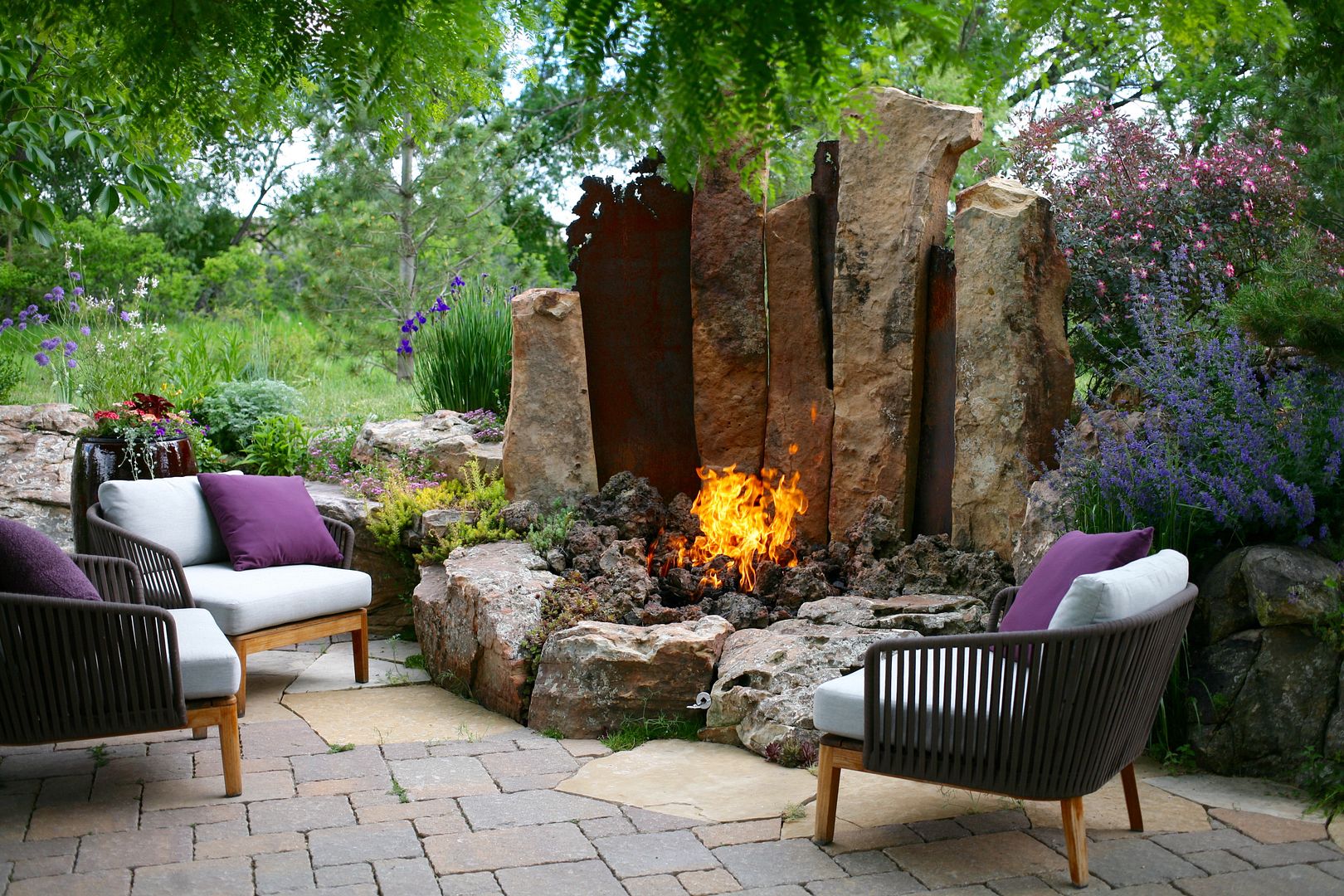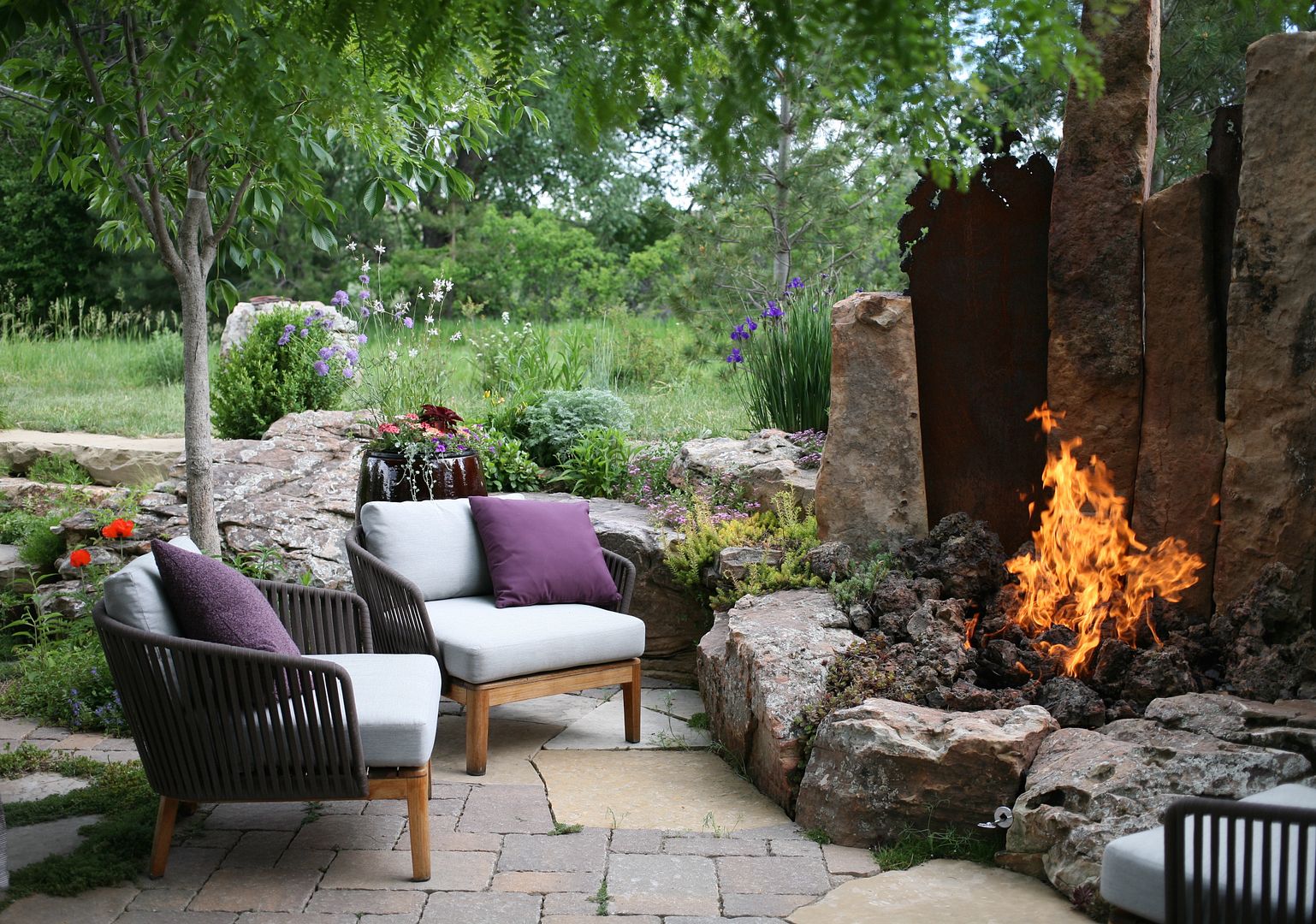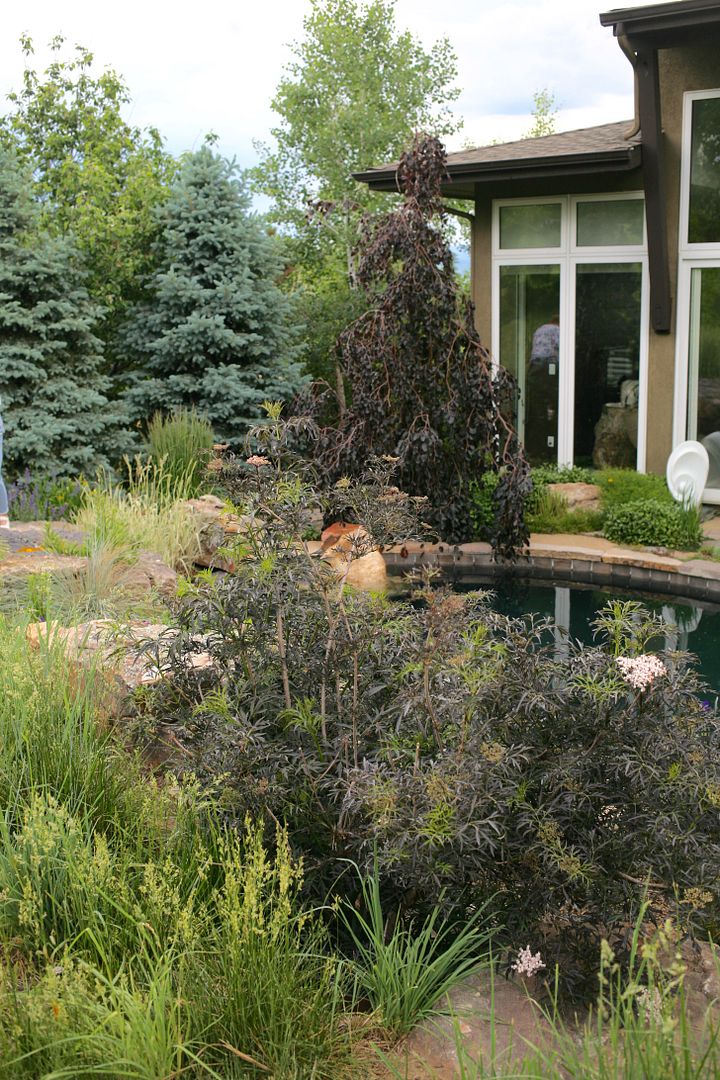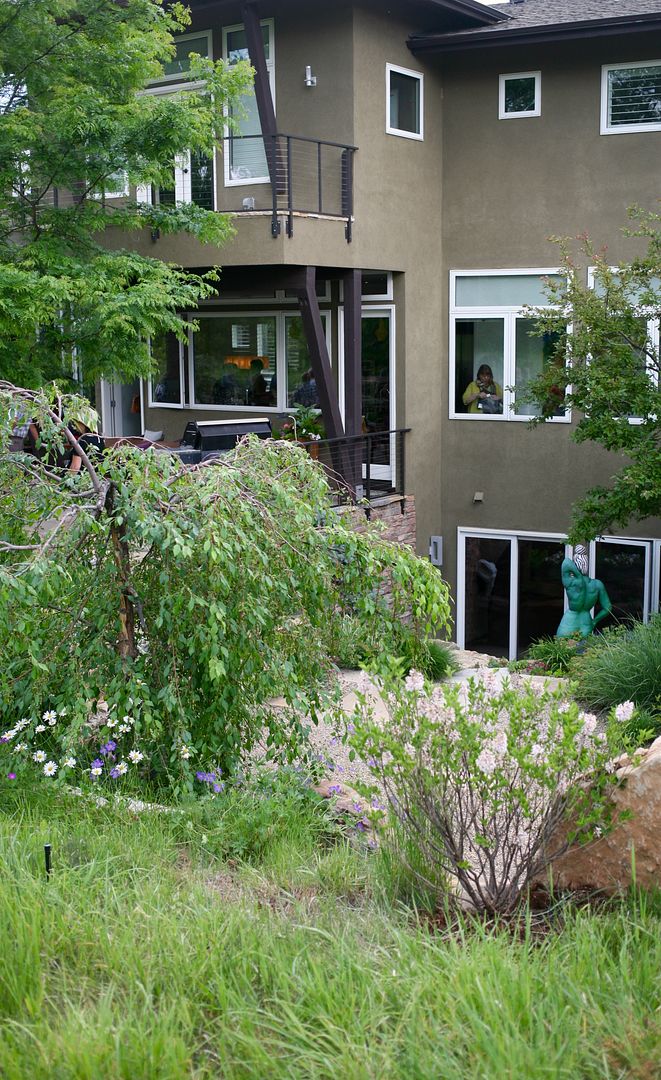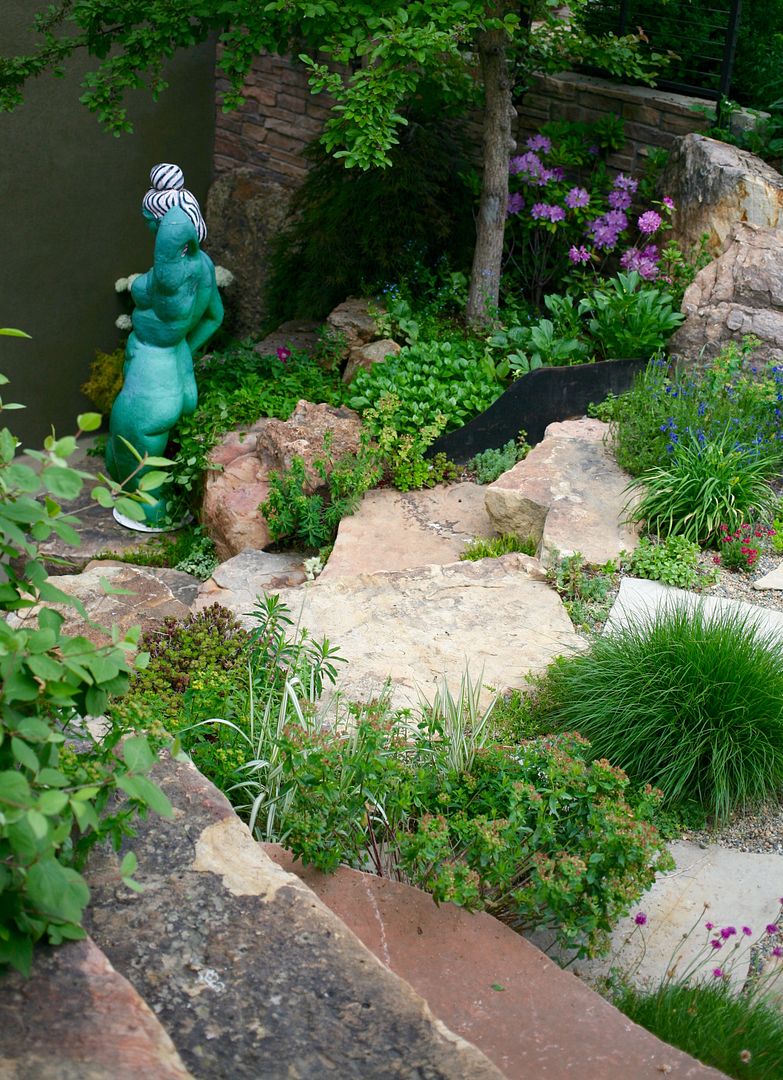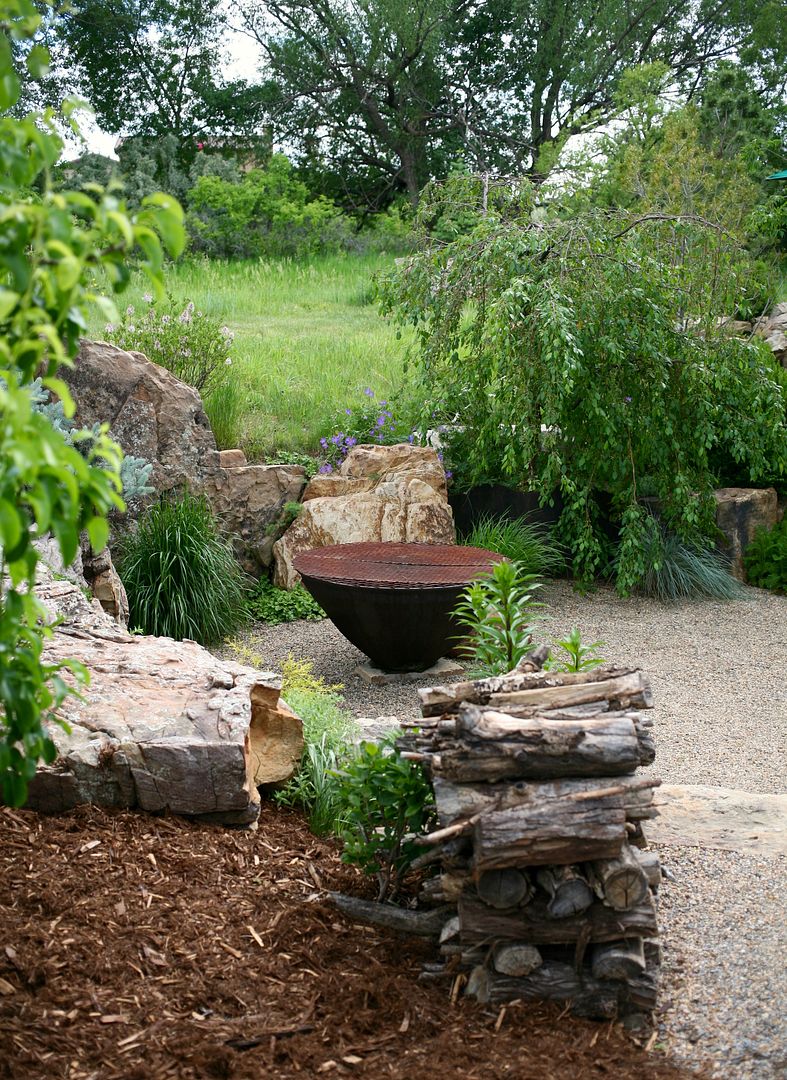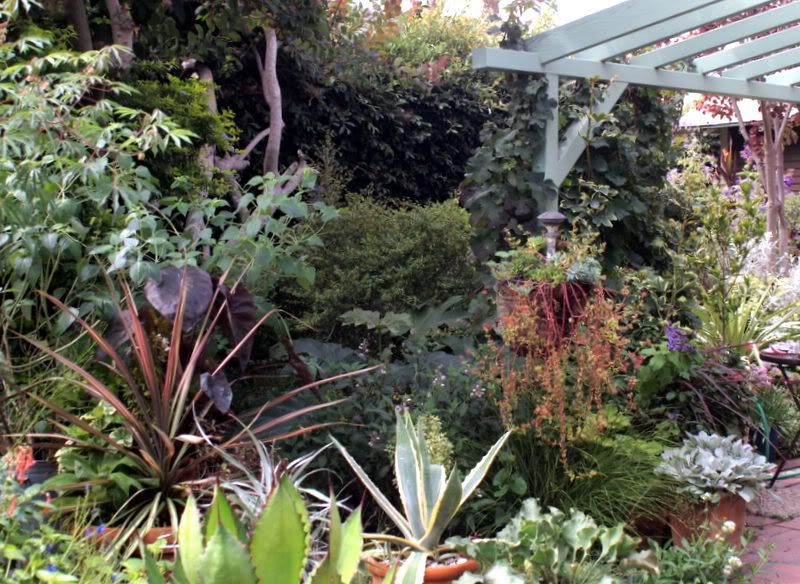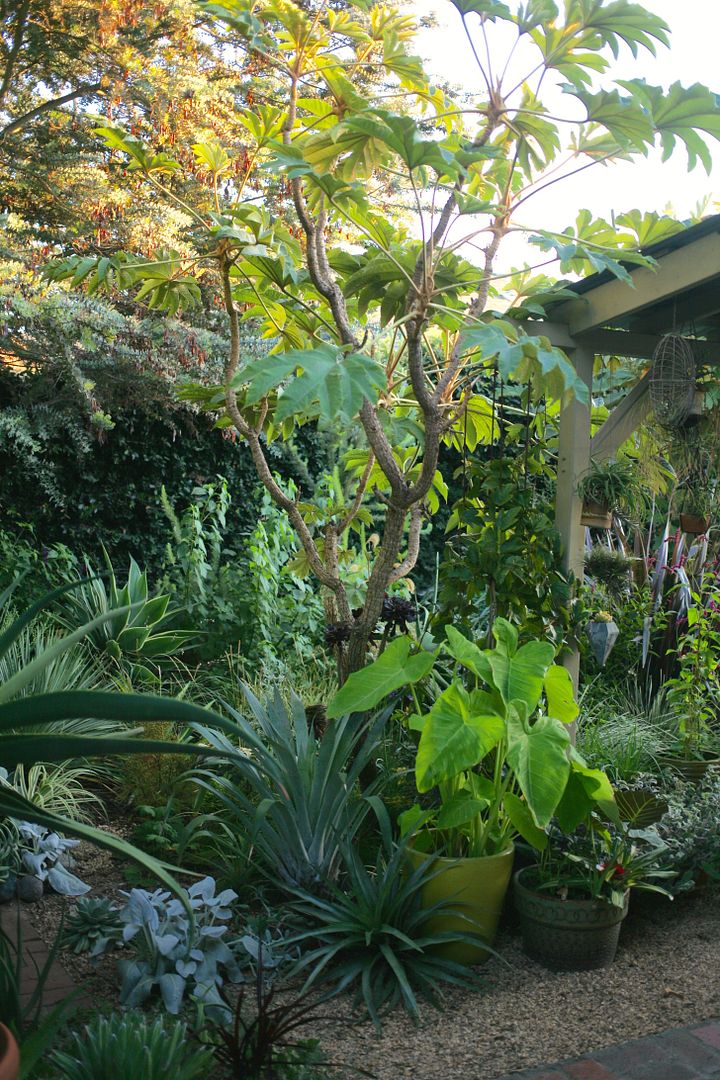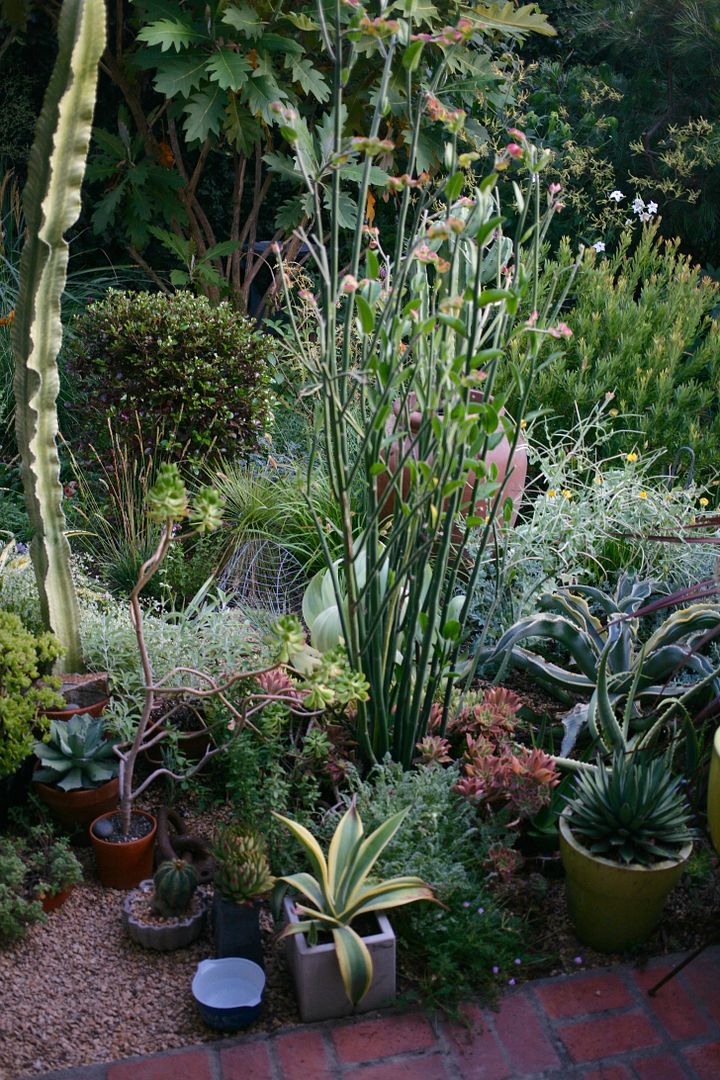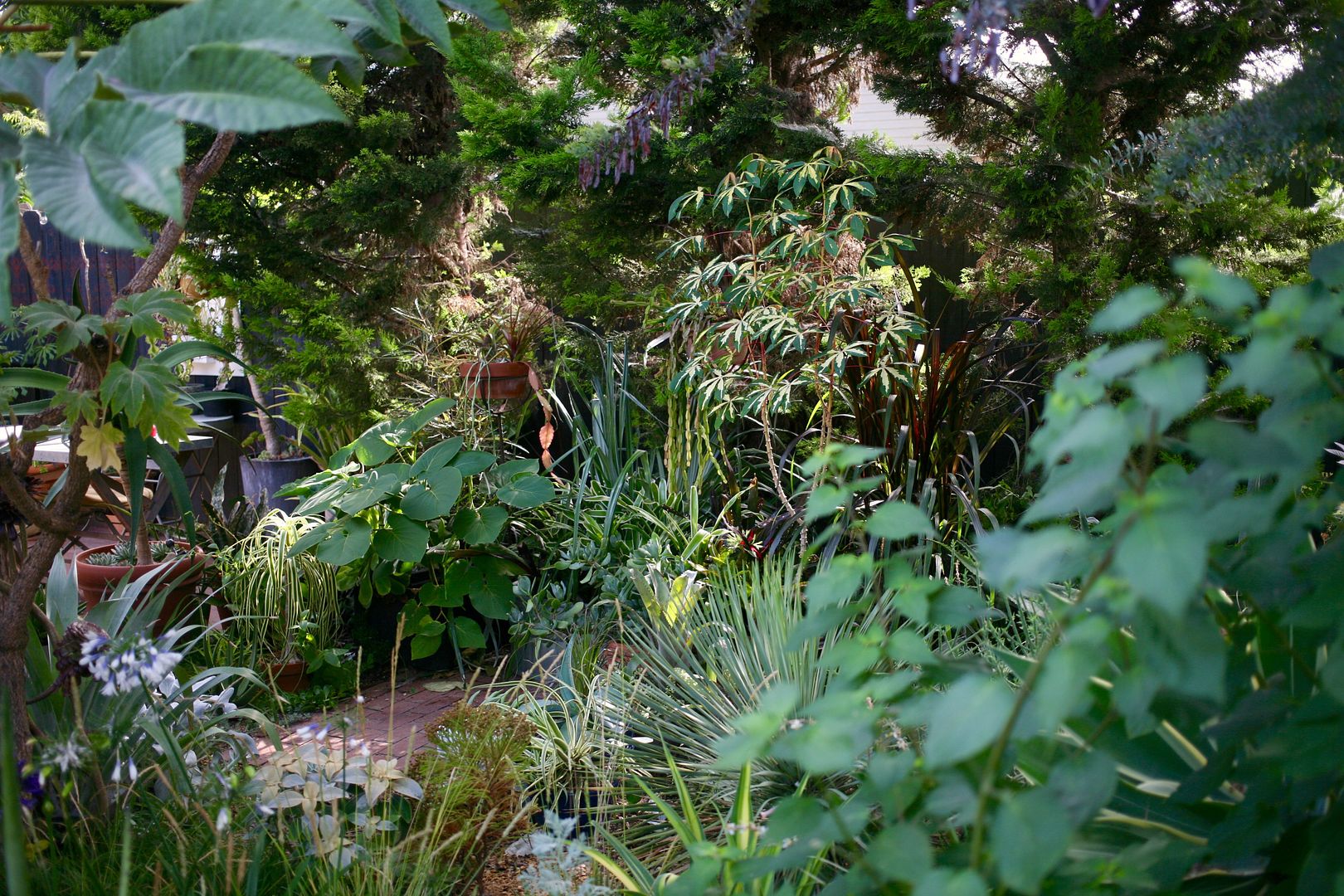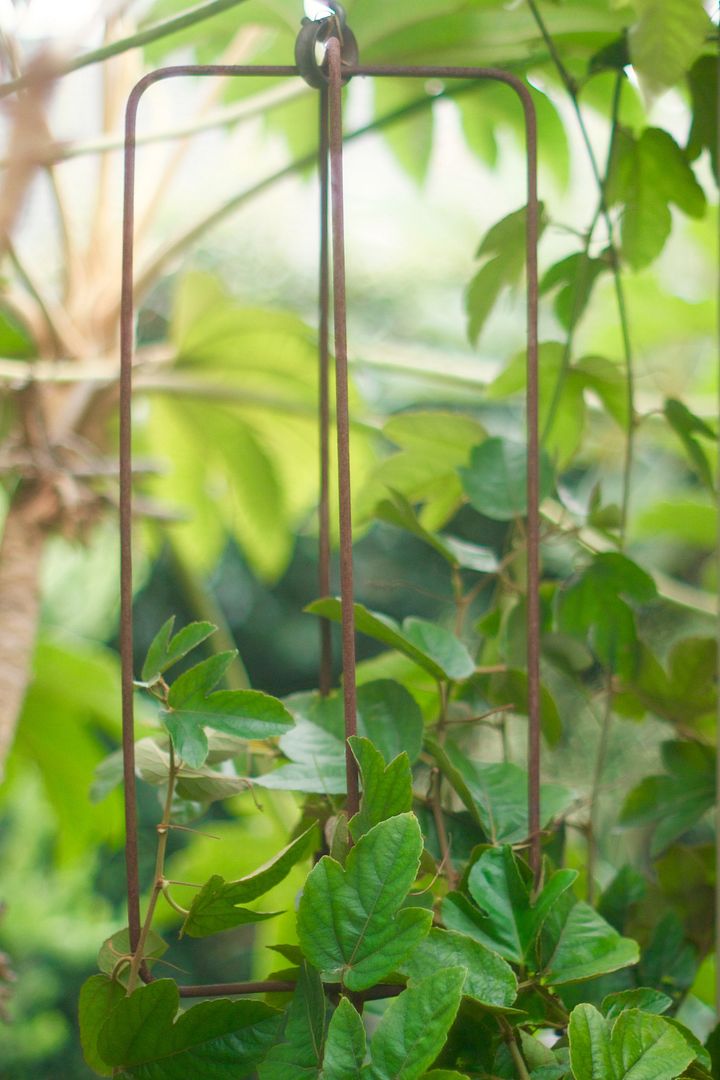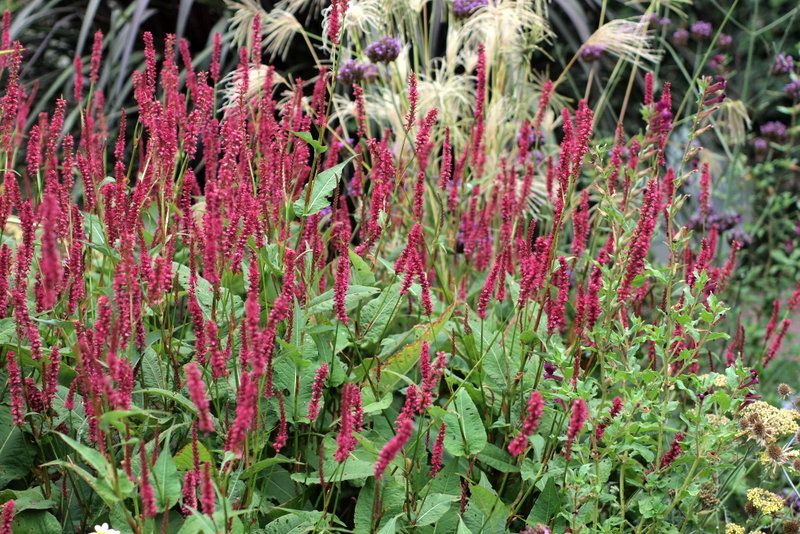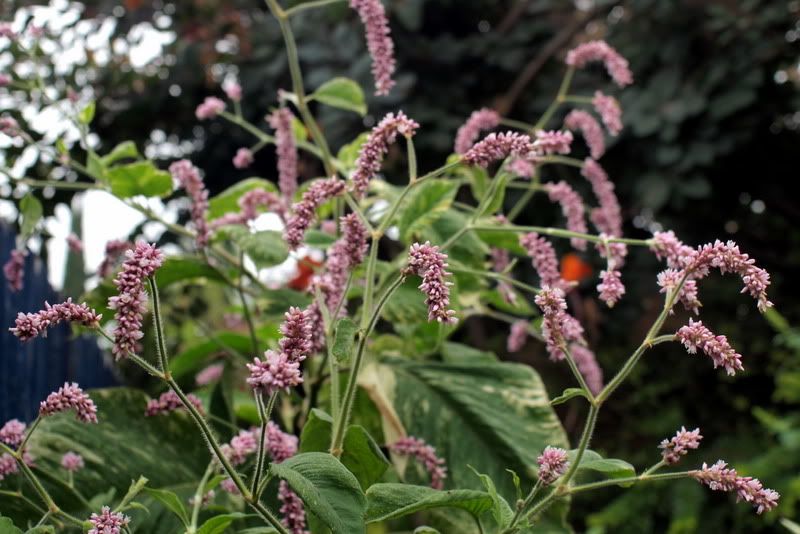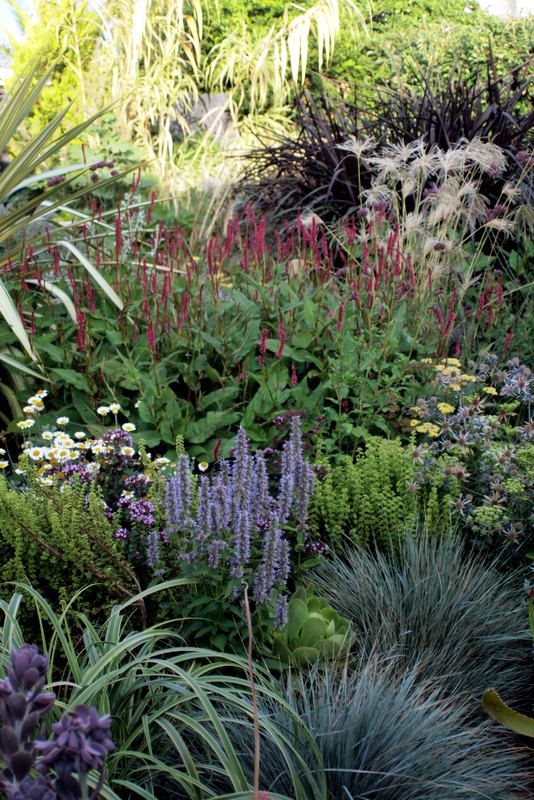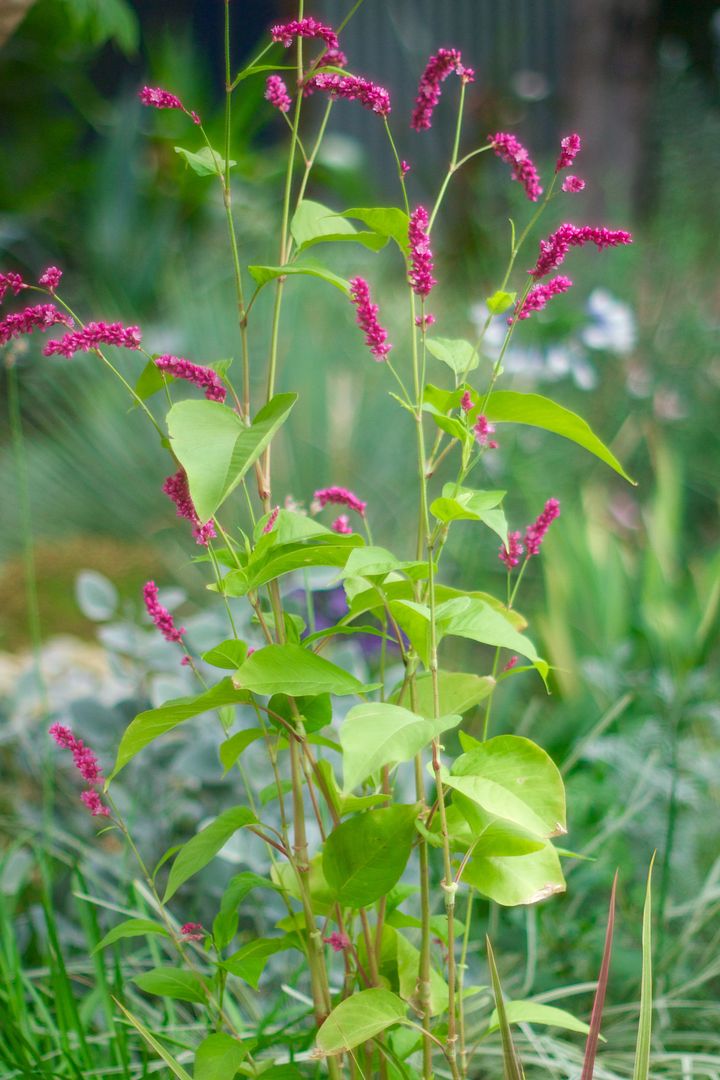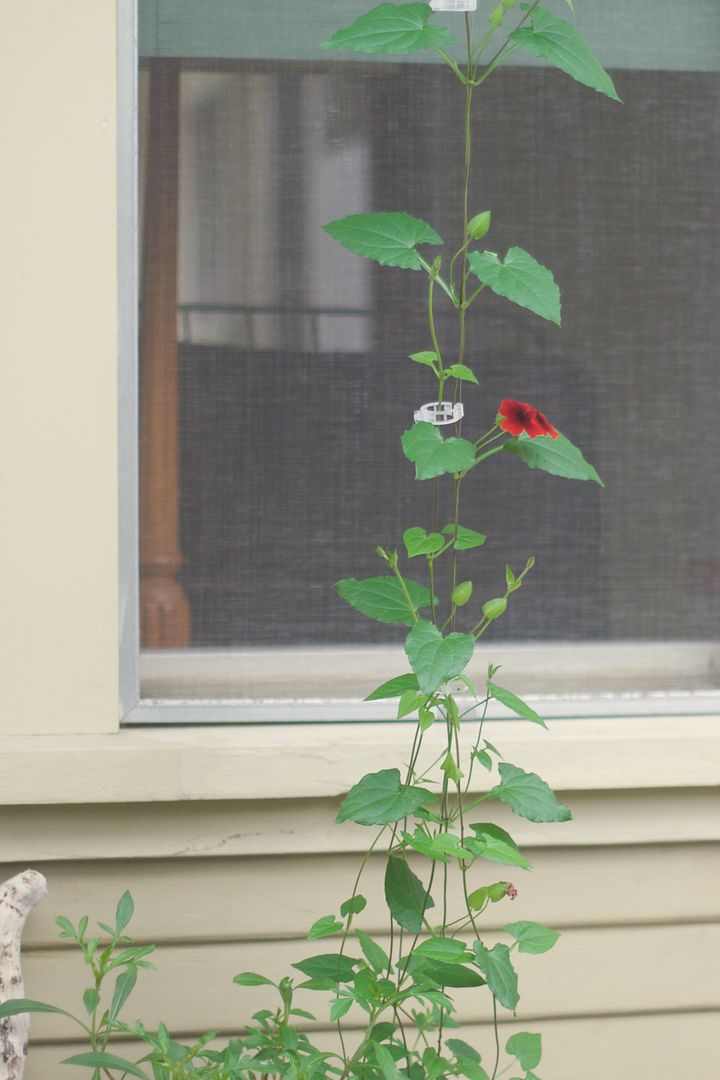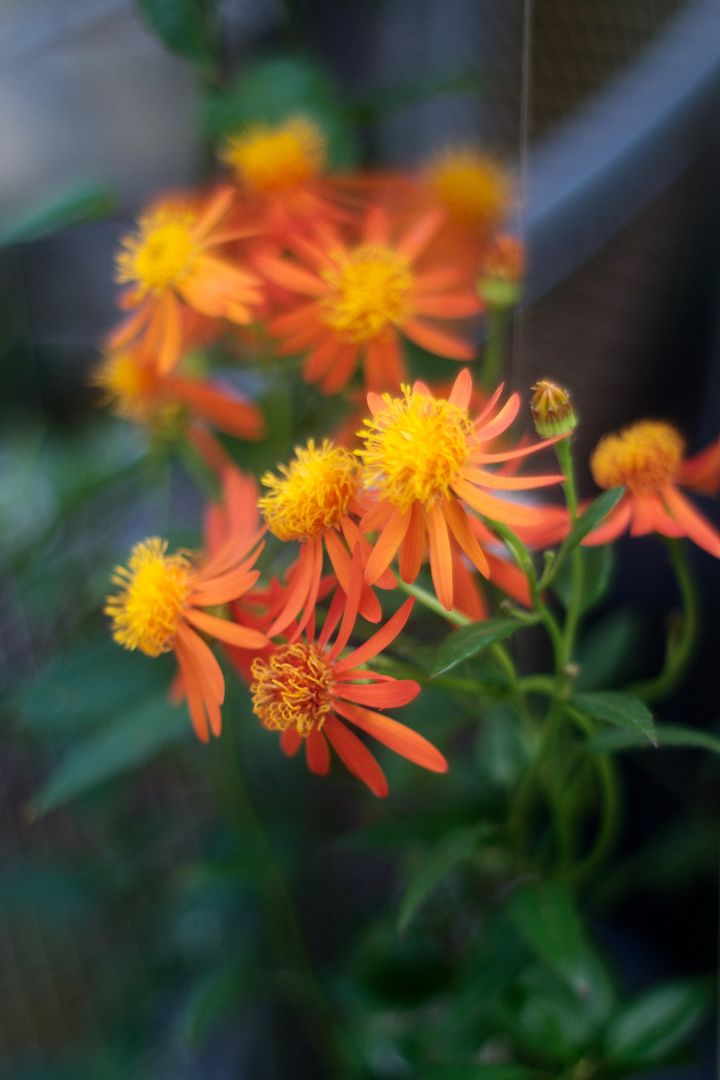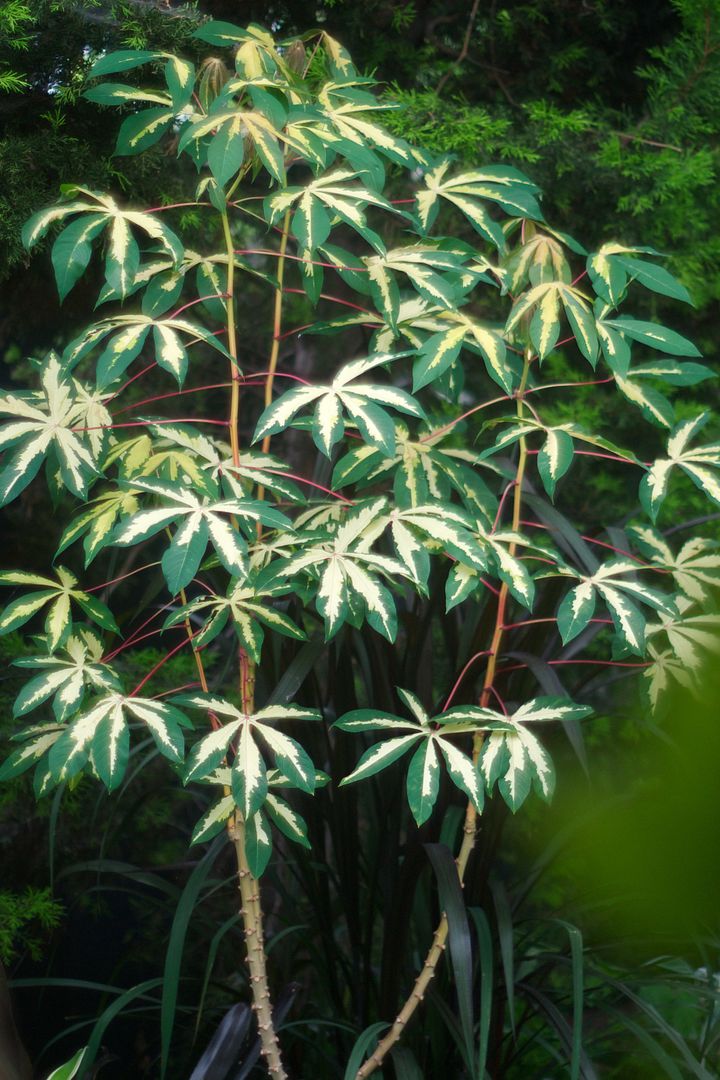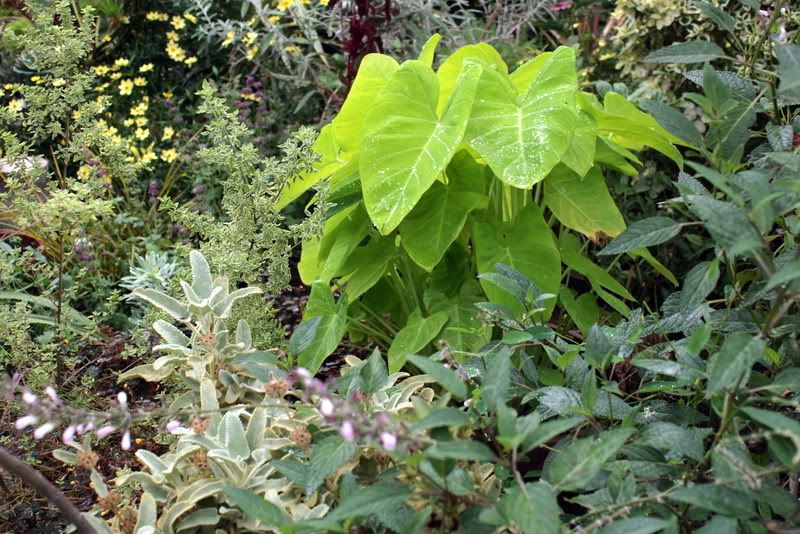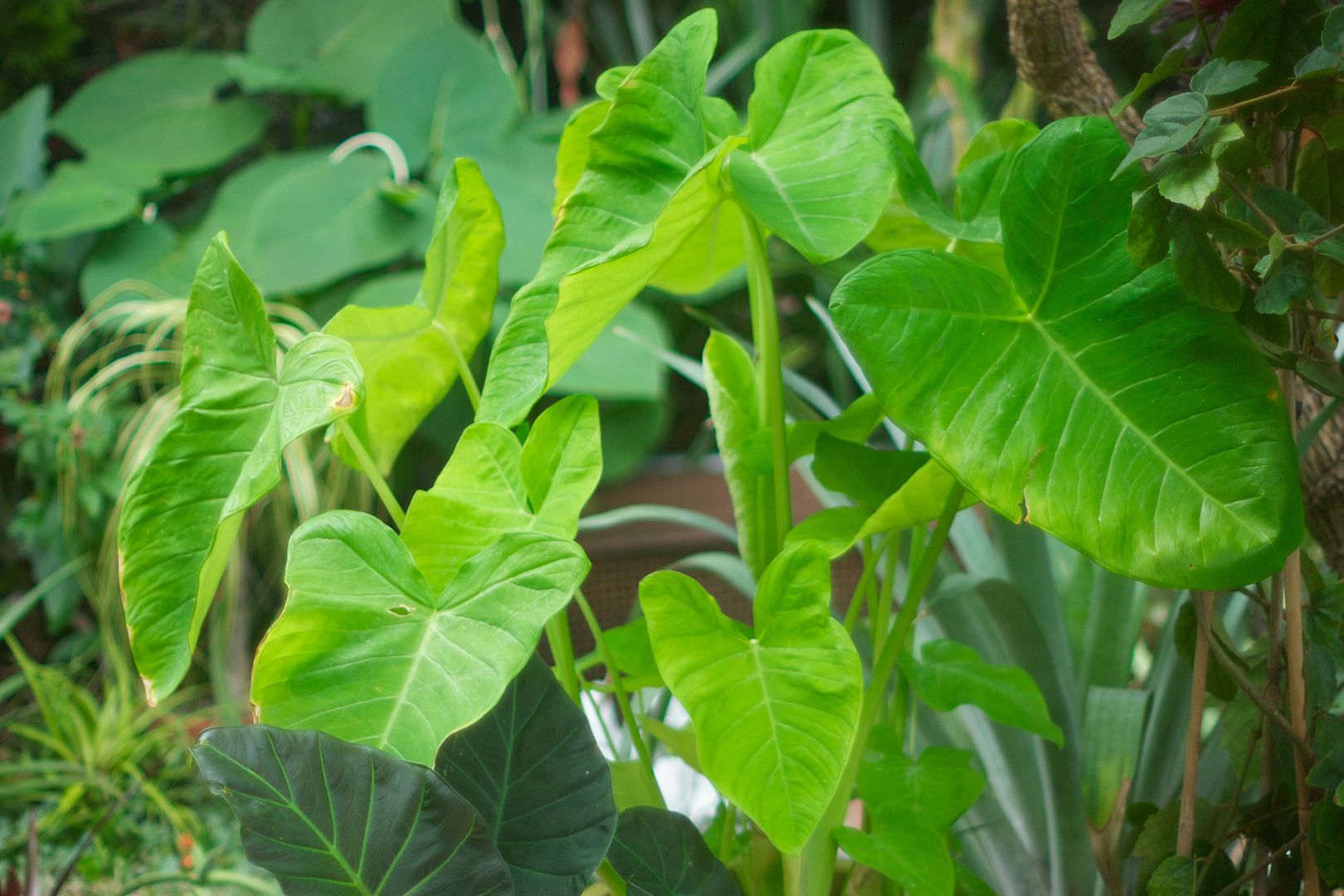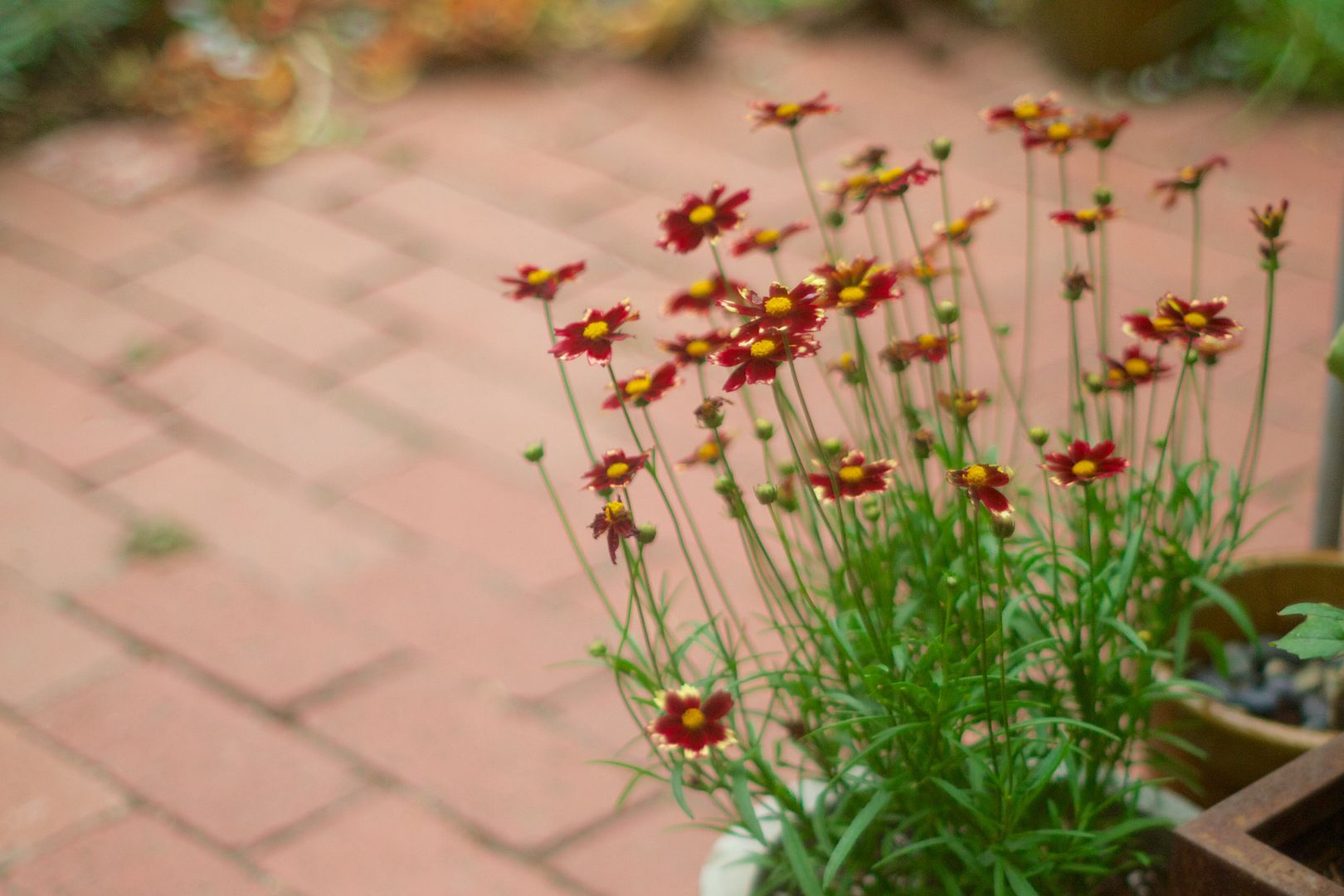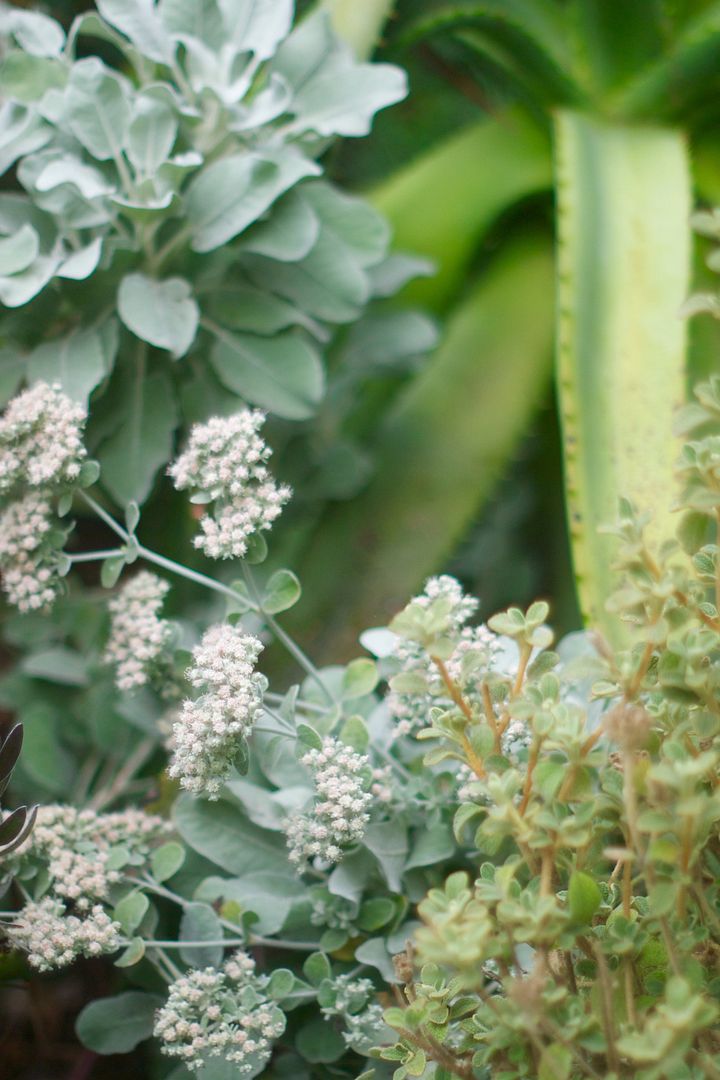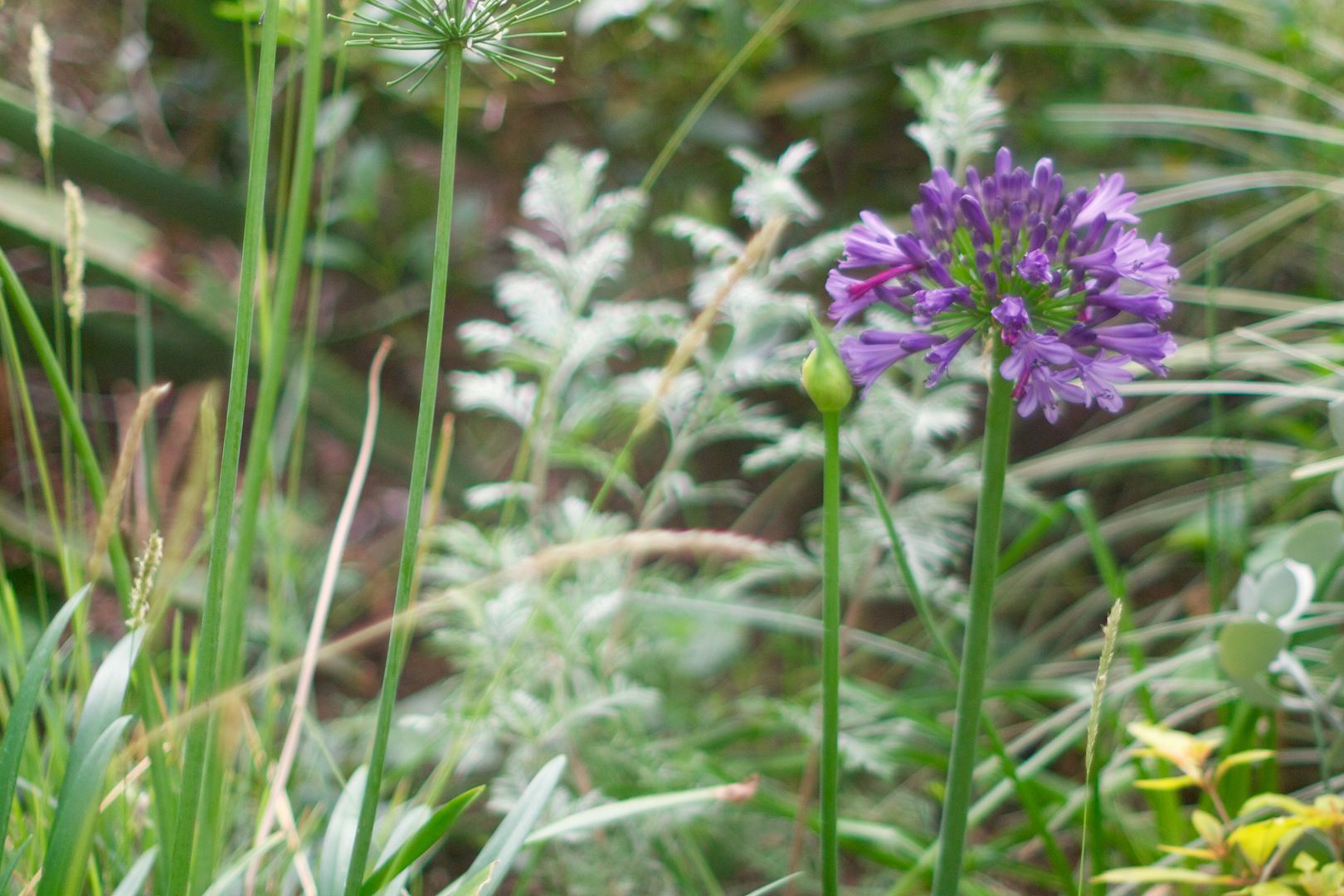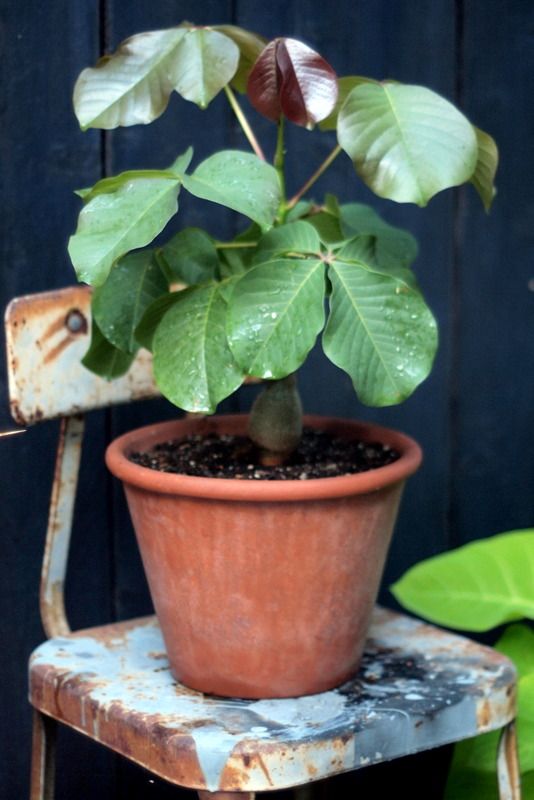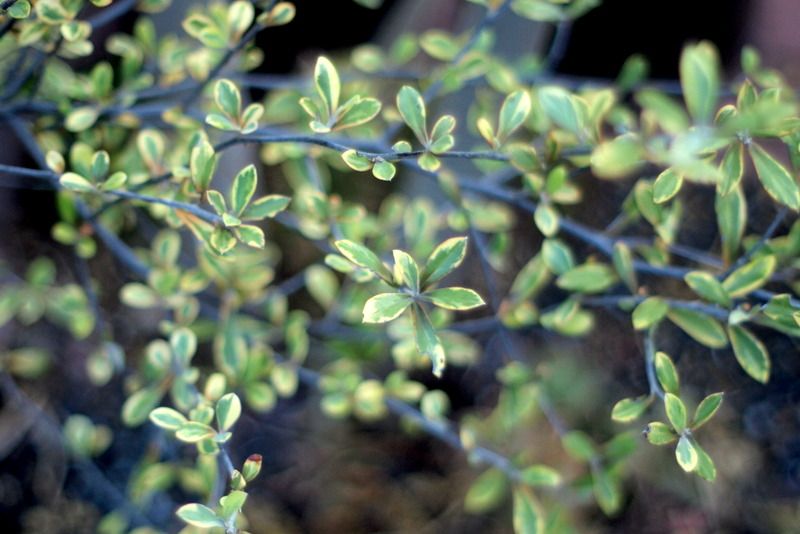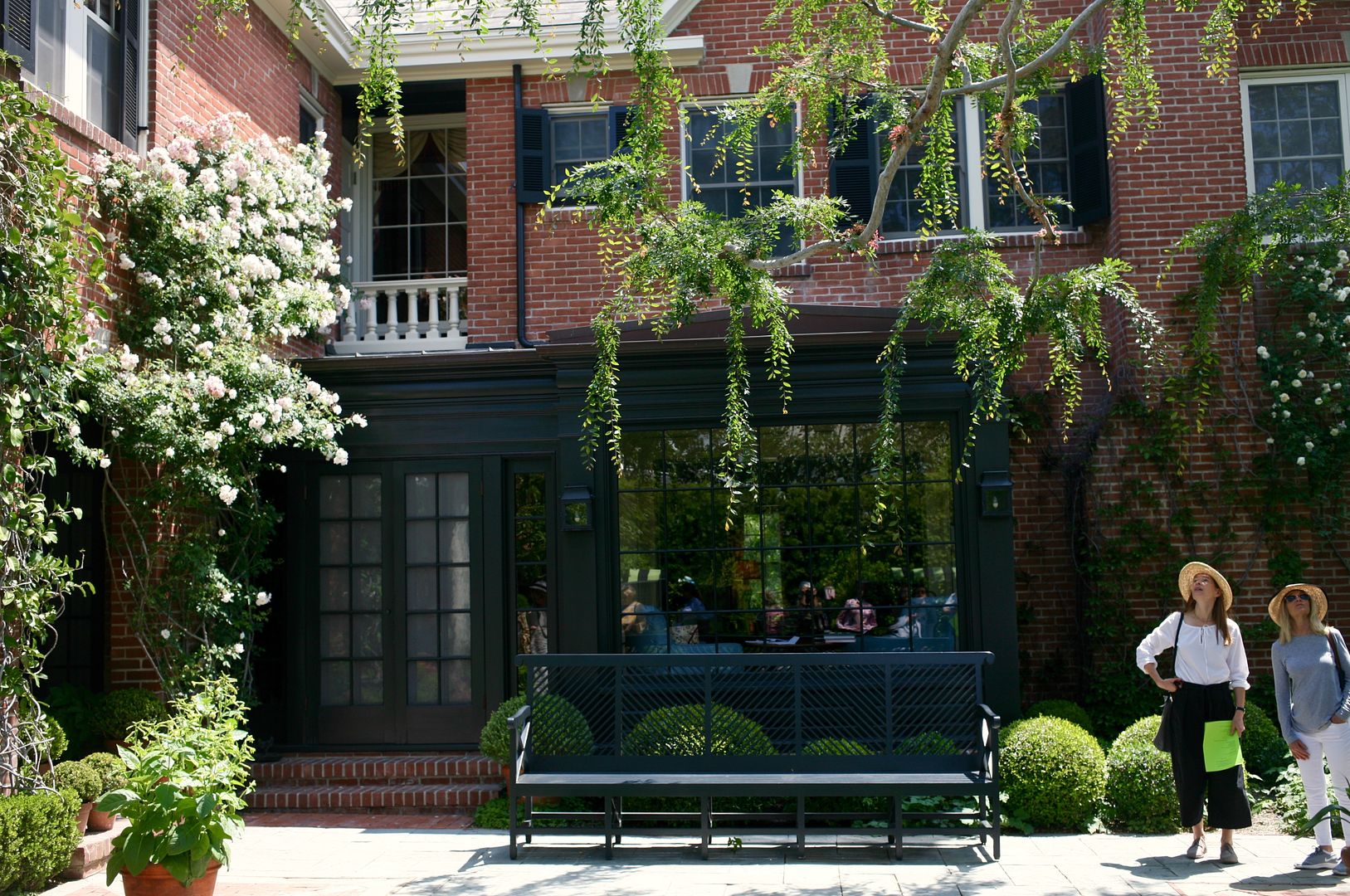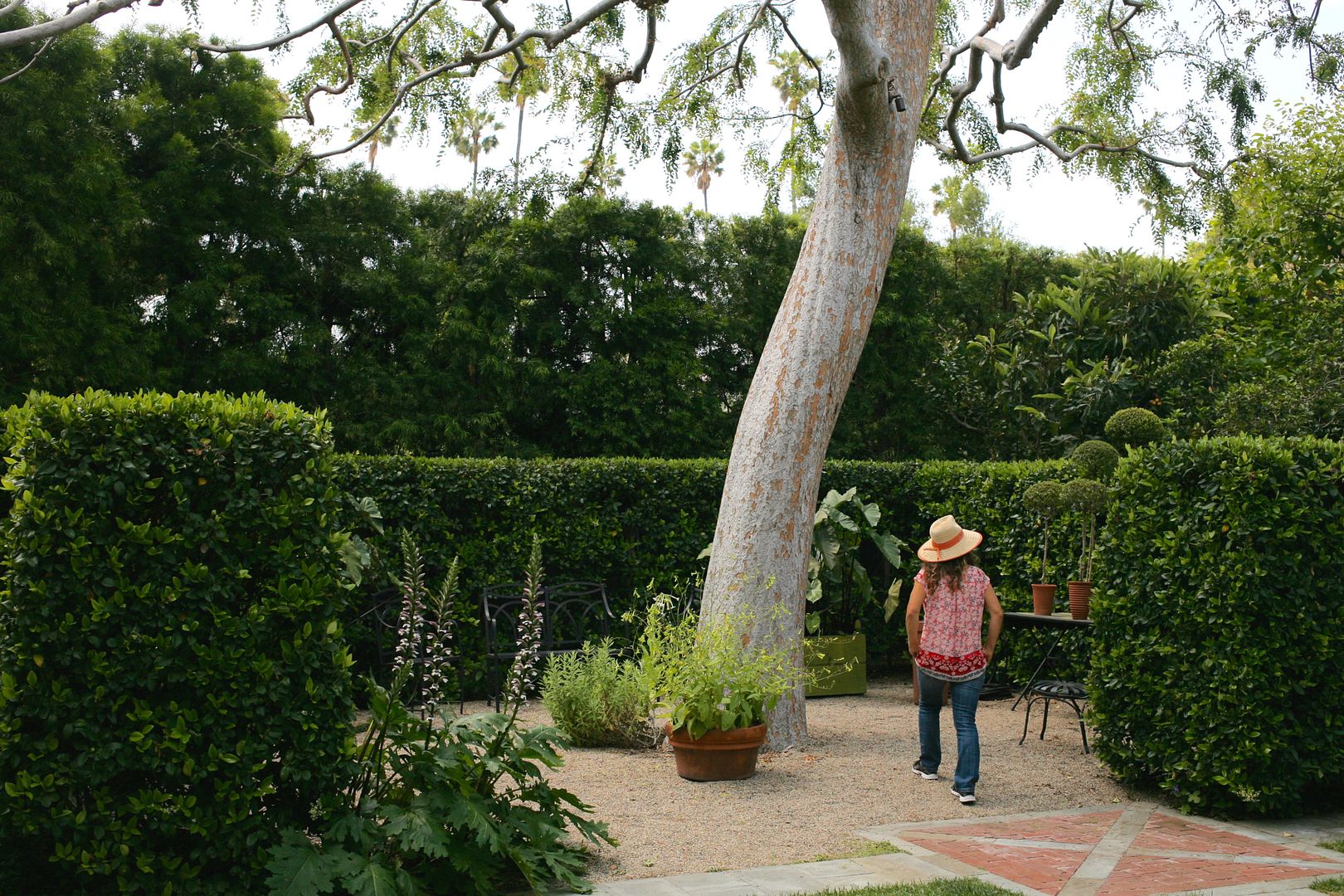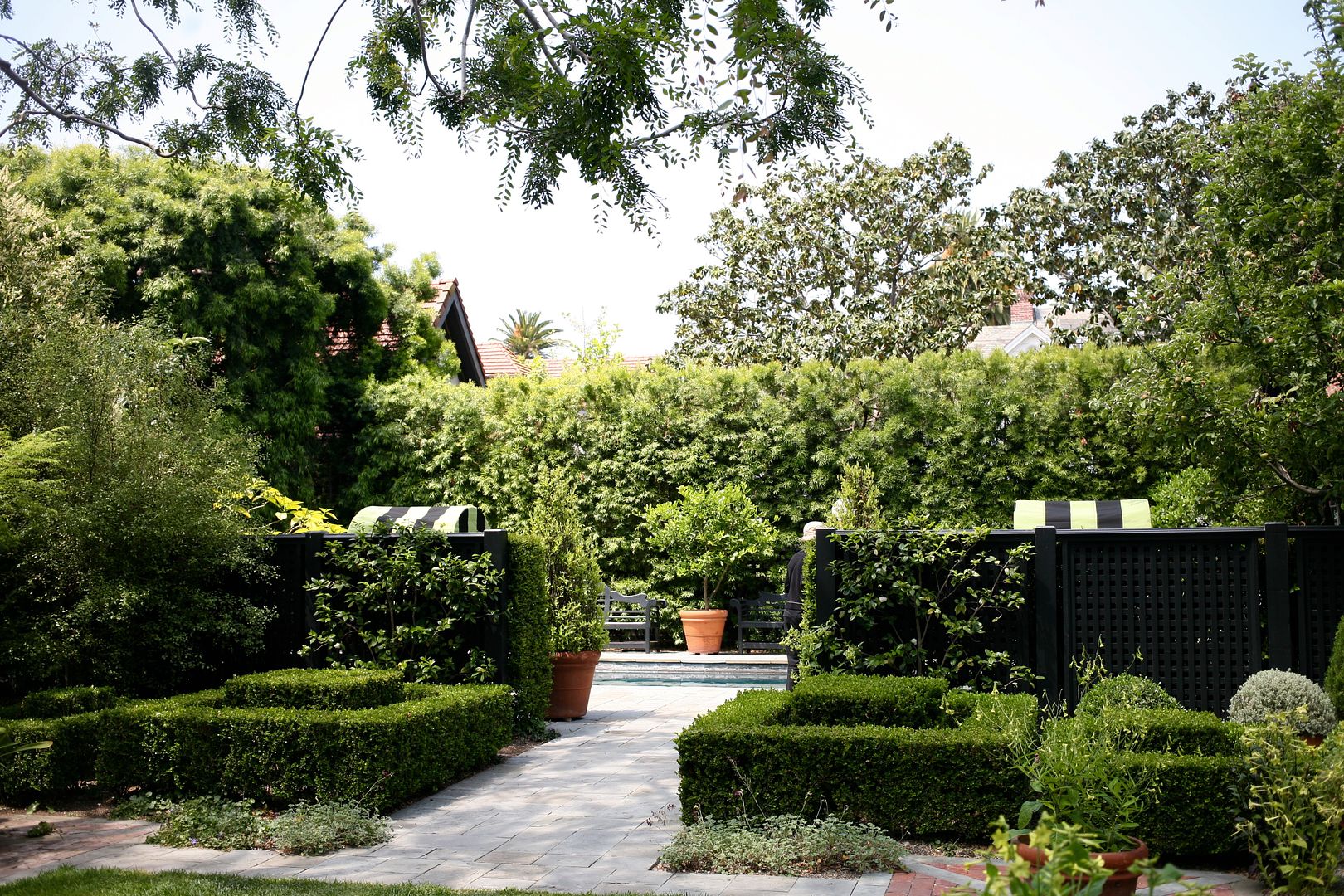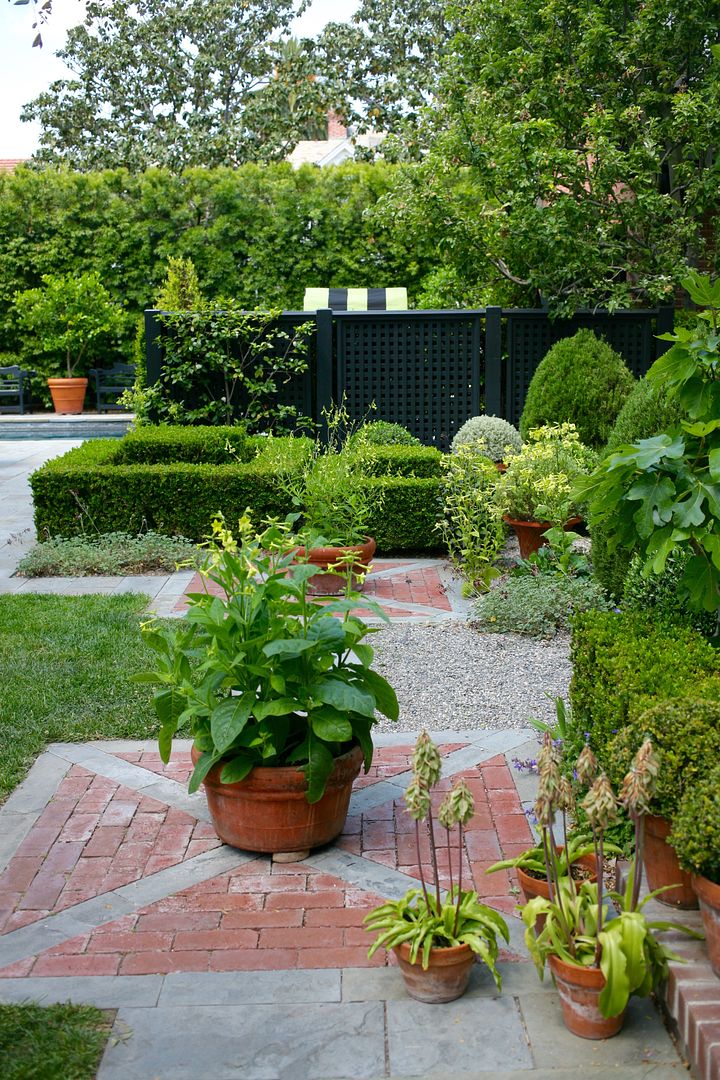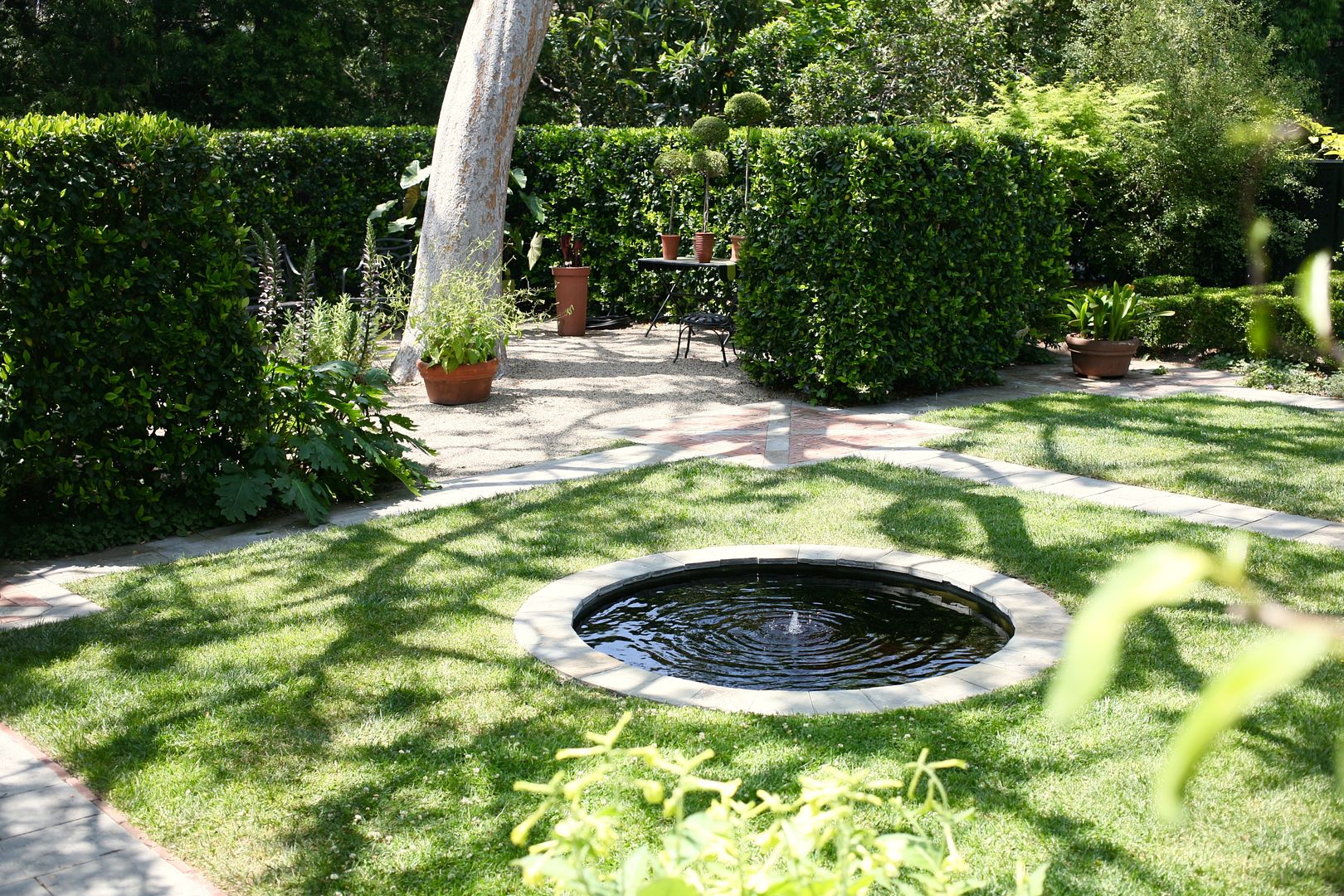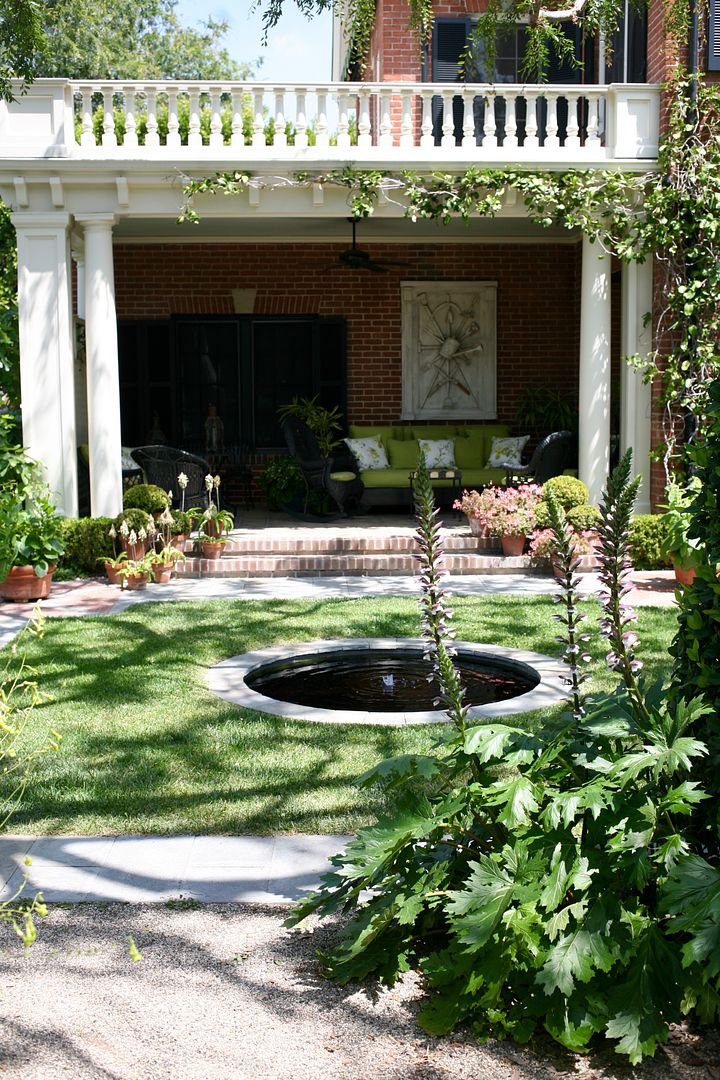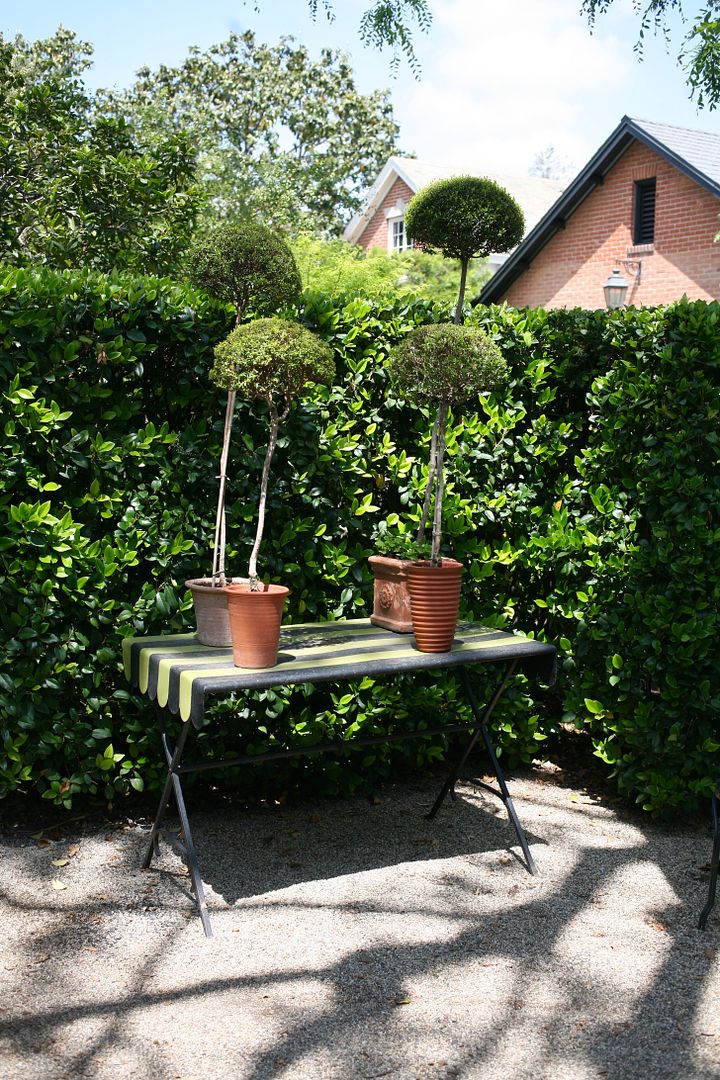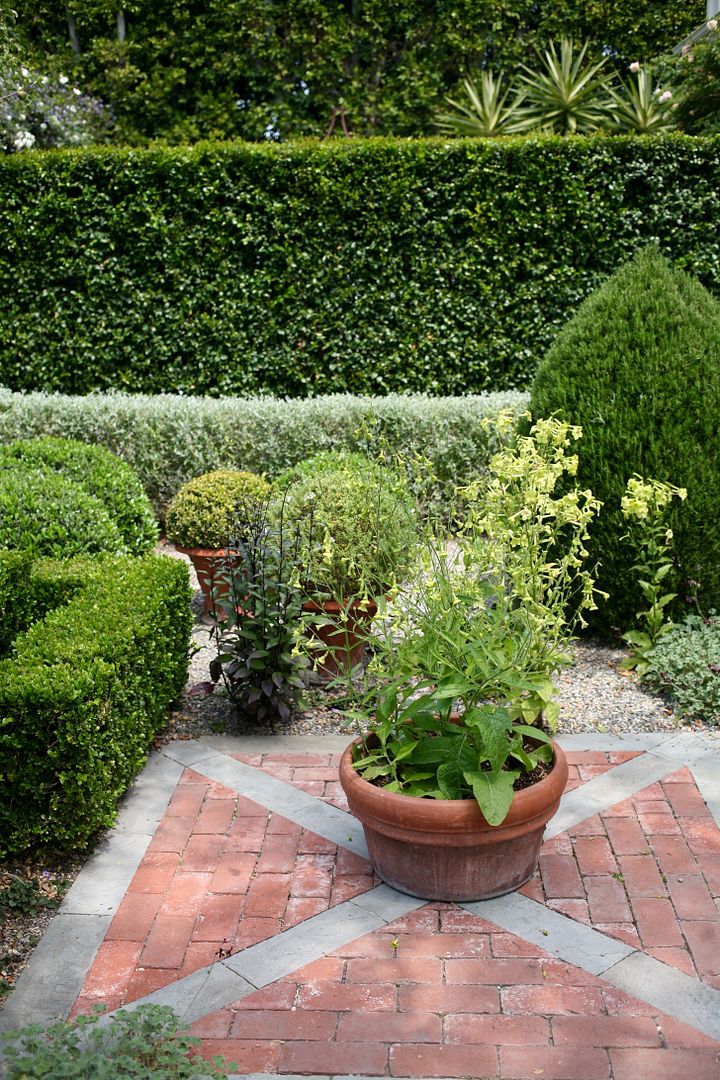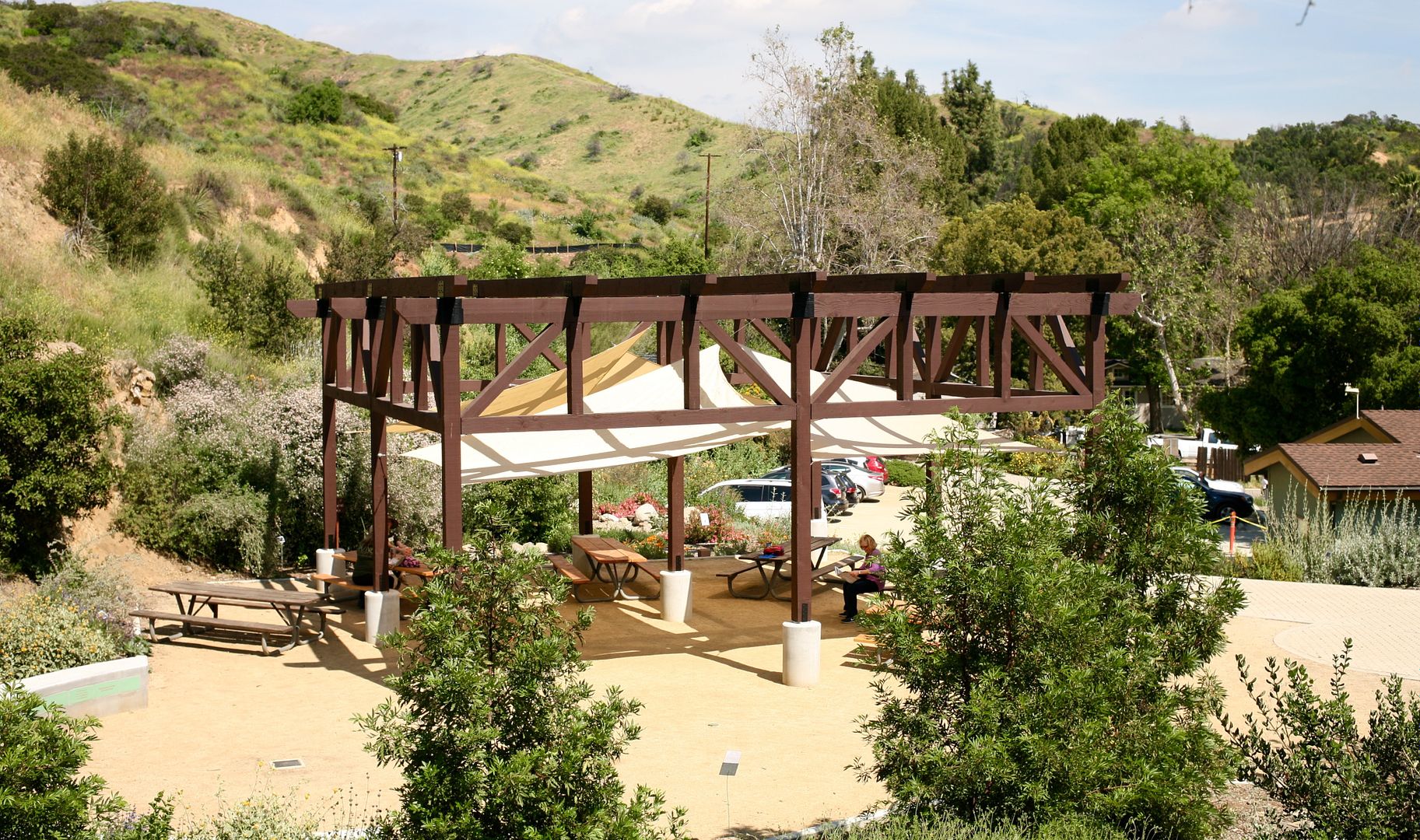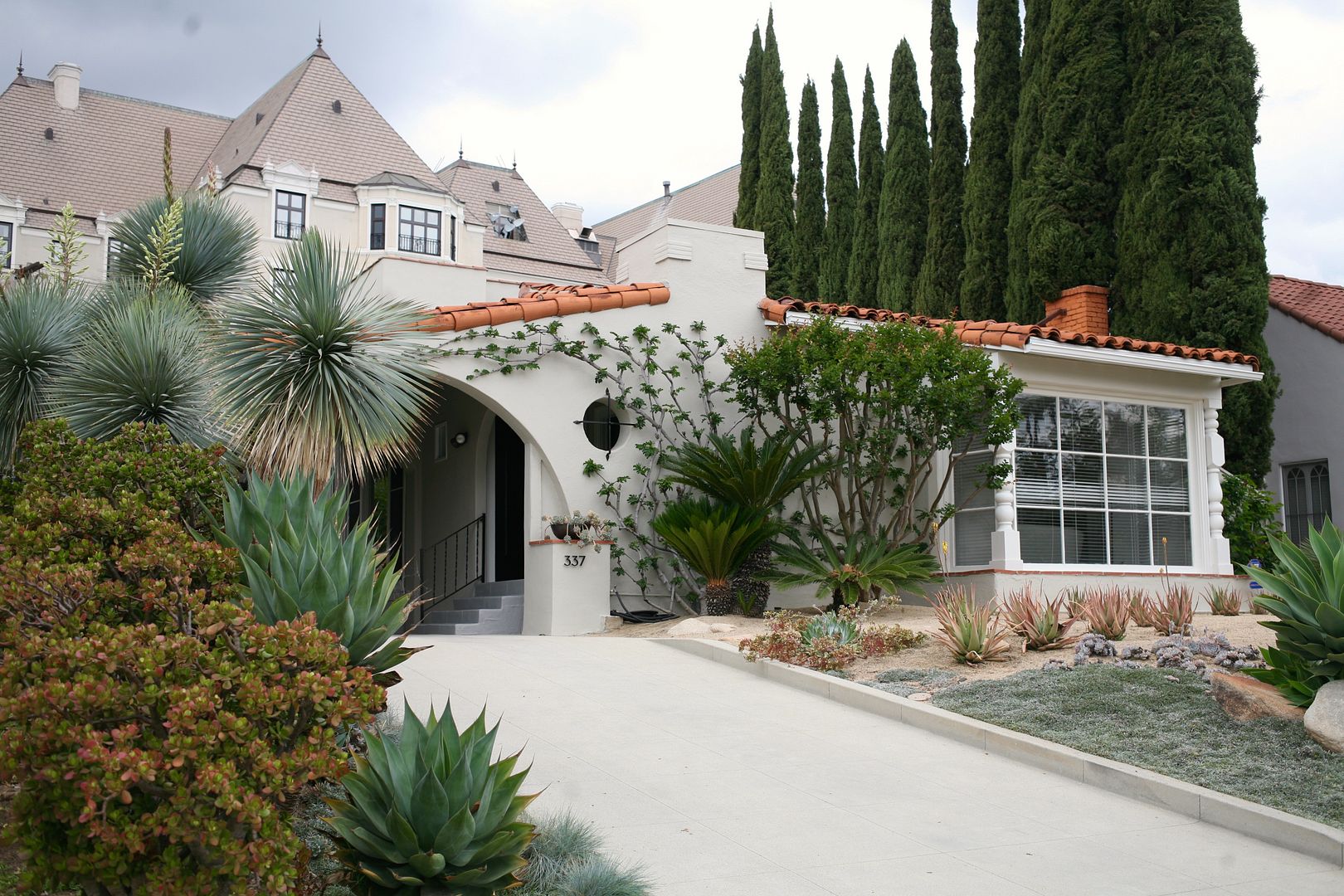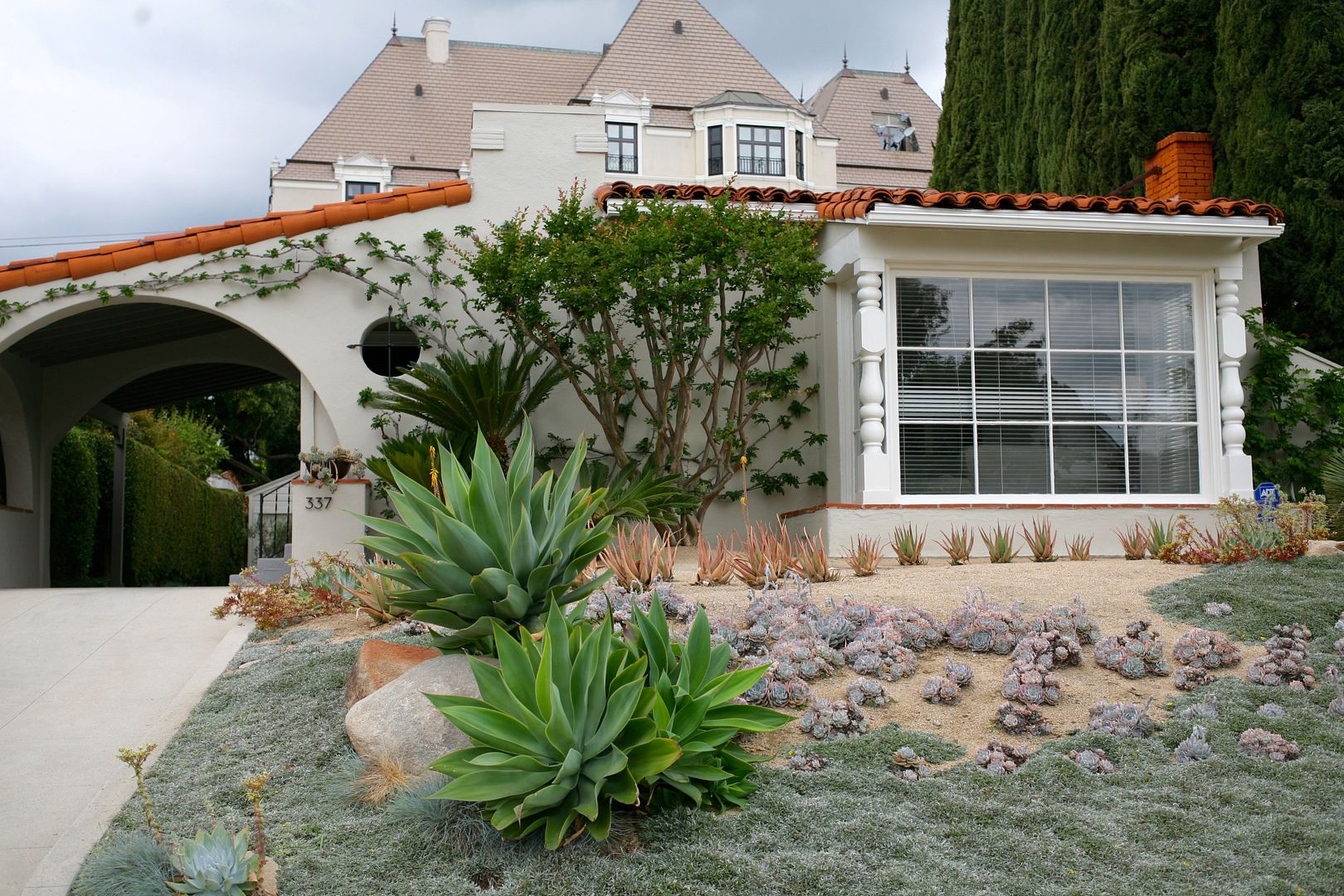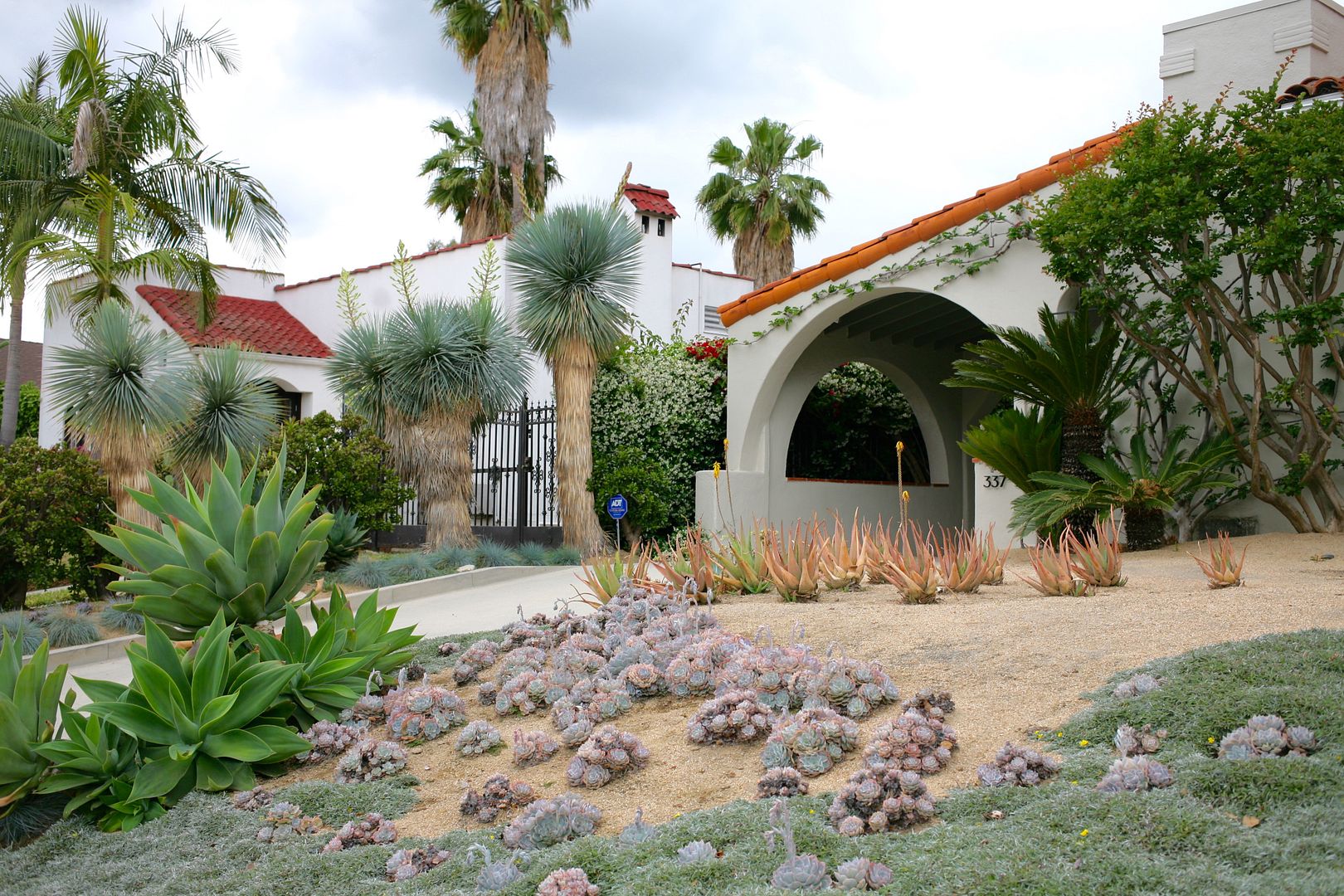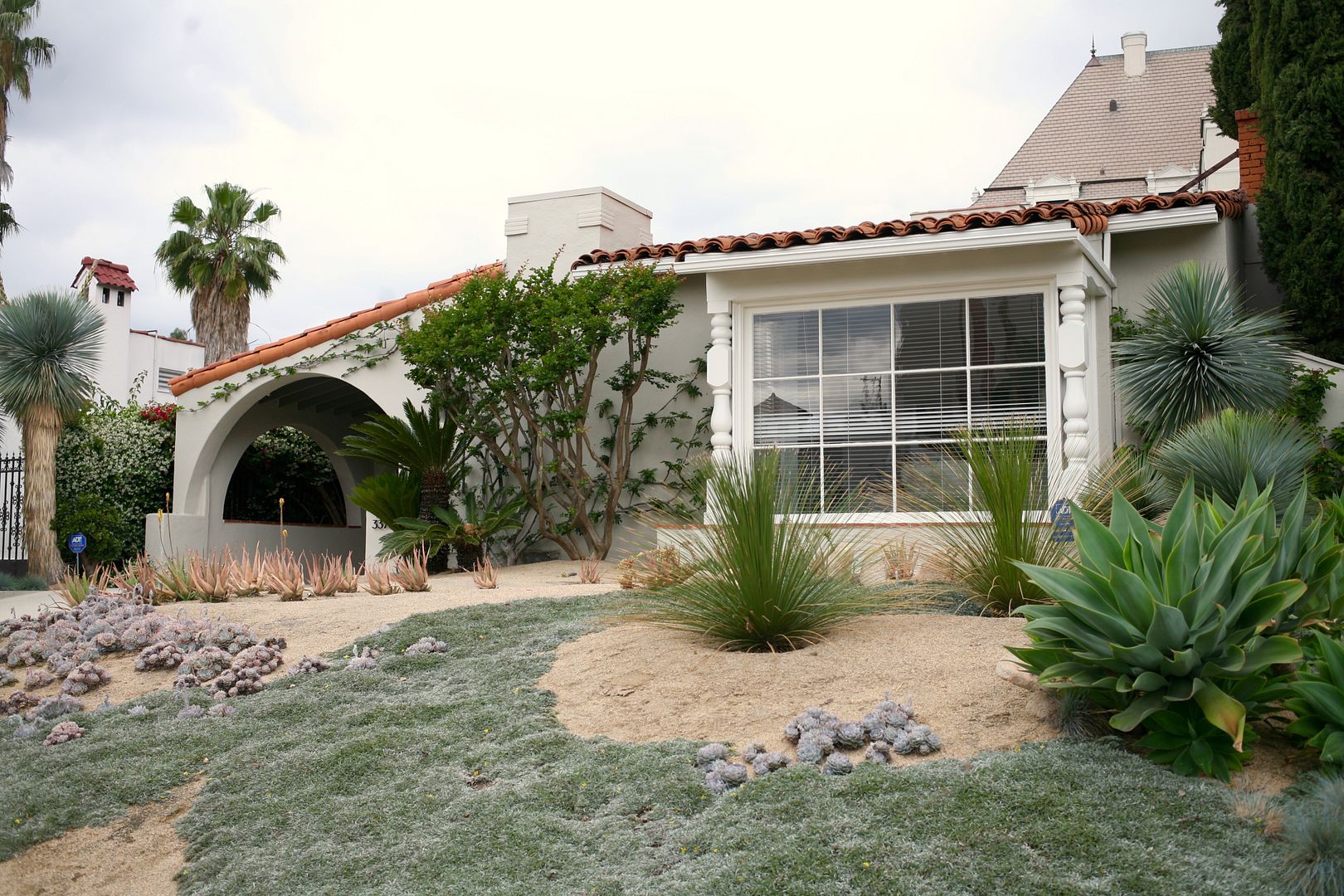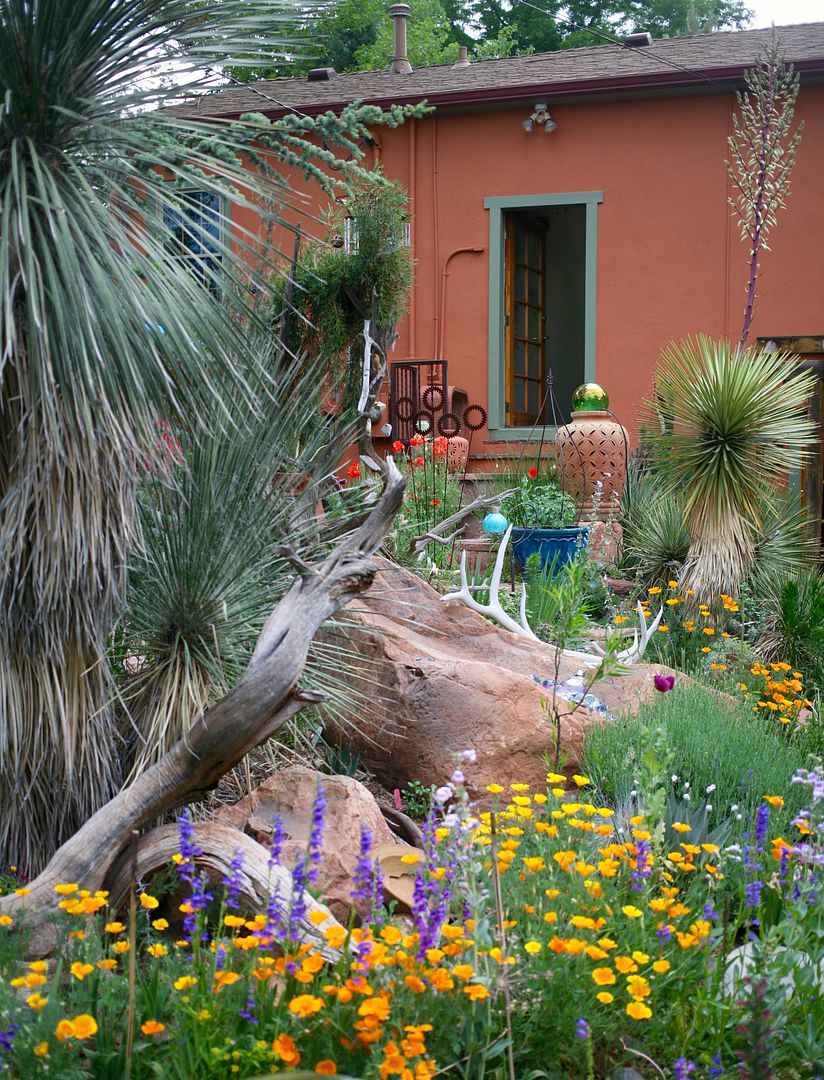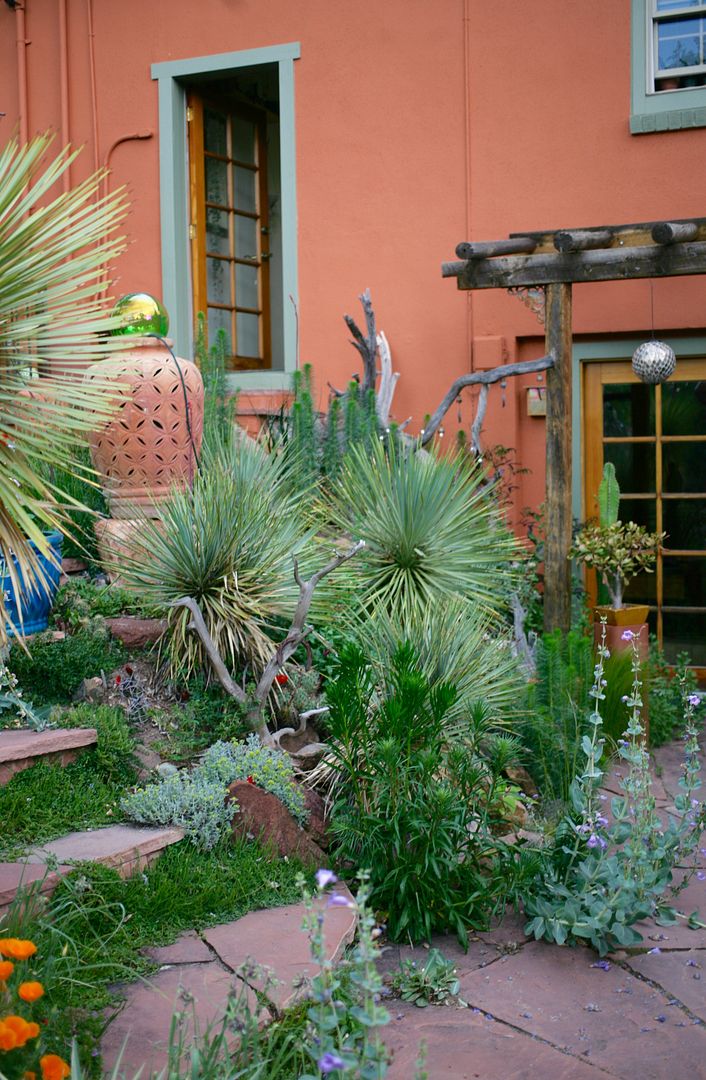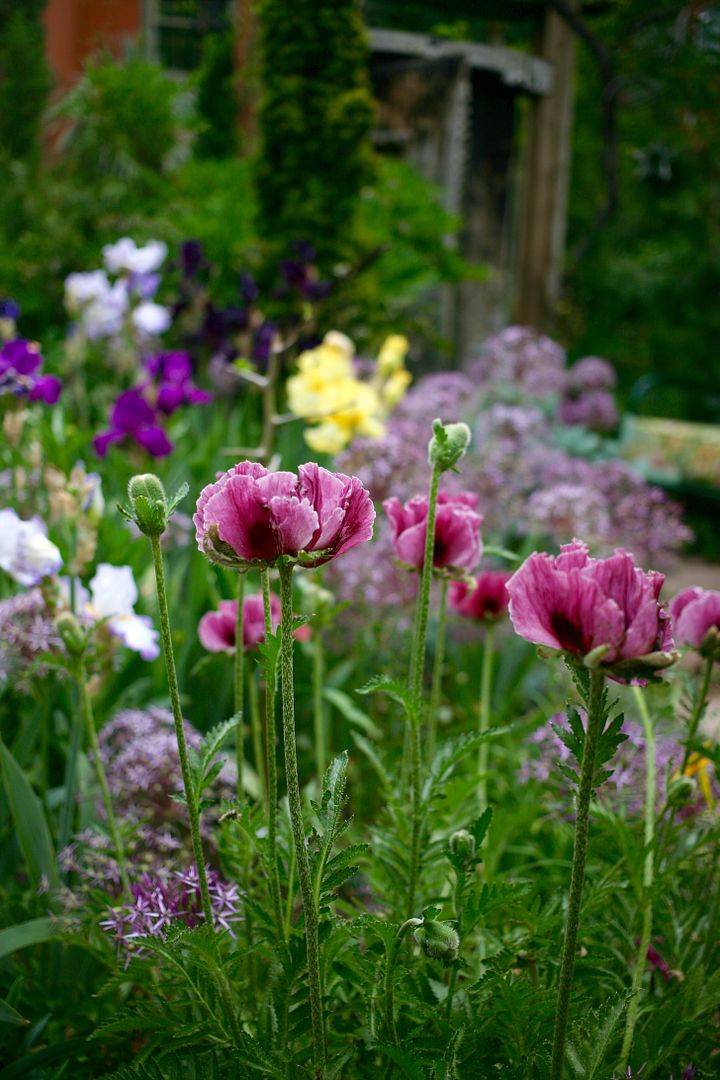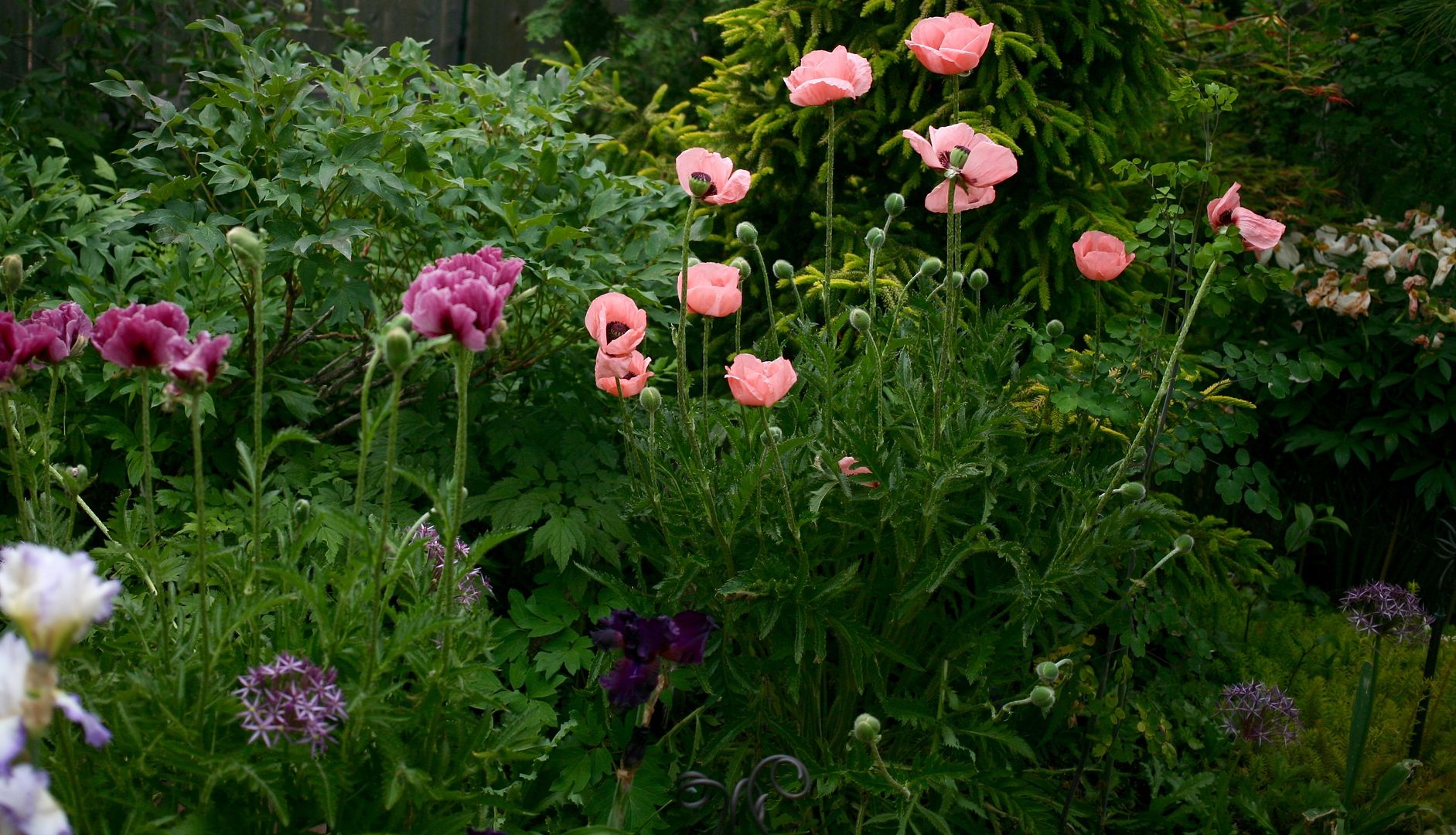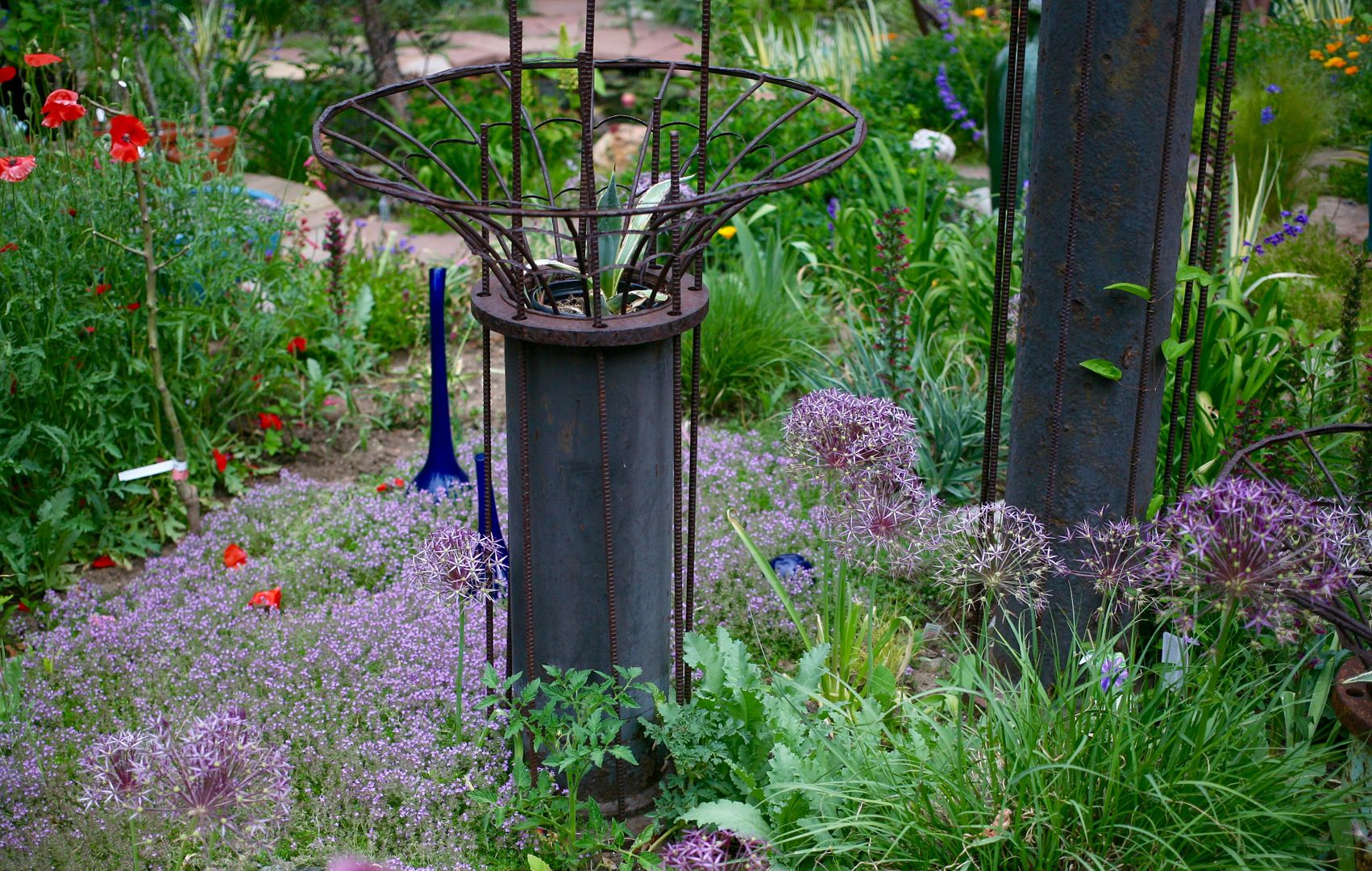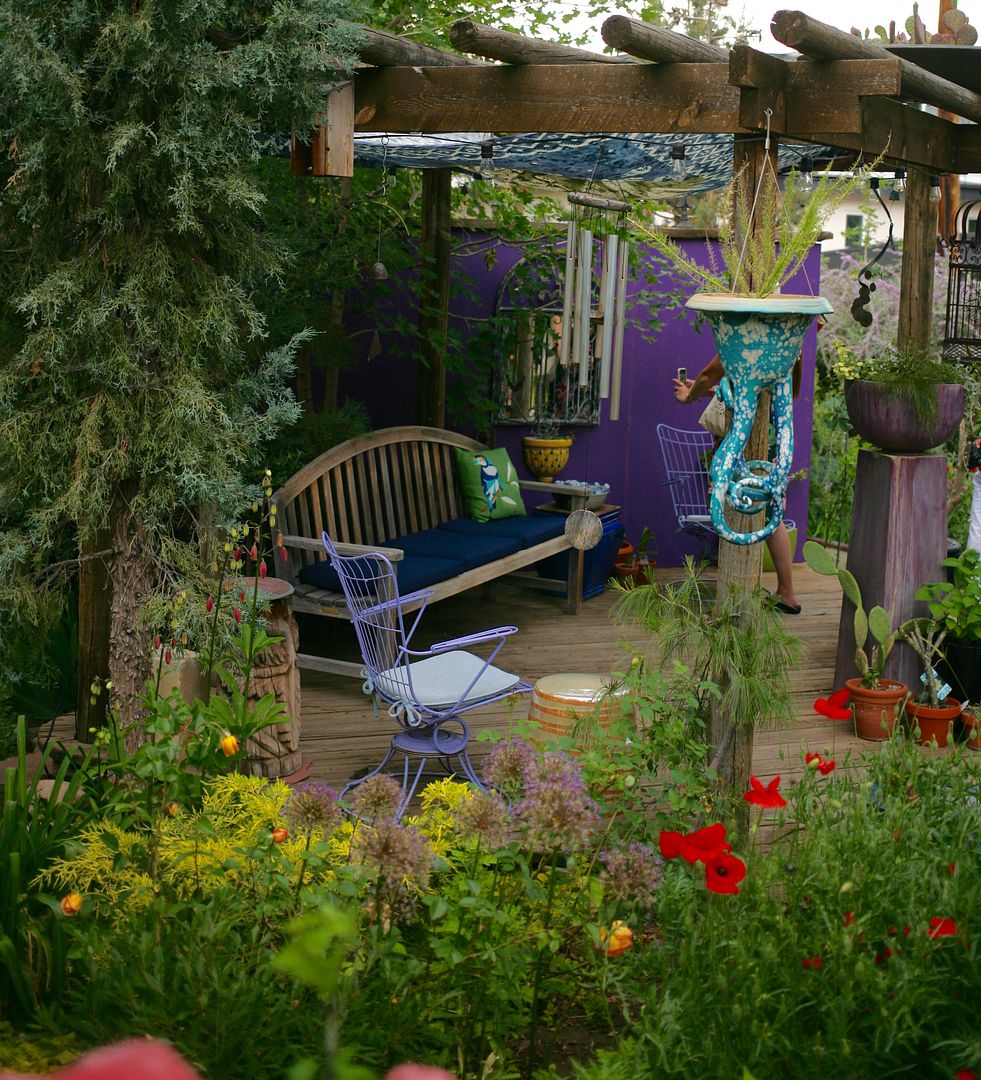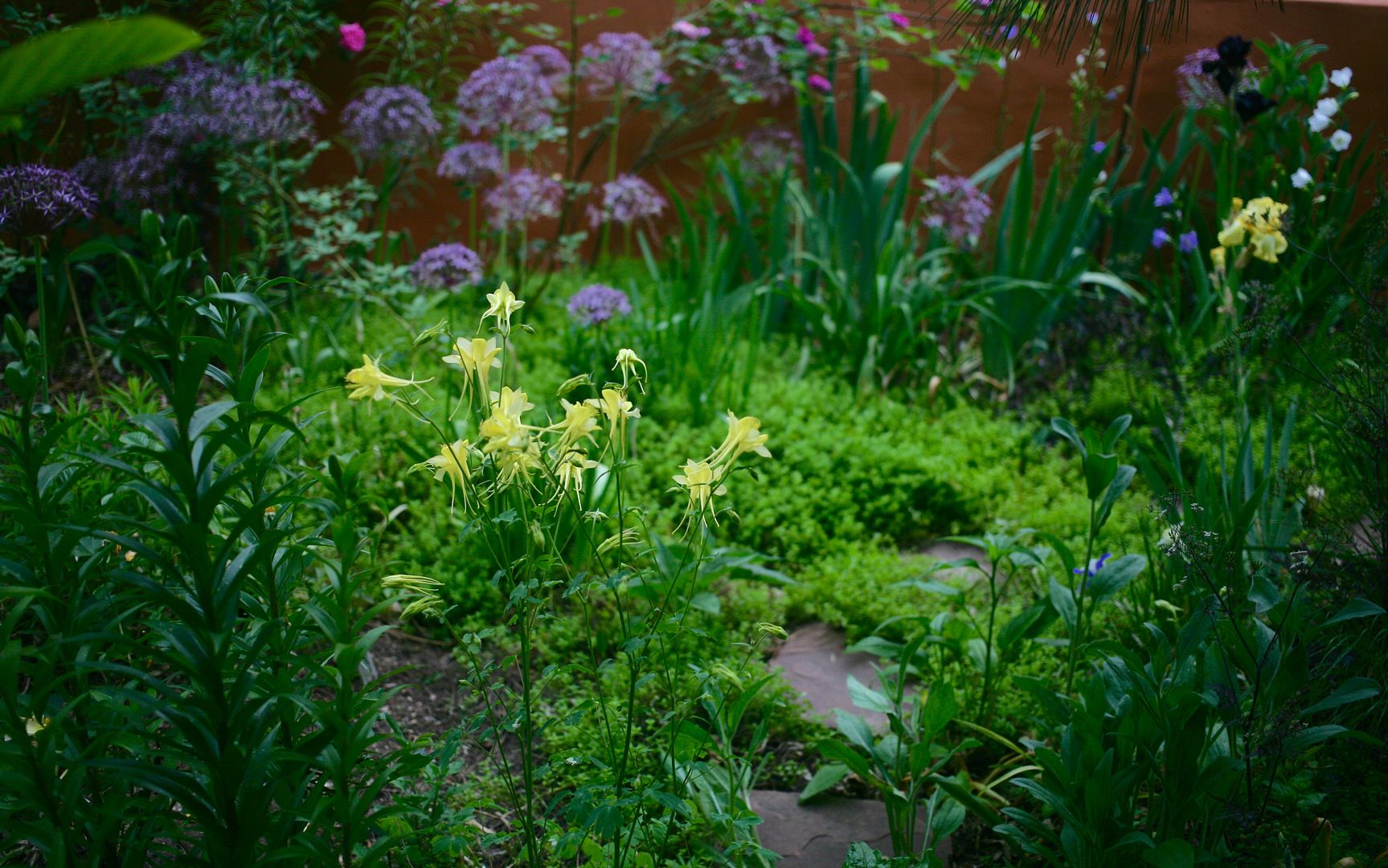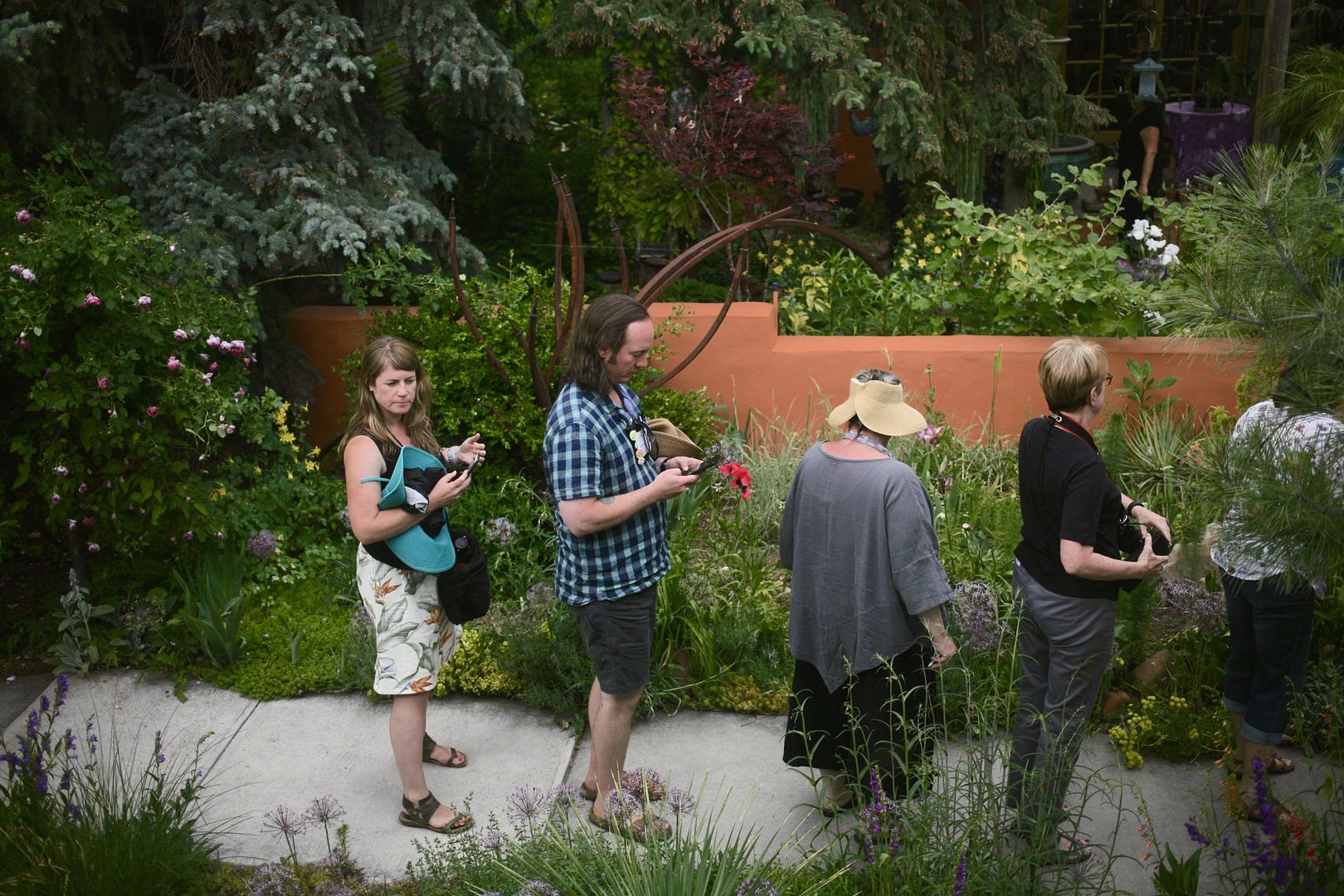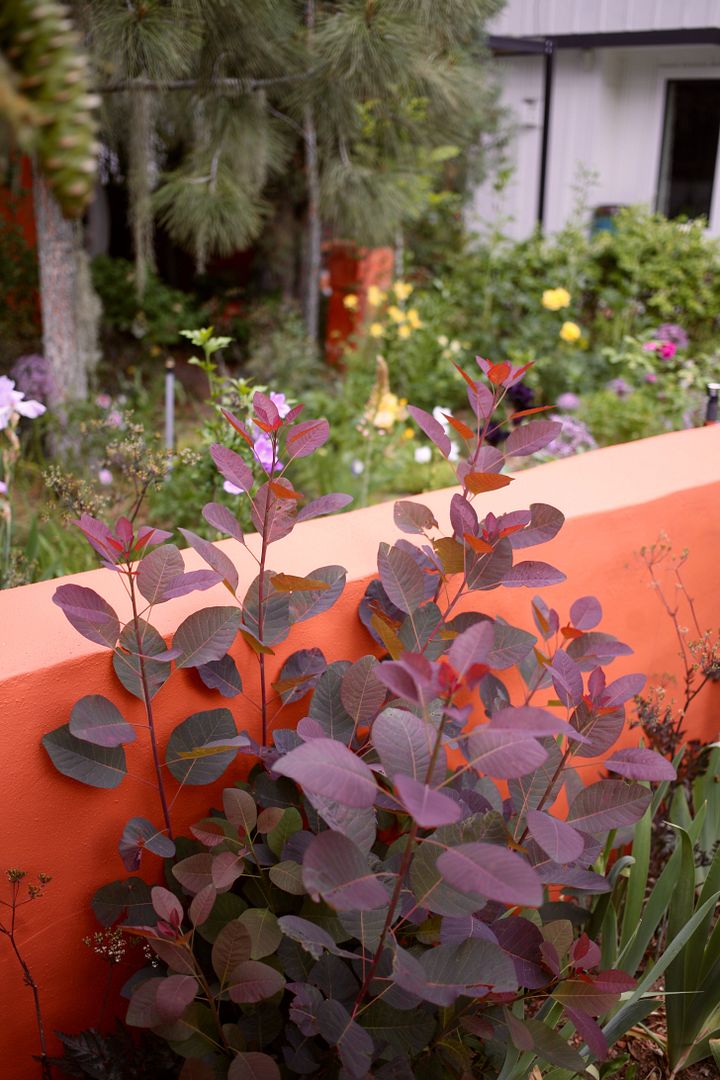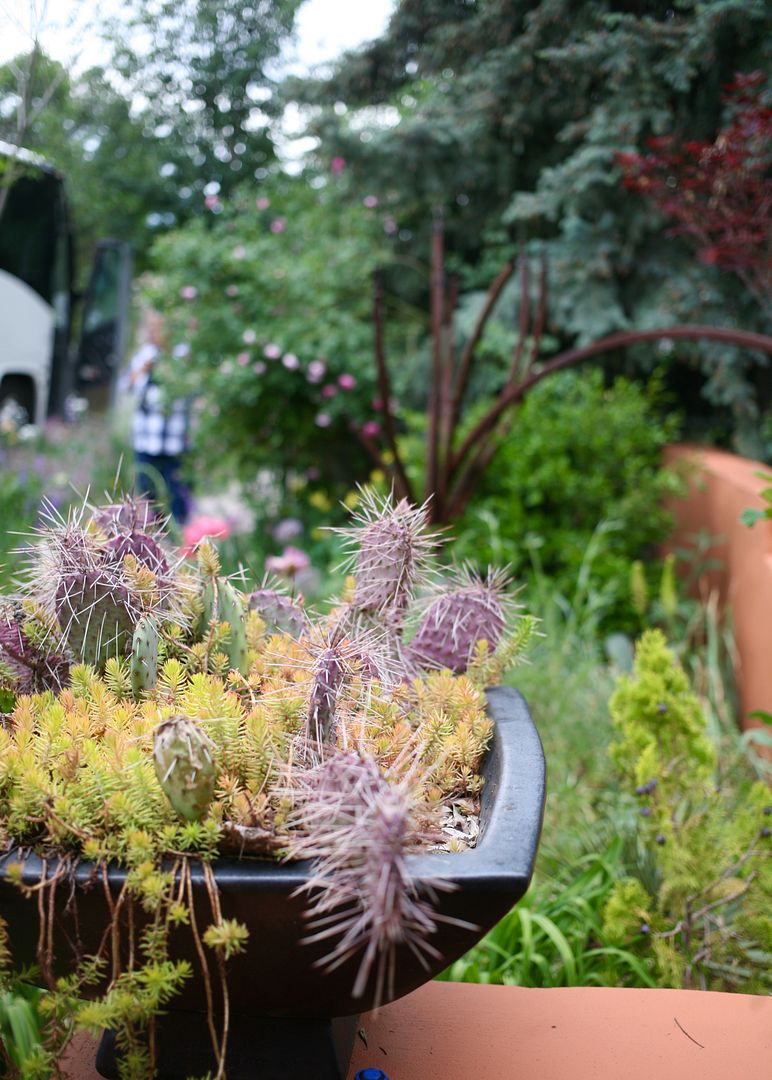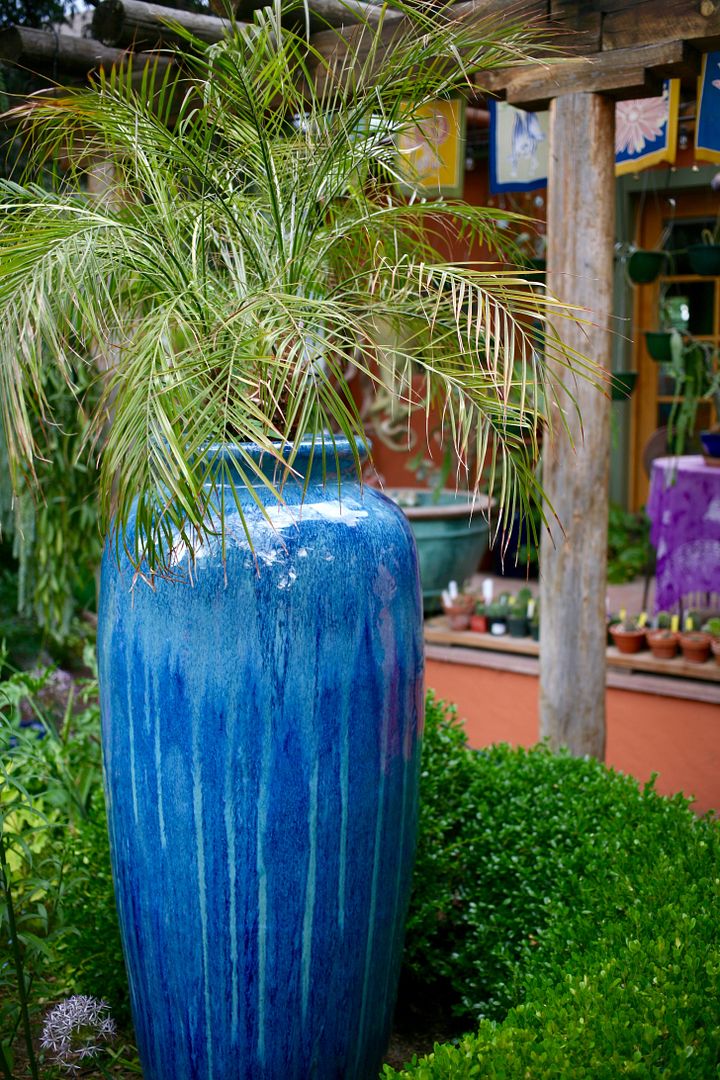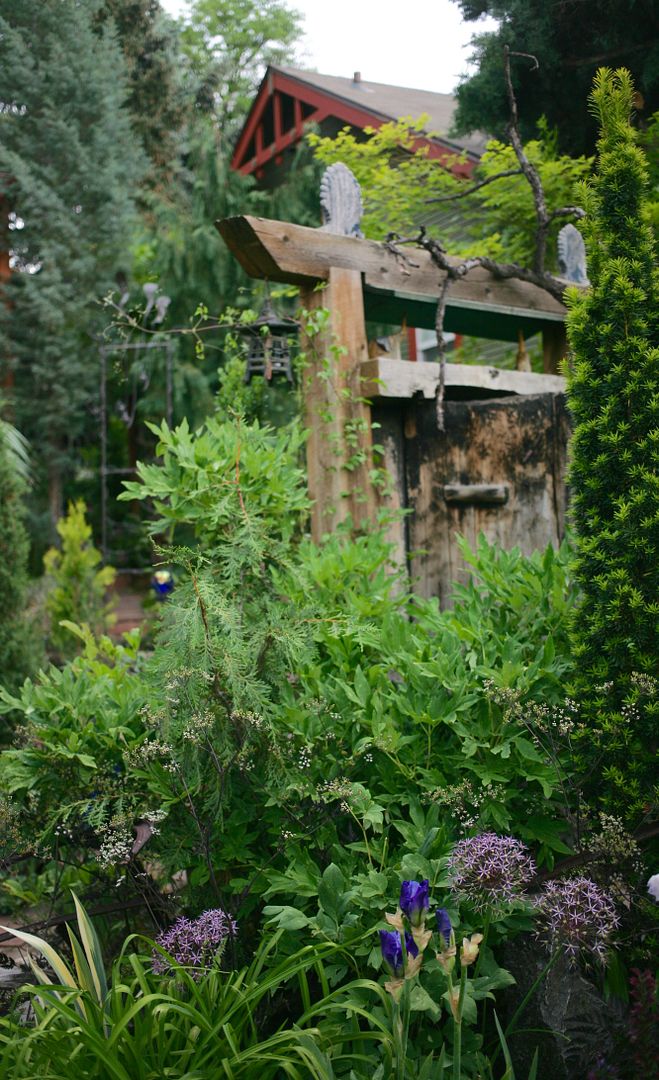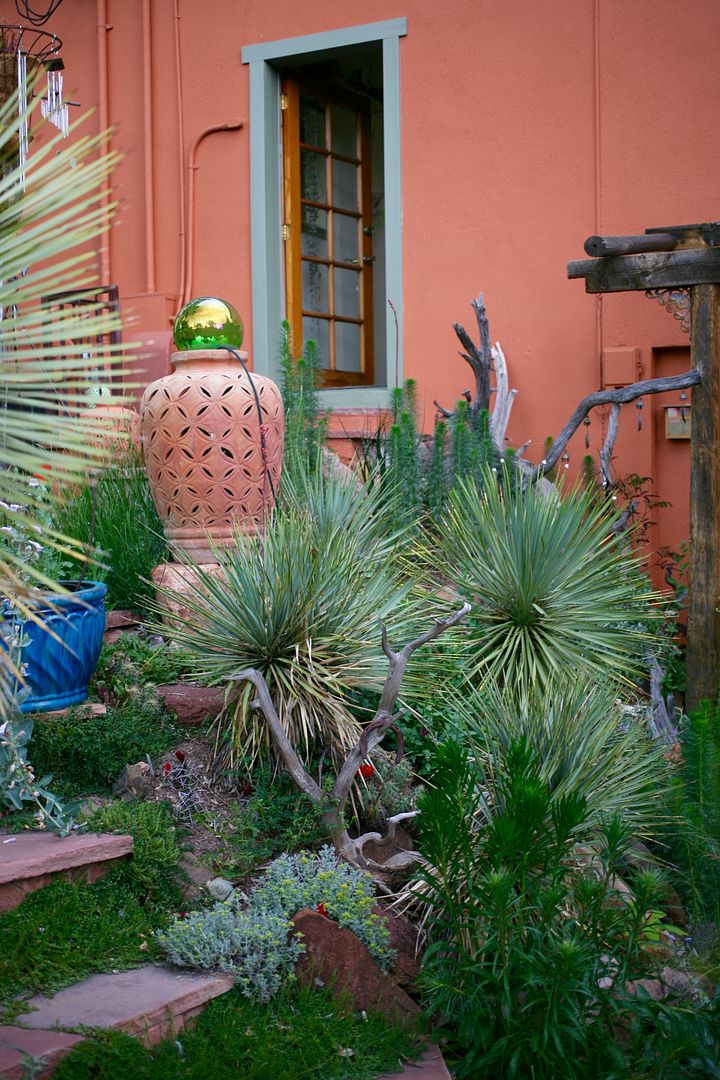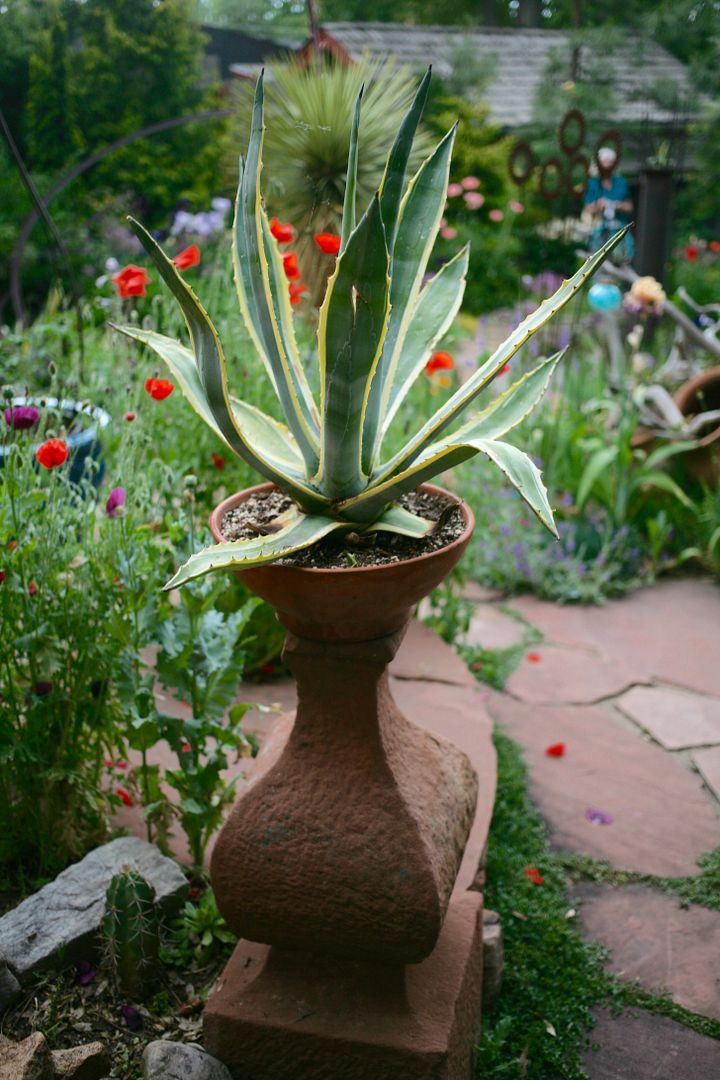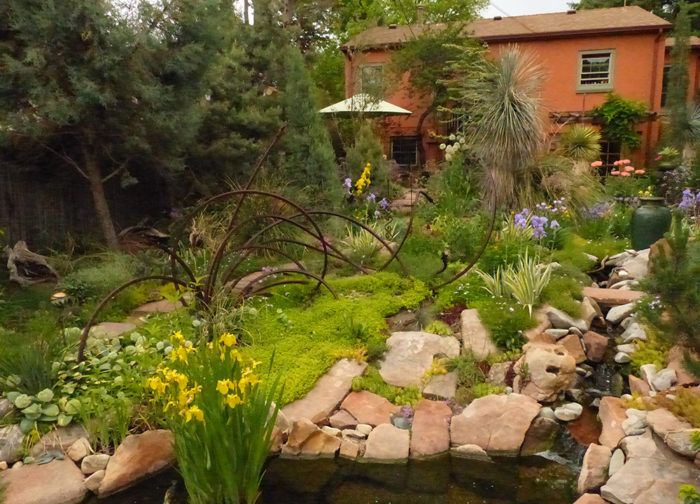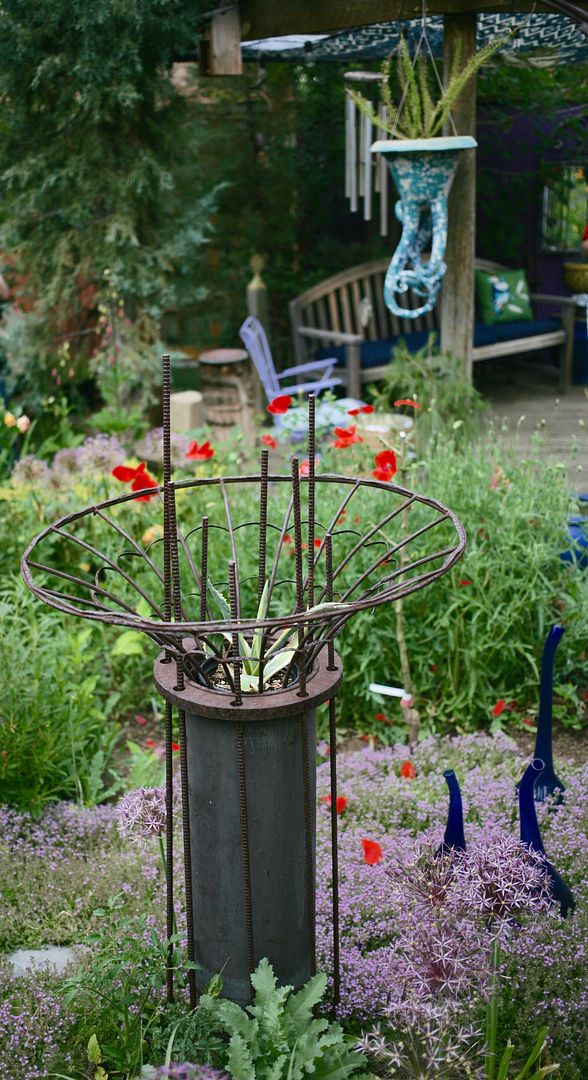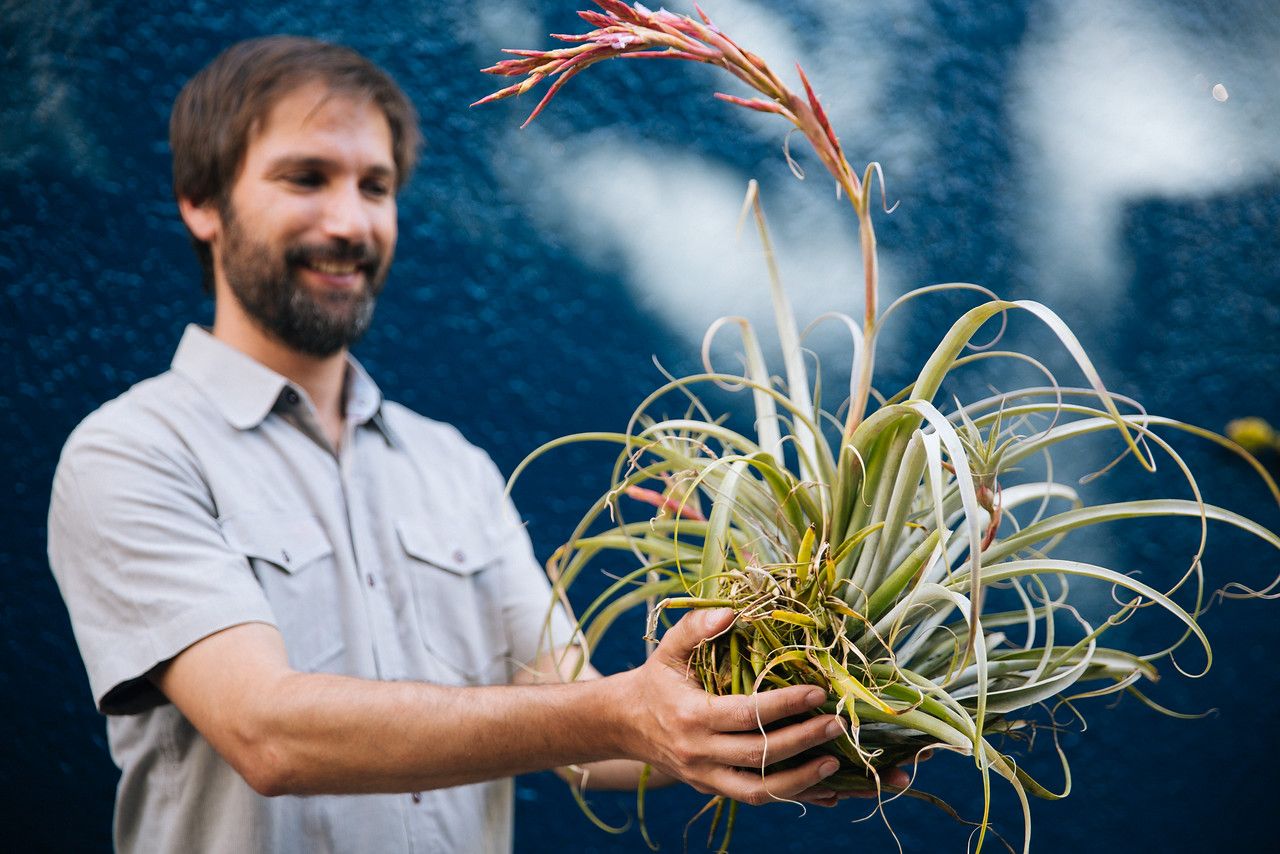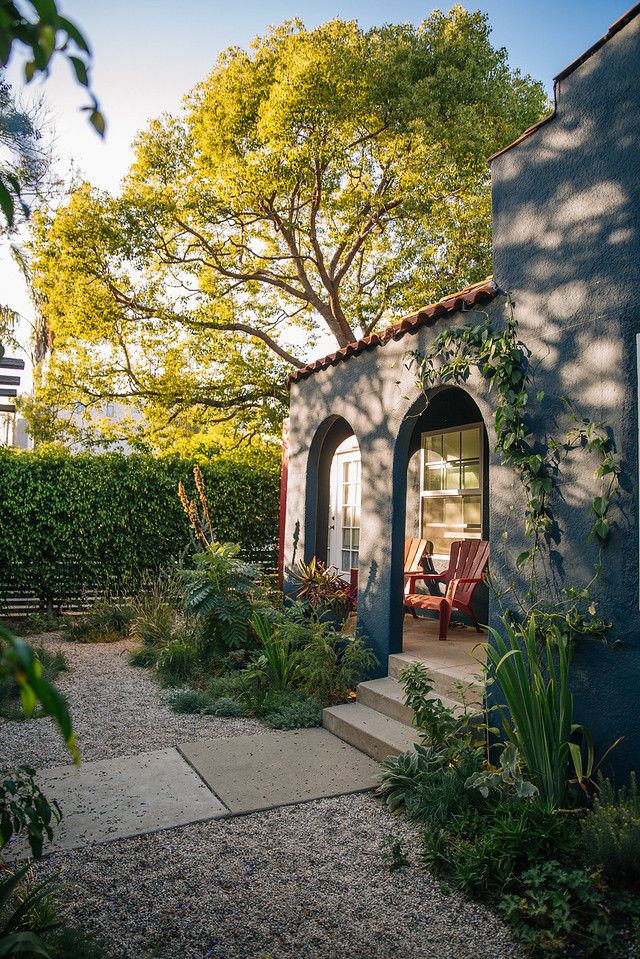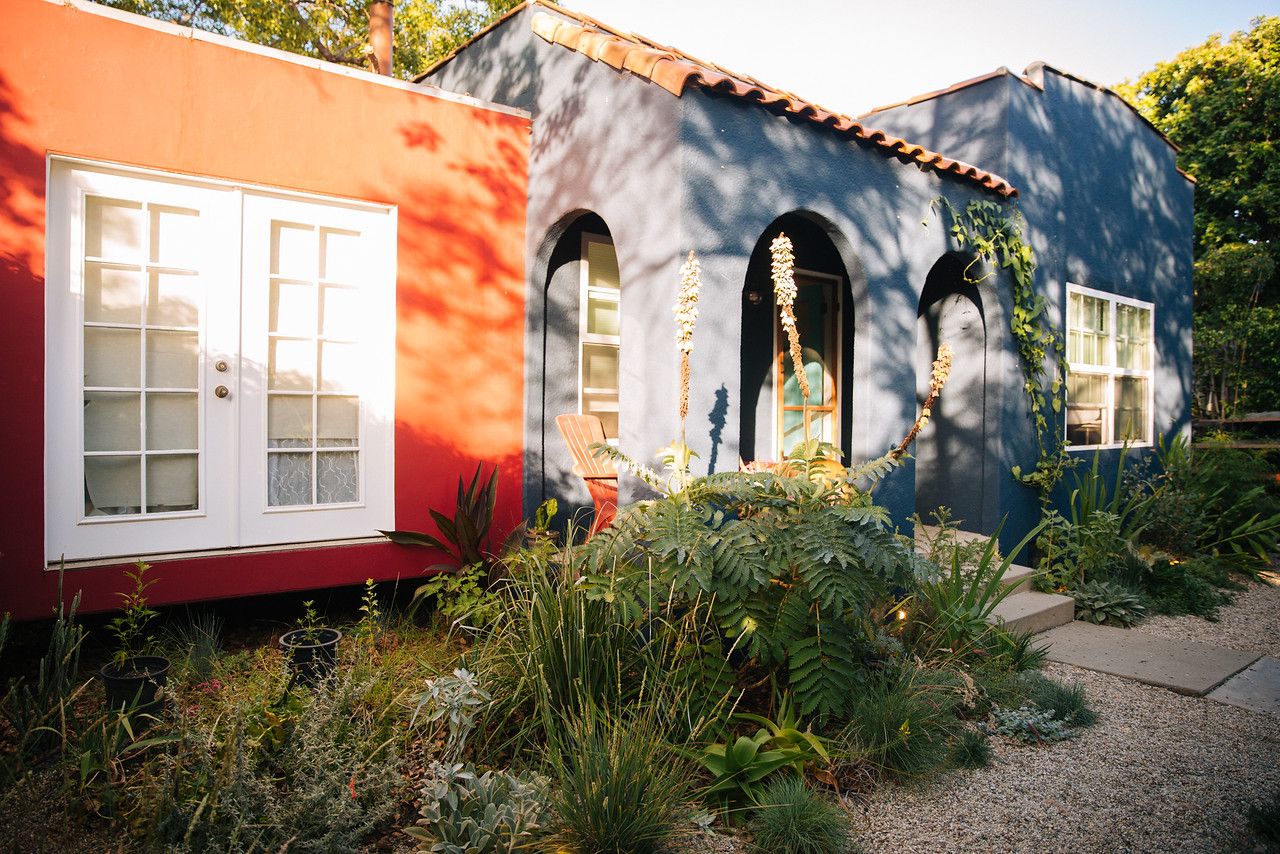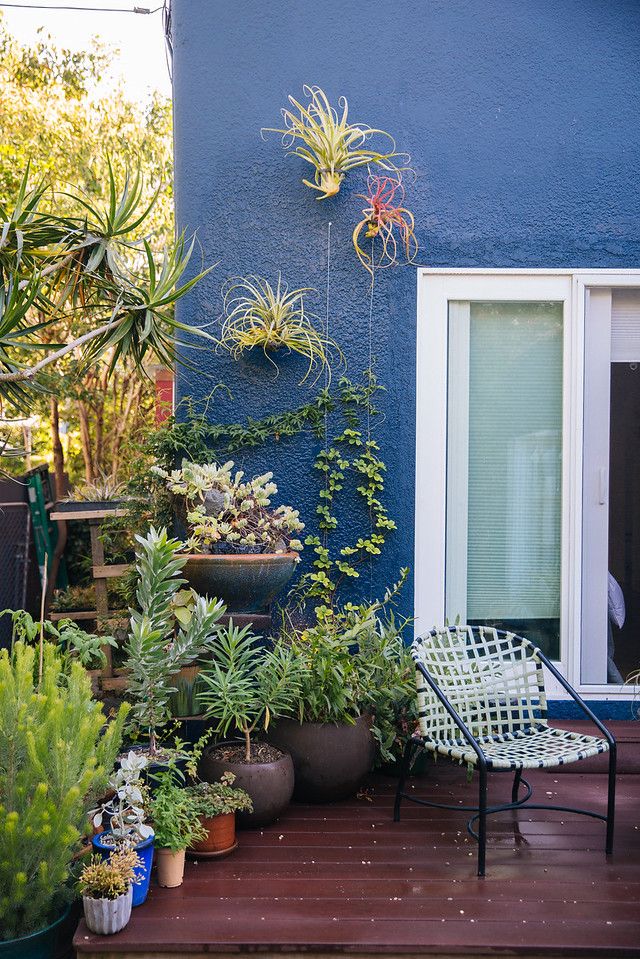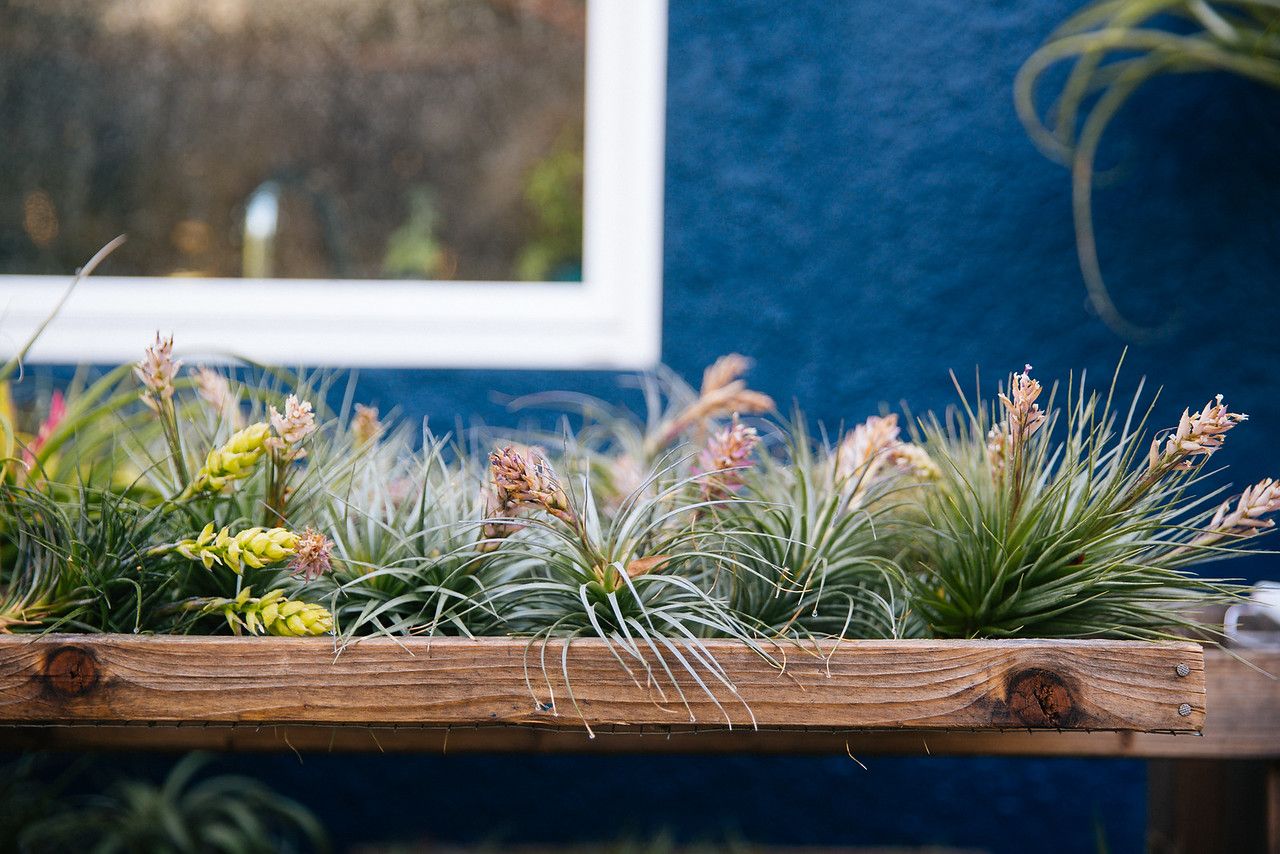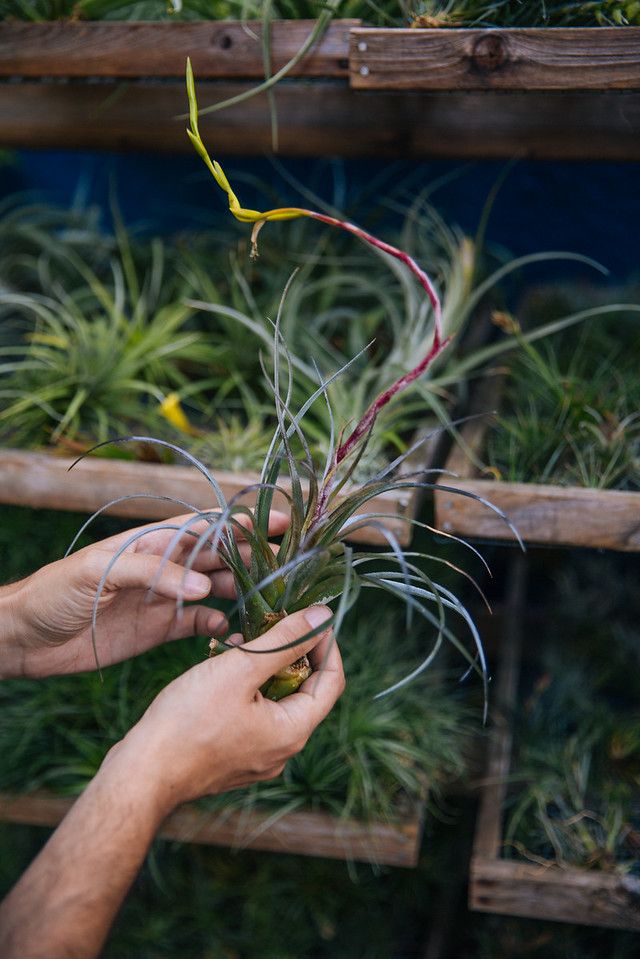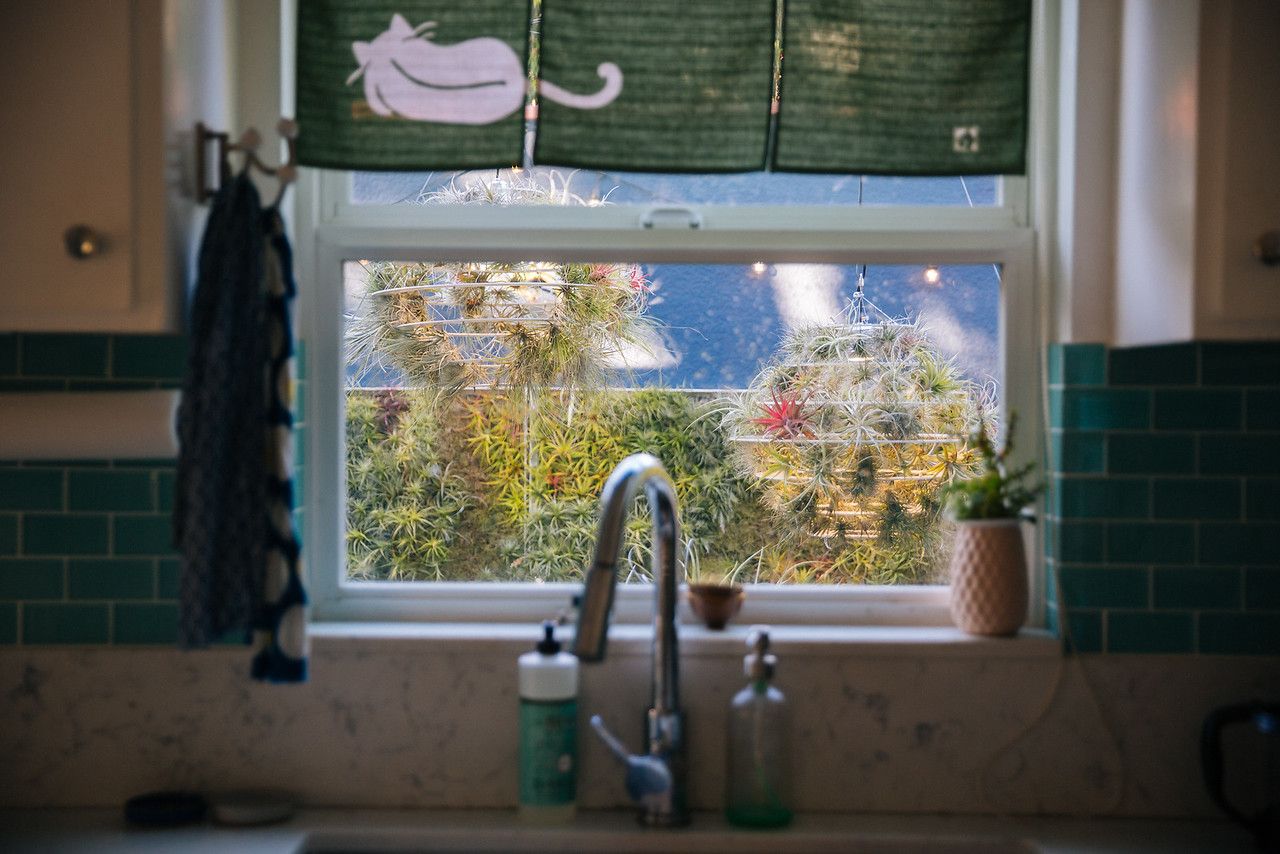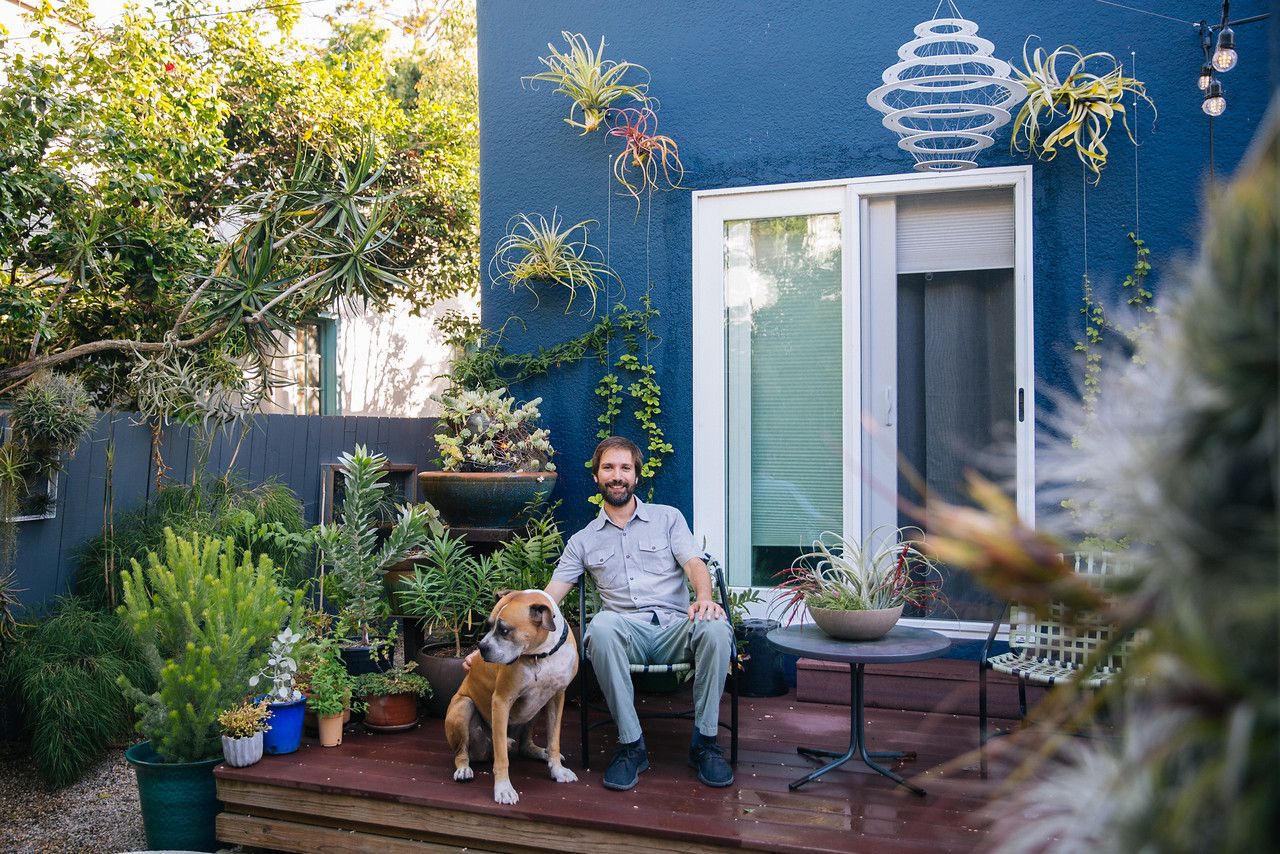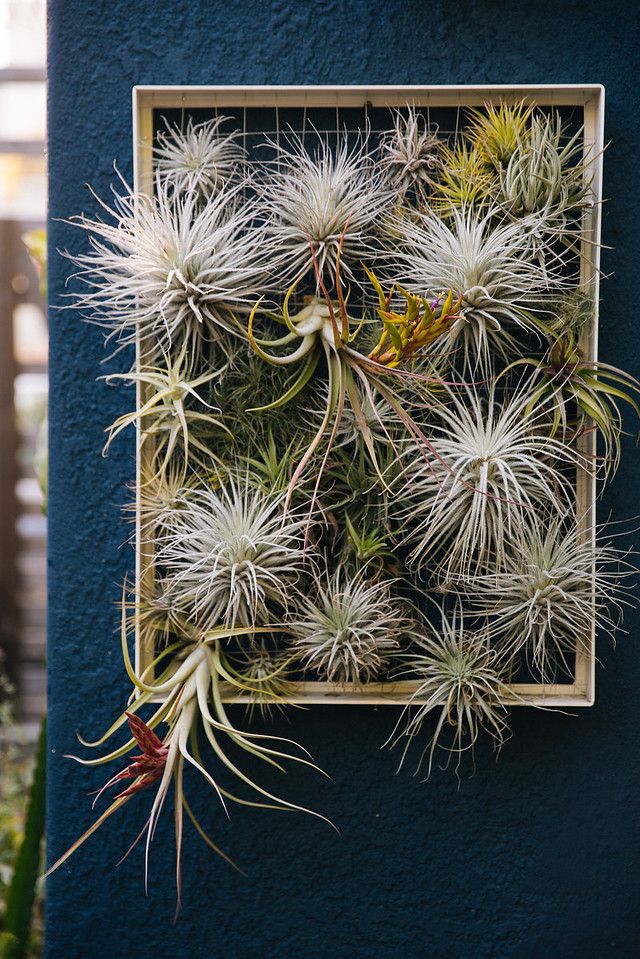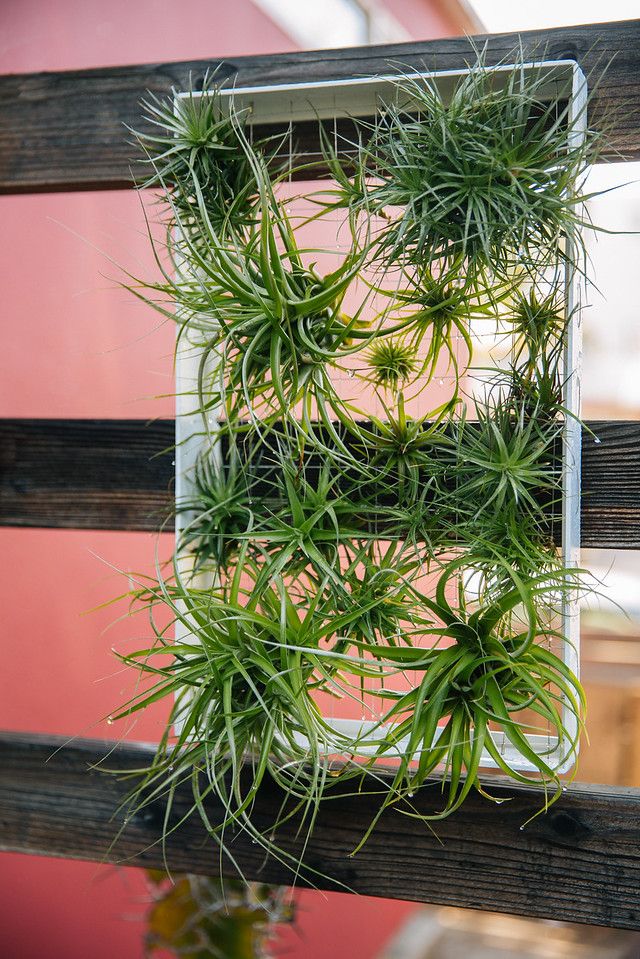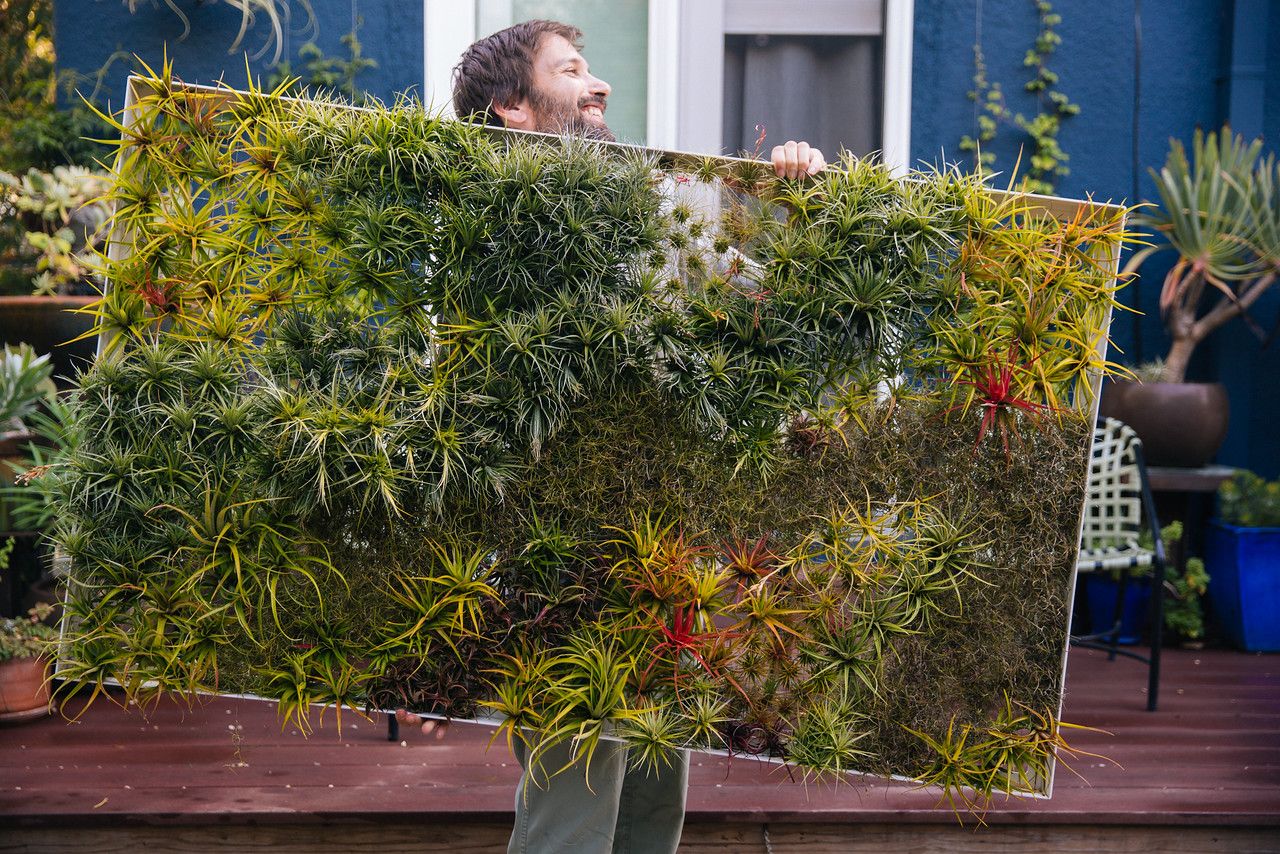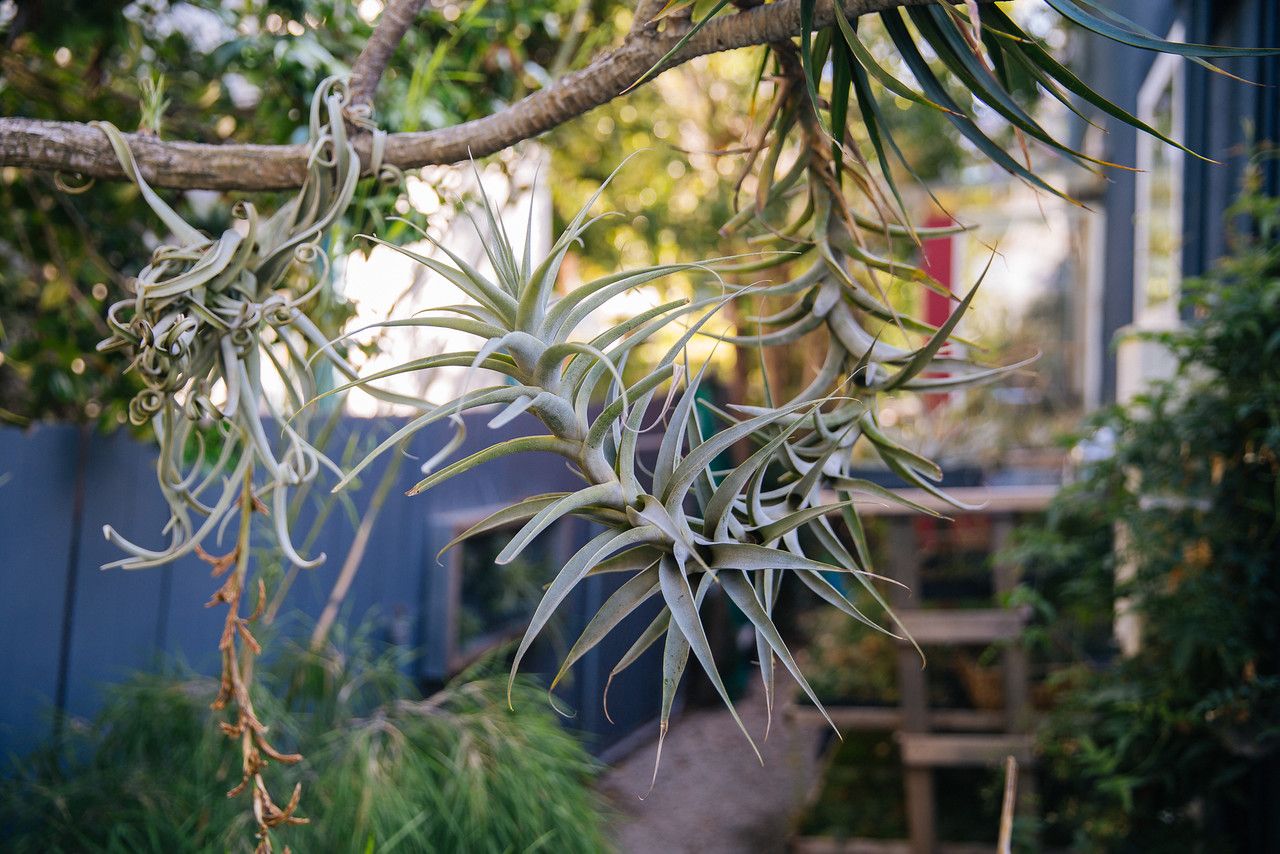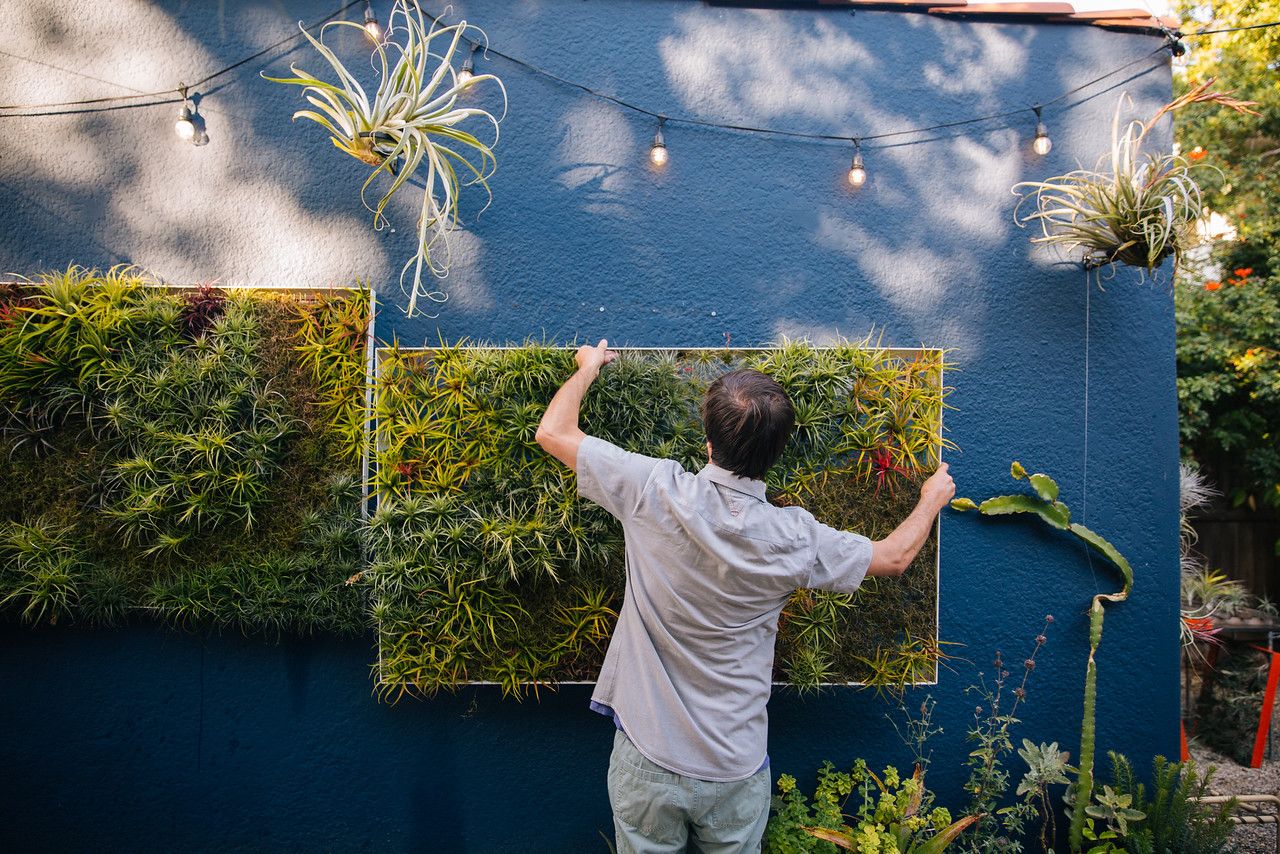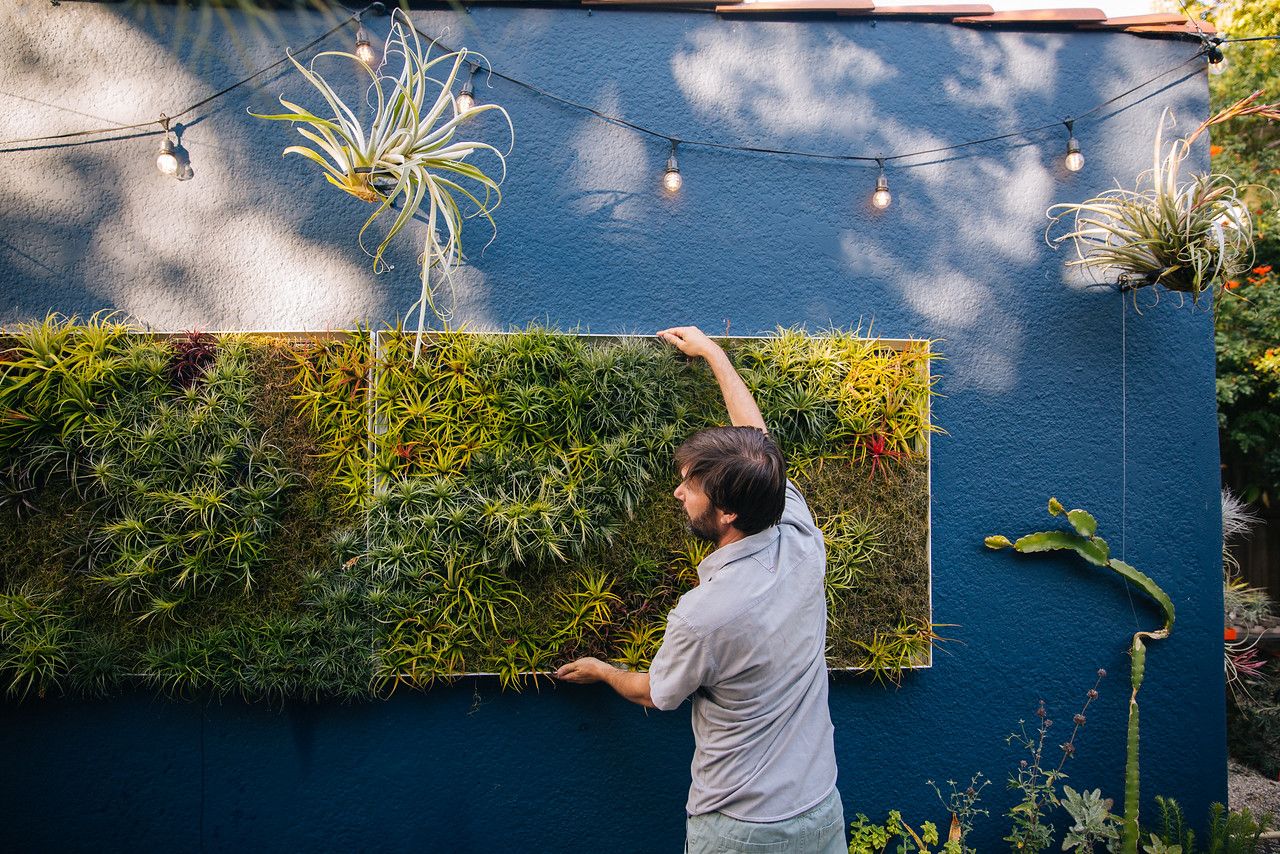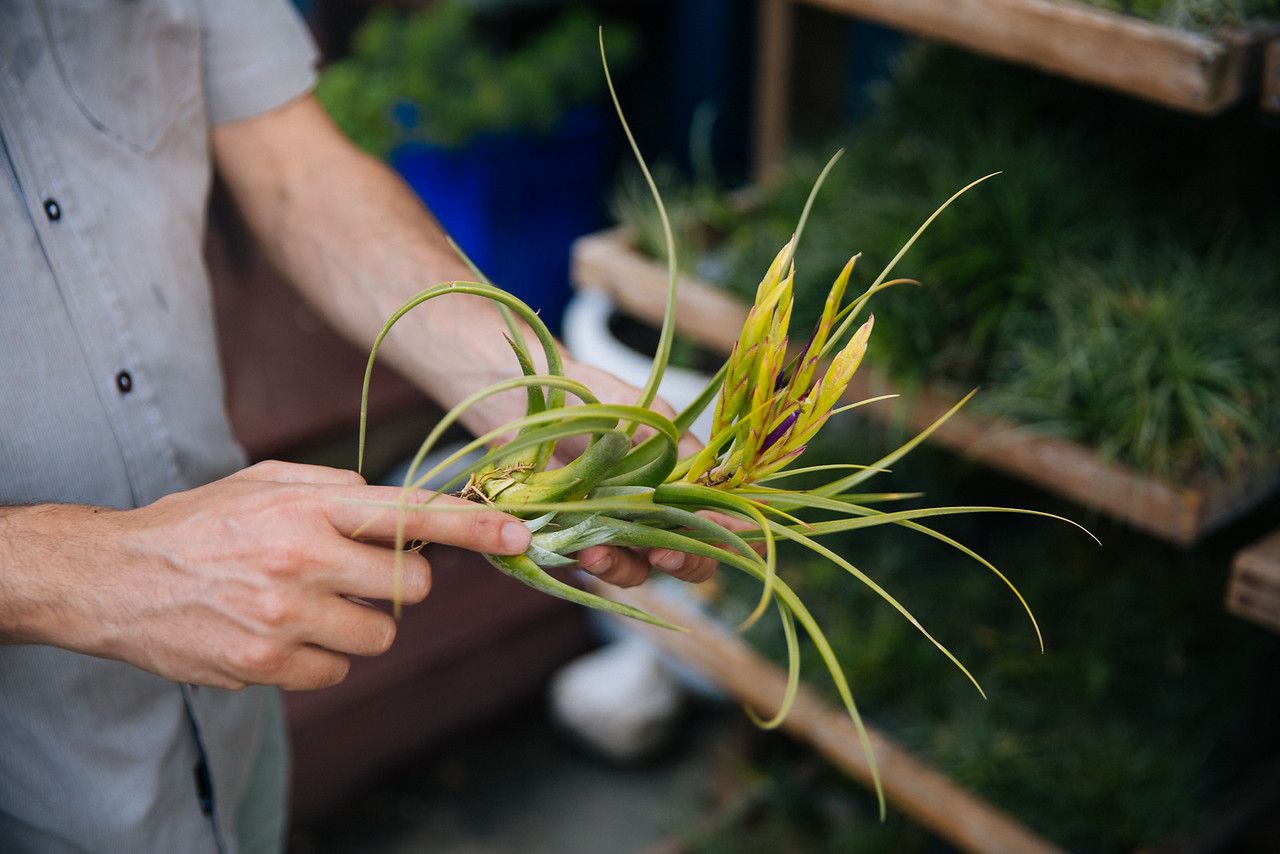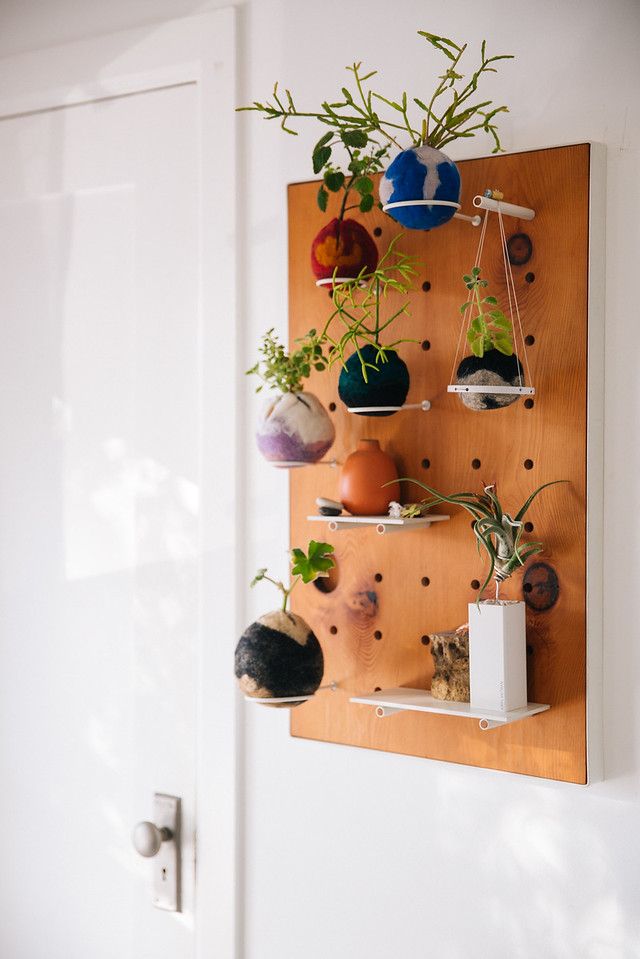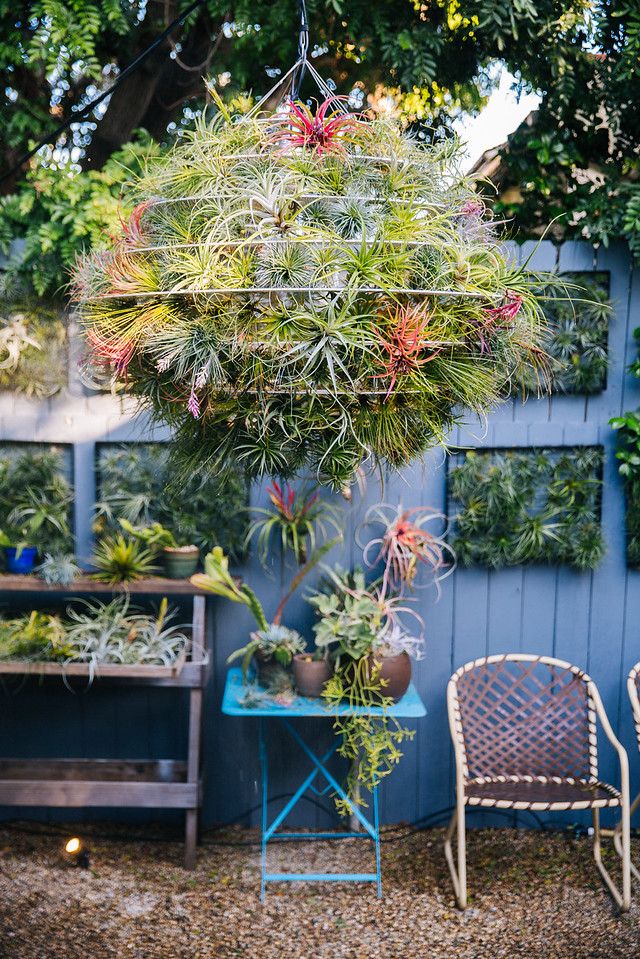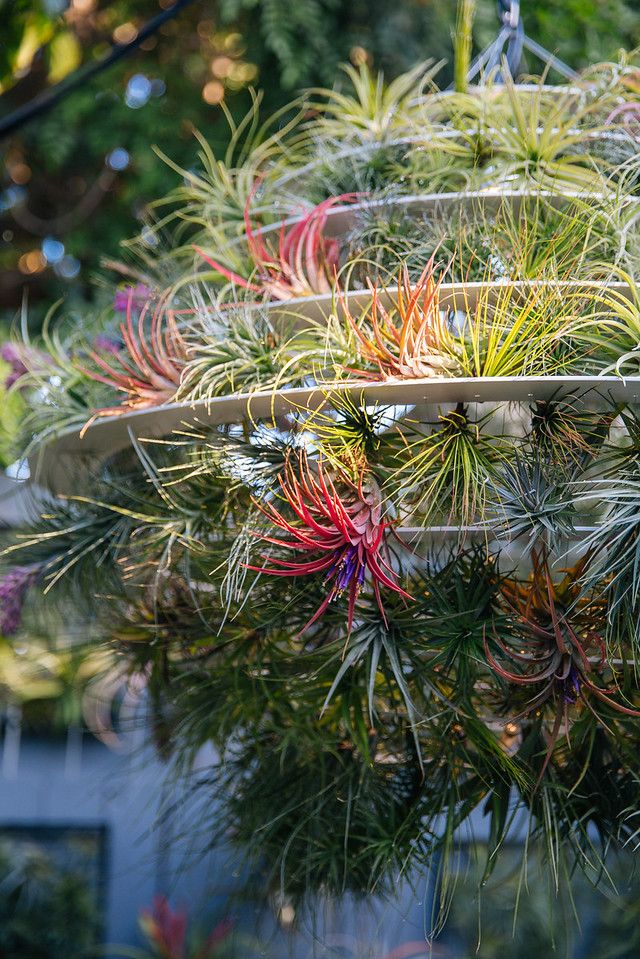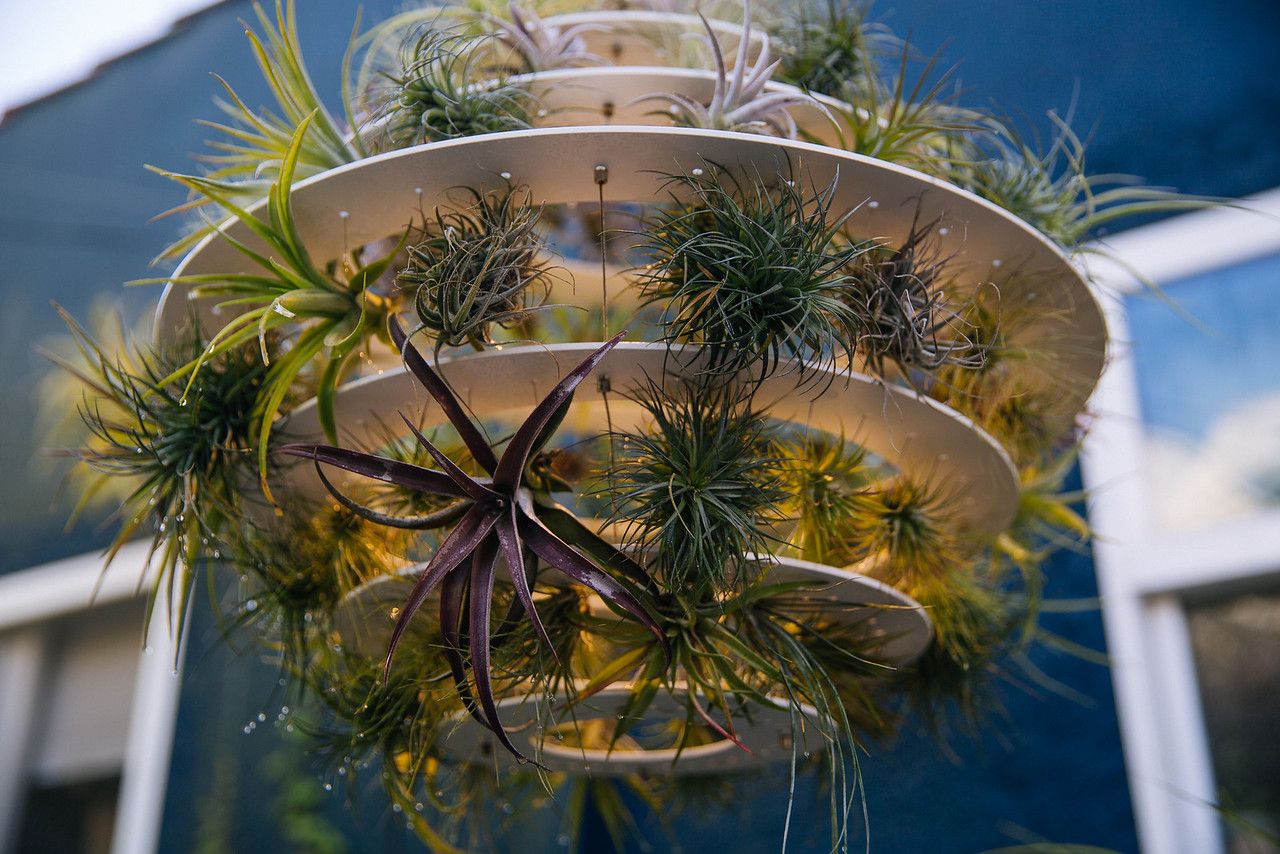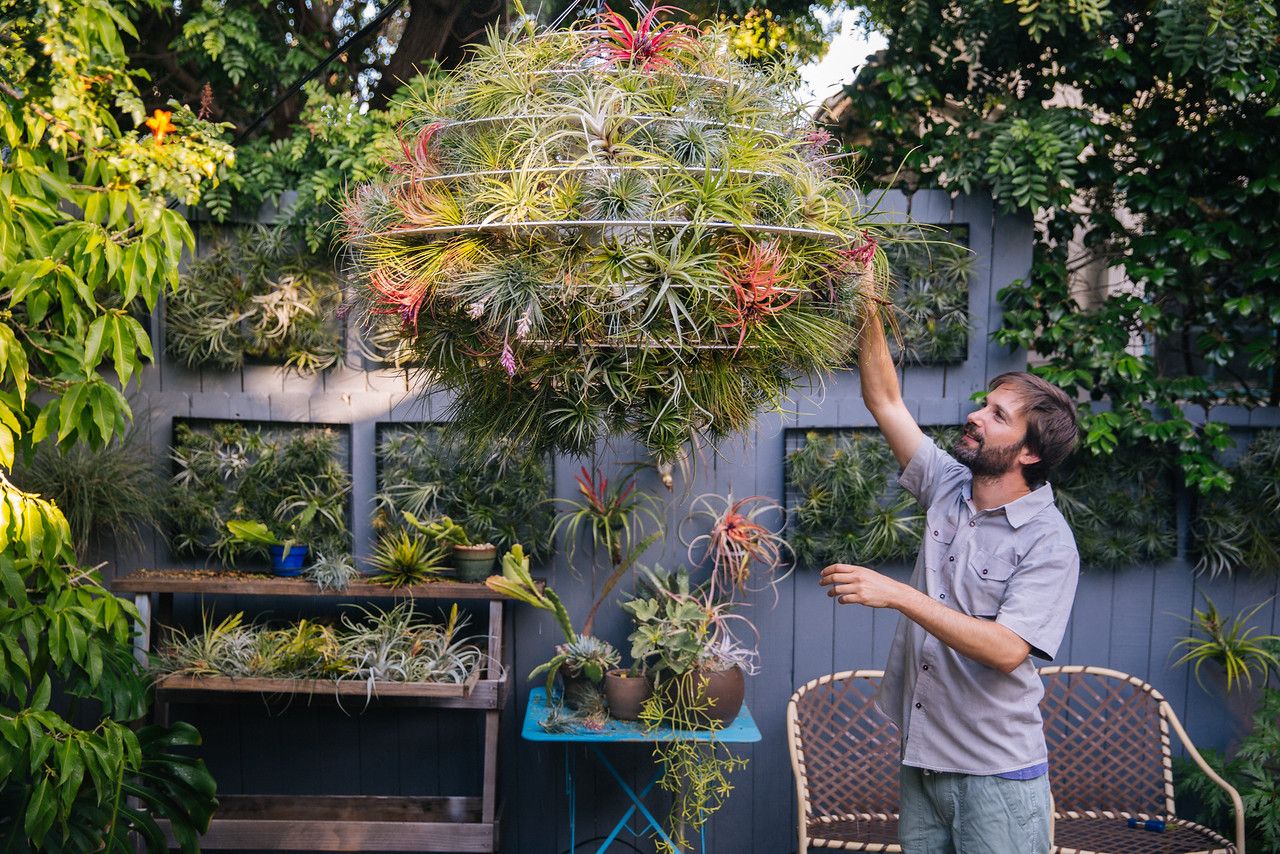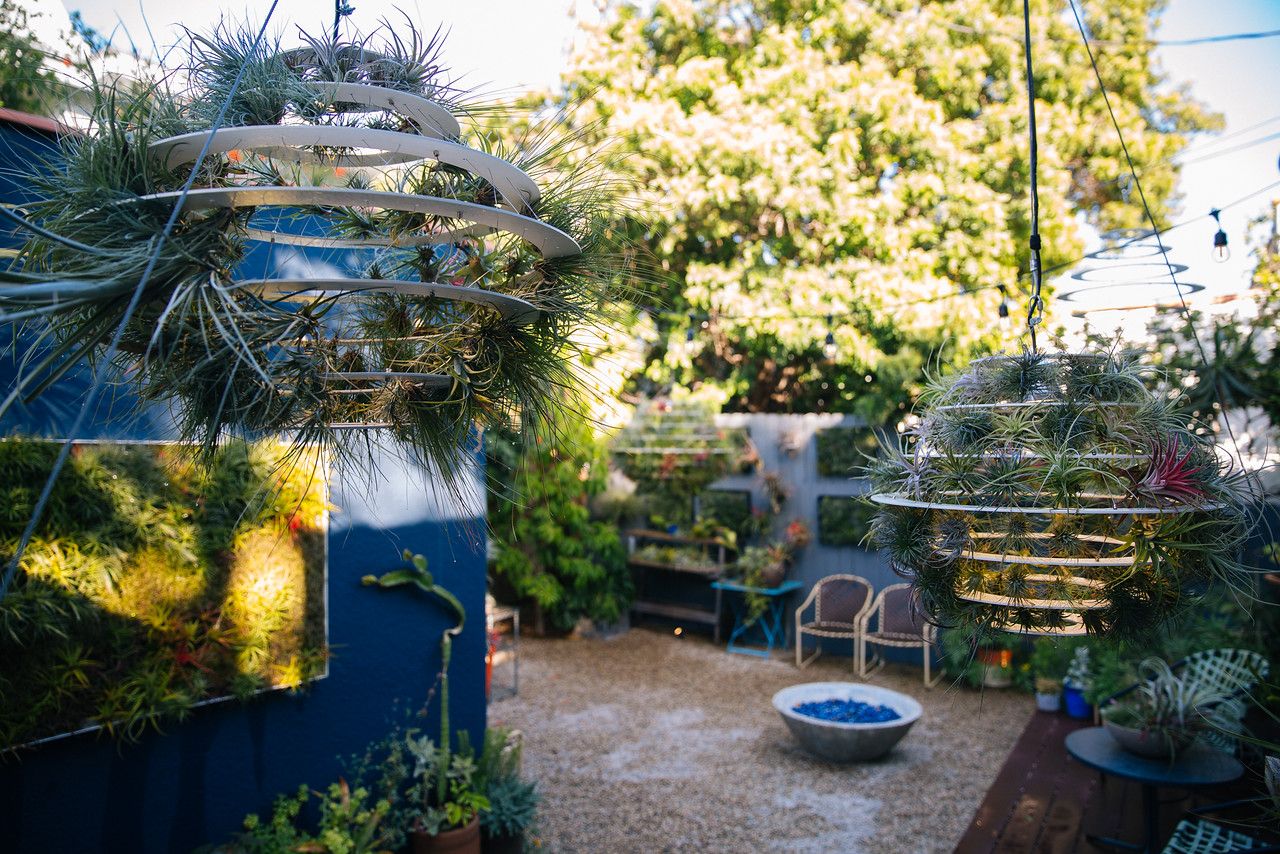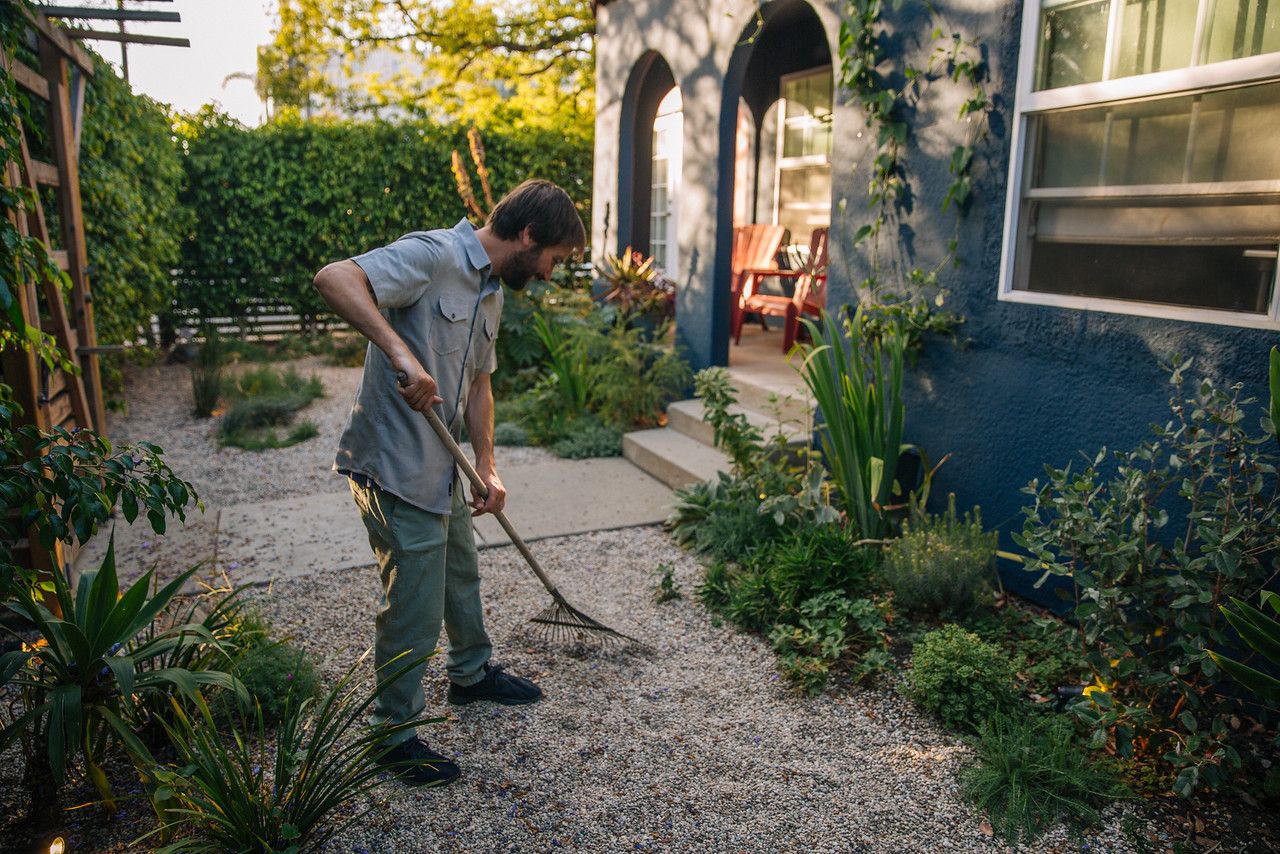“Formed in 2001, HPEC has grown into a multifaceted organization that works to create sustainable landscapes, restore native plant communities and provide habitats for birds, butterflies, and other wildlife amid development.”
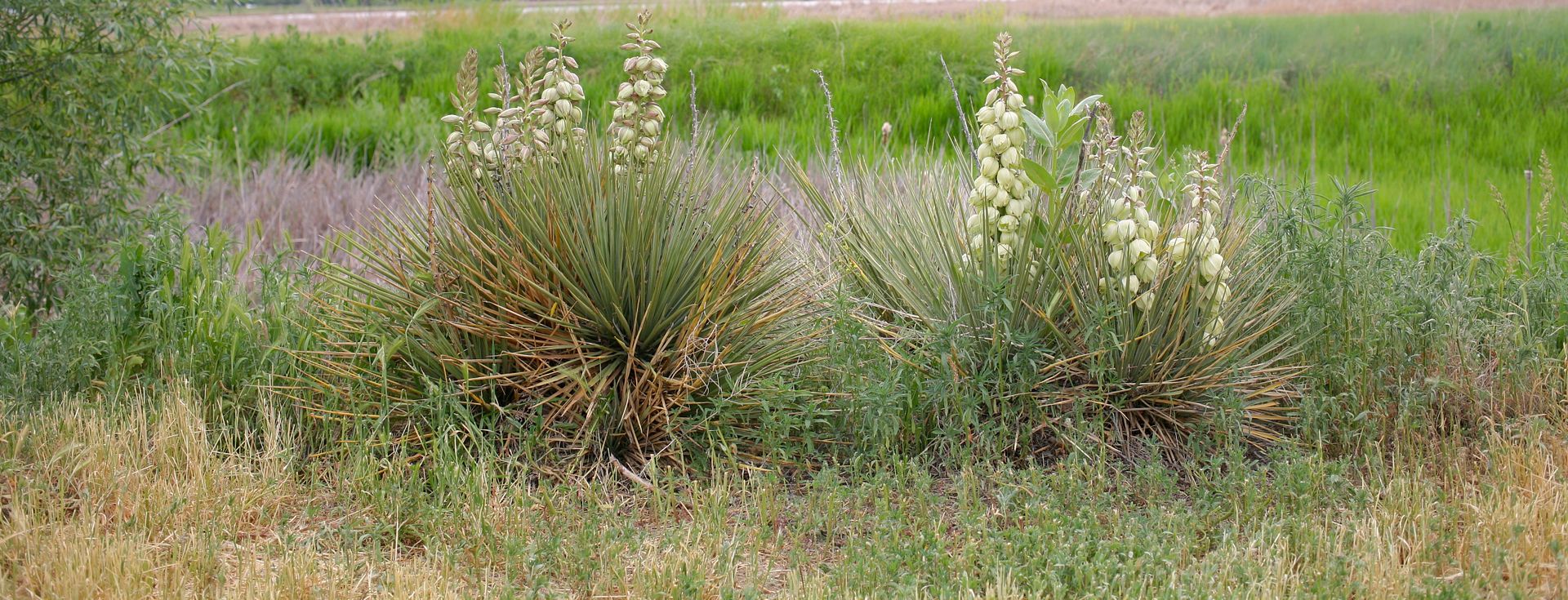
Back in June a bunch of garden bloggers visited a place in Loveland, Colorado that embodies so many principles commonly held to be diametrically opposed that I’m still trying to understand how it all fits together. Profit/nonprofit, housing/open space, development/habitat restoration, private/community — The High Plains Environmental Center chooses to ignore these binary boundaries and looks for on-the-ground solutions so that human pursuits (housing, businesses, schools) and wildlife habitat can gently occupy the same land. It is an intriguing idea that has been put into practice in the 3,000-acre Lakes at Centerra mixed-use community. It’s an ambitious, master-planned community on former farmland that integrates housing among the habitats of countless plant and wildlife species (suburbitat!)
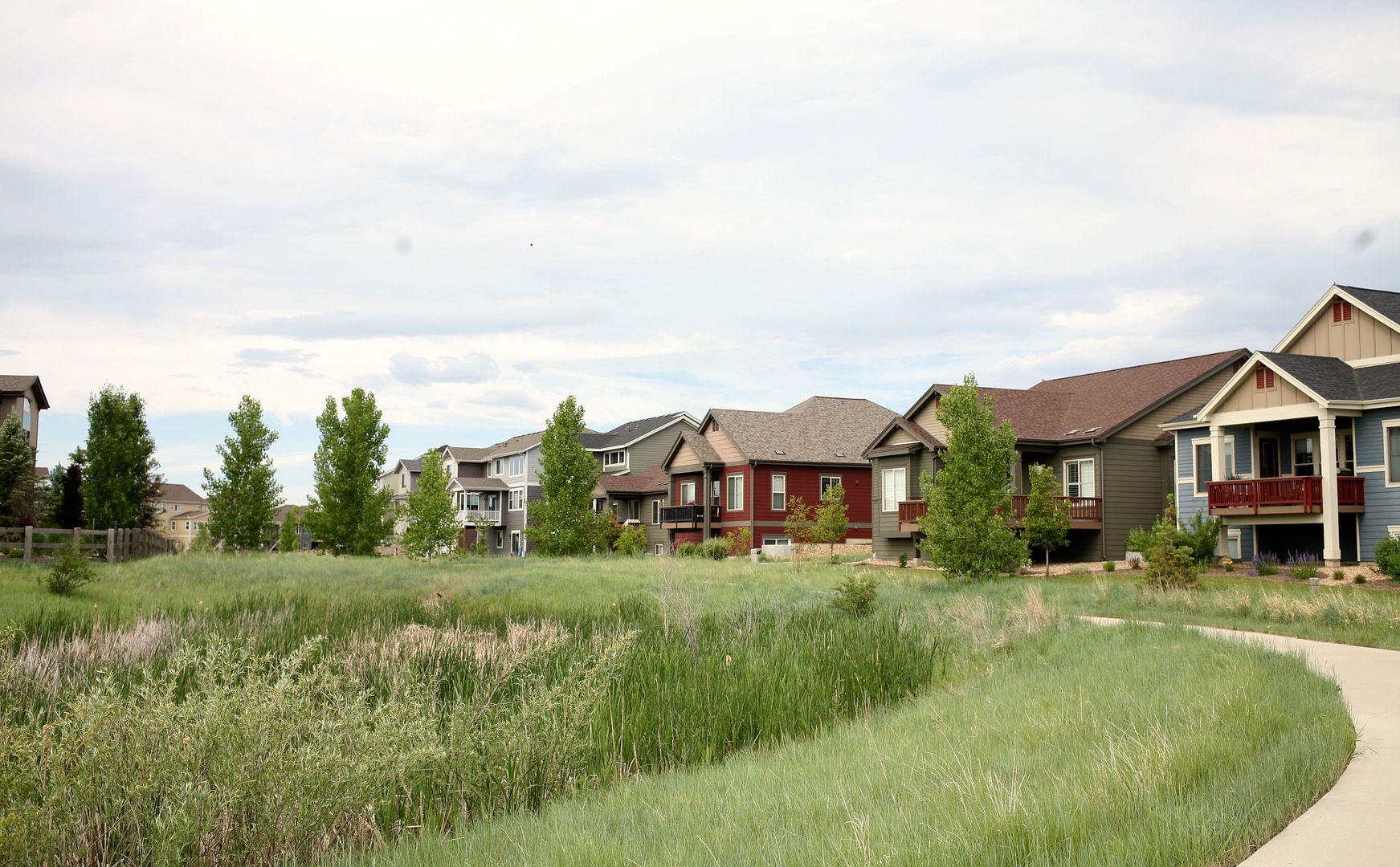
“Community Gone Wild — The Lakes is home to a non-profit organization — the High Plains Environmental Center — dedicated to the idea that backyards, schoolyards, office environments, community gardens, parkland and other community spaces can become habitat for native wildlife. And since almost 150 different species of birds, mammals, reptiles and fish have been observed at The Lakes, it seems the experiment is working. In fact, The Lakes is the only place in Colorado designated by the National Wildlife Federation as a Certified Community Wildlife Habitat.” (HPEC takes up roughly 76 acres on the site, not including 3 miles of trails and the man-made lakes.)
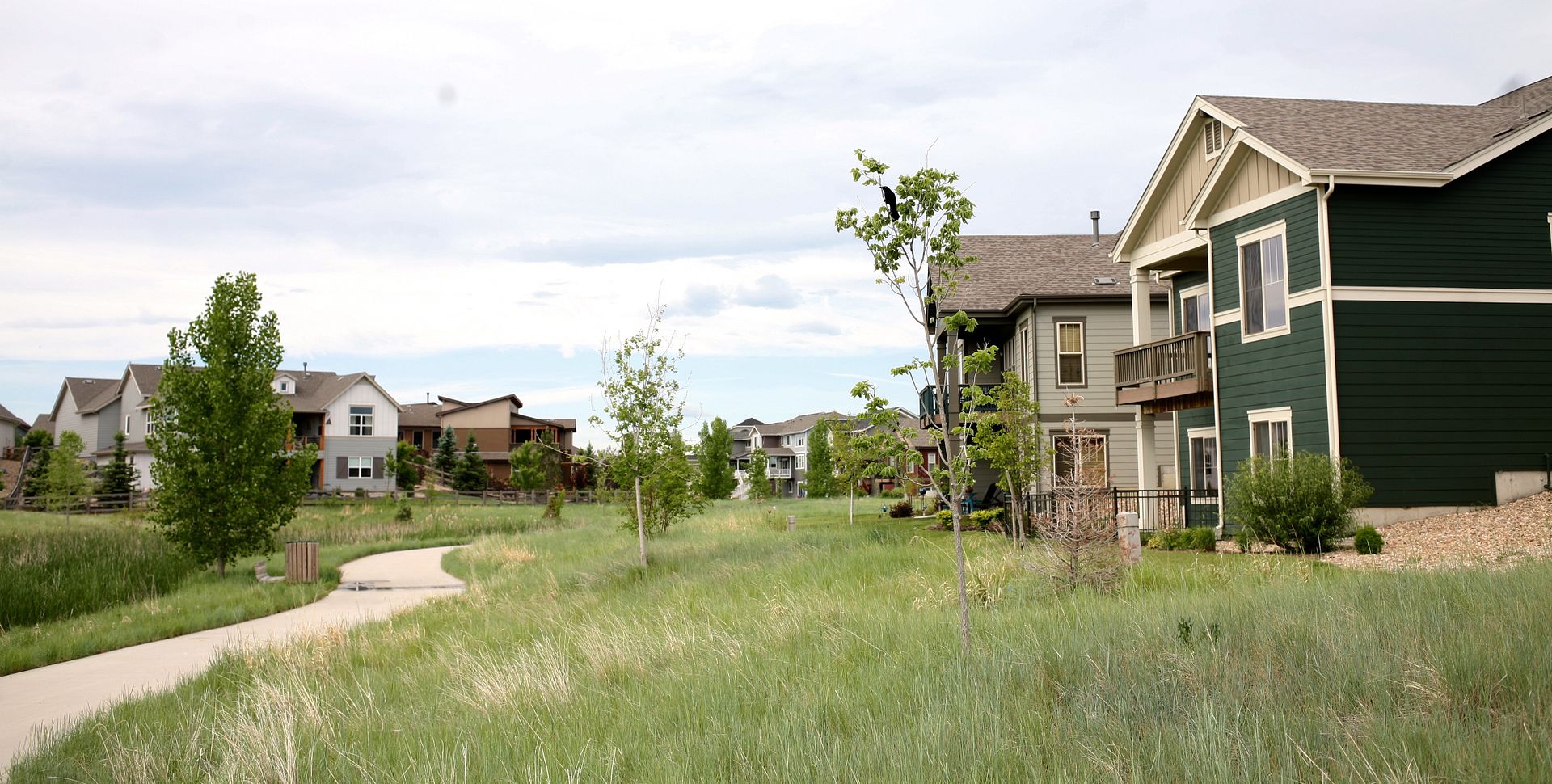
We met at the HPEC Visitor Center, near the native plant nursery, orchard, and community garden, but after a long bus ride I felt like a walk so struck off for the nearby neighborhood nestled into short-grass prairie and wetlands. (While checking out the display gardens at the Visitor Center, I saw my first kestrel — North America’s smallest raptor. The bird life here is phenomenal.)
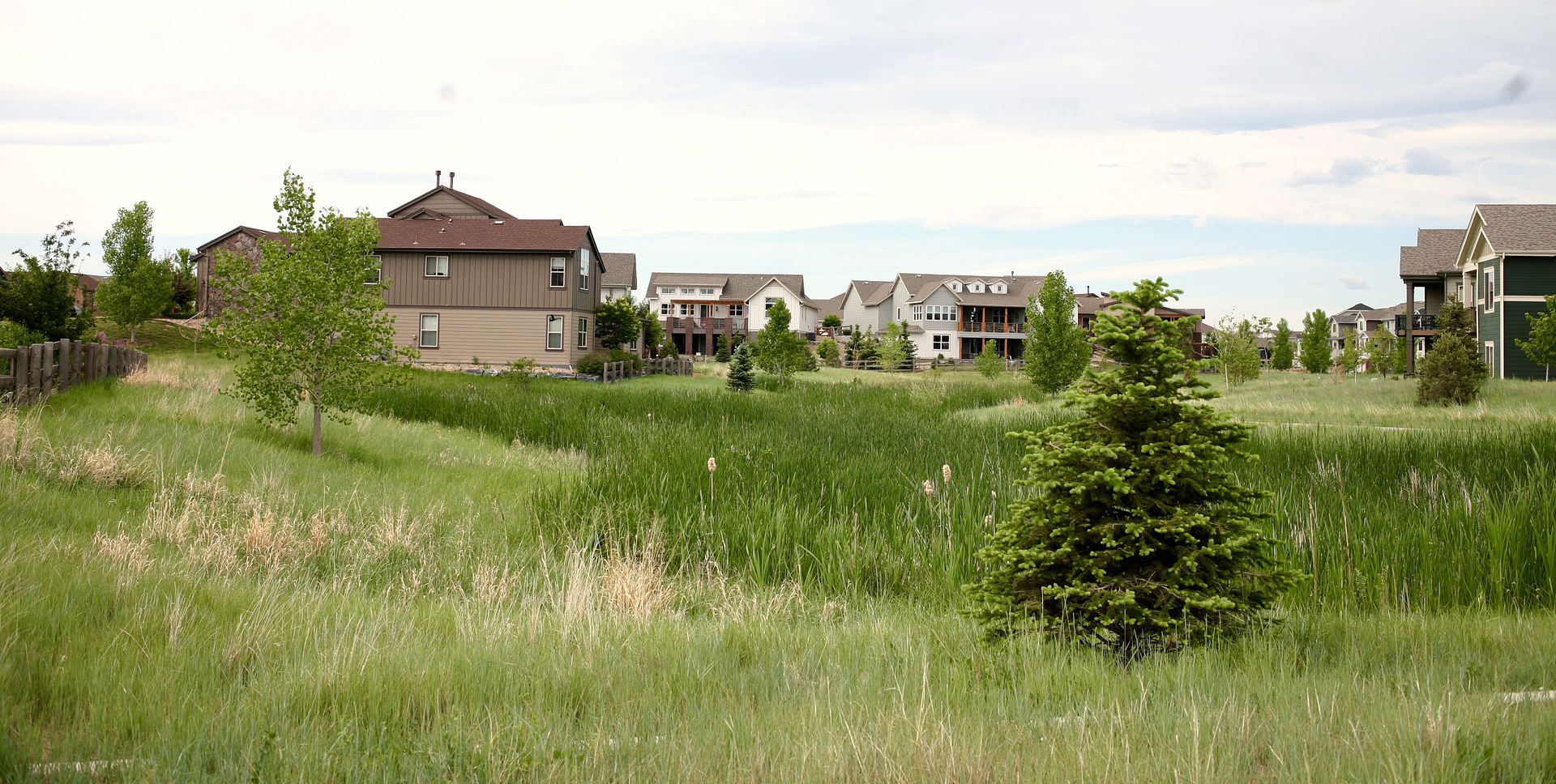
This is a challenging climate for native plant restoration work, averaging 16 inches of rain per year. (Snowfall averages about 46 inches a year.) Technically, habitat and ecosystem engineering seems more apt than “restoration,” because what was here when the project started back in 2004 was weedy agricultural land. While developing the site, non-native plants slipped in here and there, but in 2008 all the non-native plants were removed. Some of the newly chosen western native plants may have never grown in this particular stretch of Colorado but are “locally collected ecotypes that are particularly valuable for restoration projects.” What HPEC feels it is building here is a “botanic garden of the wild.”

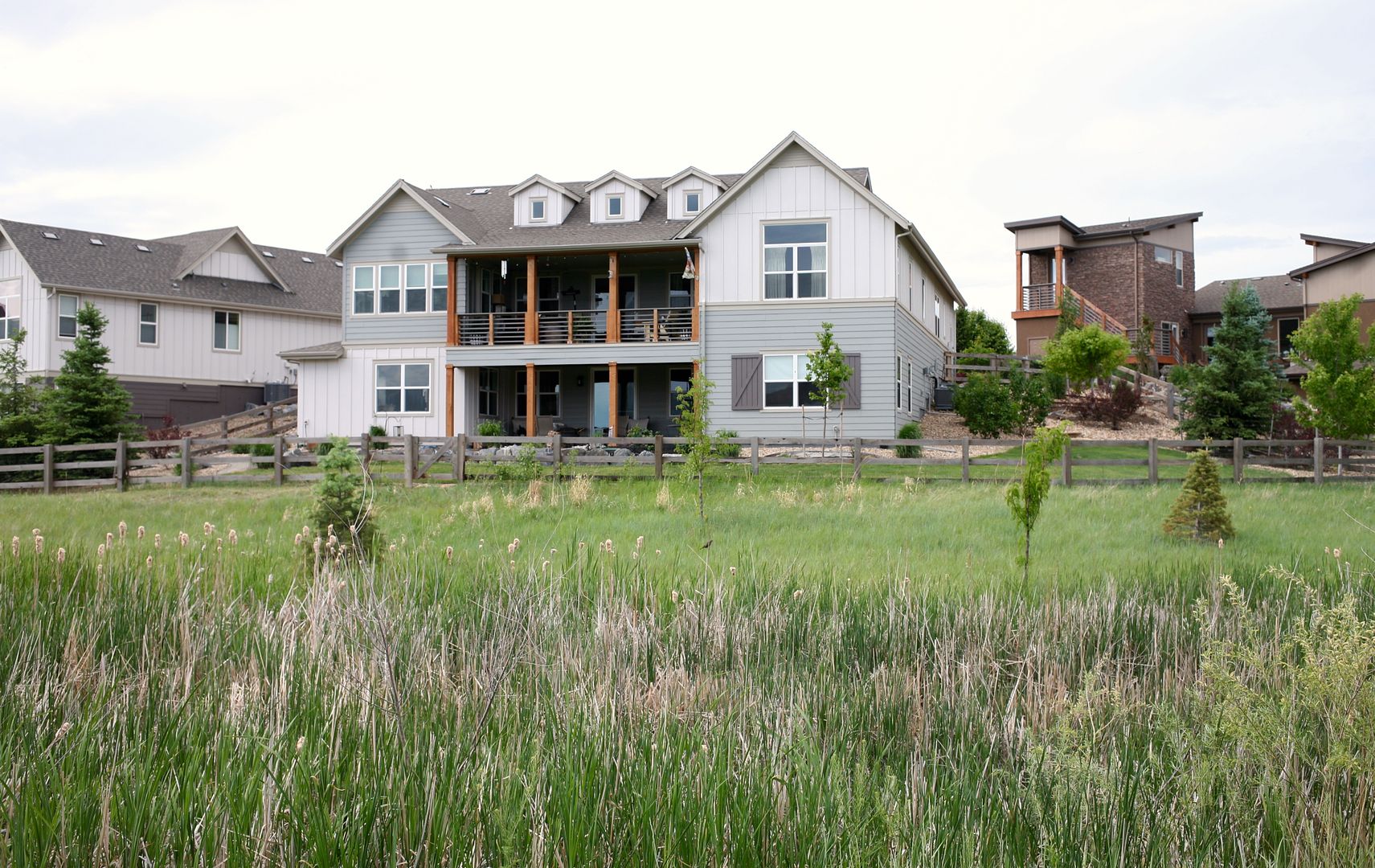
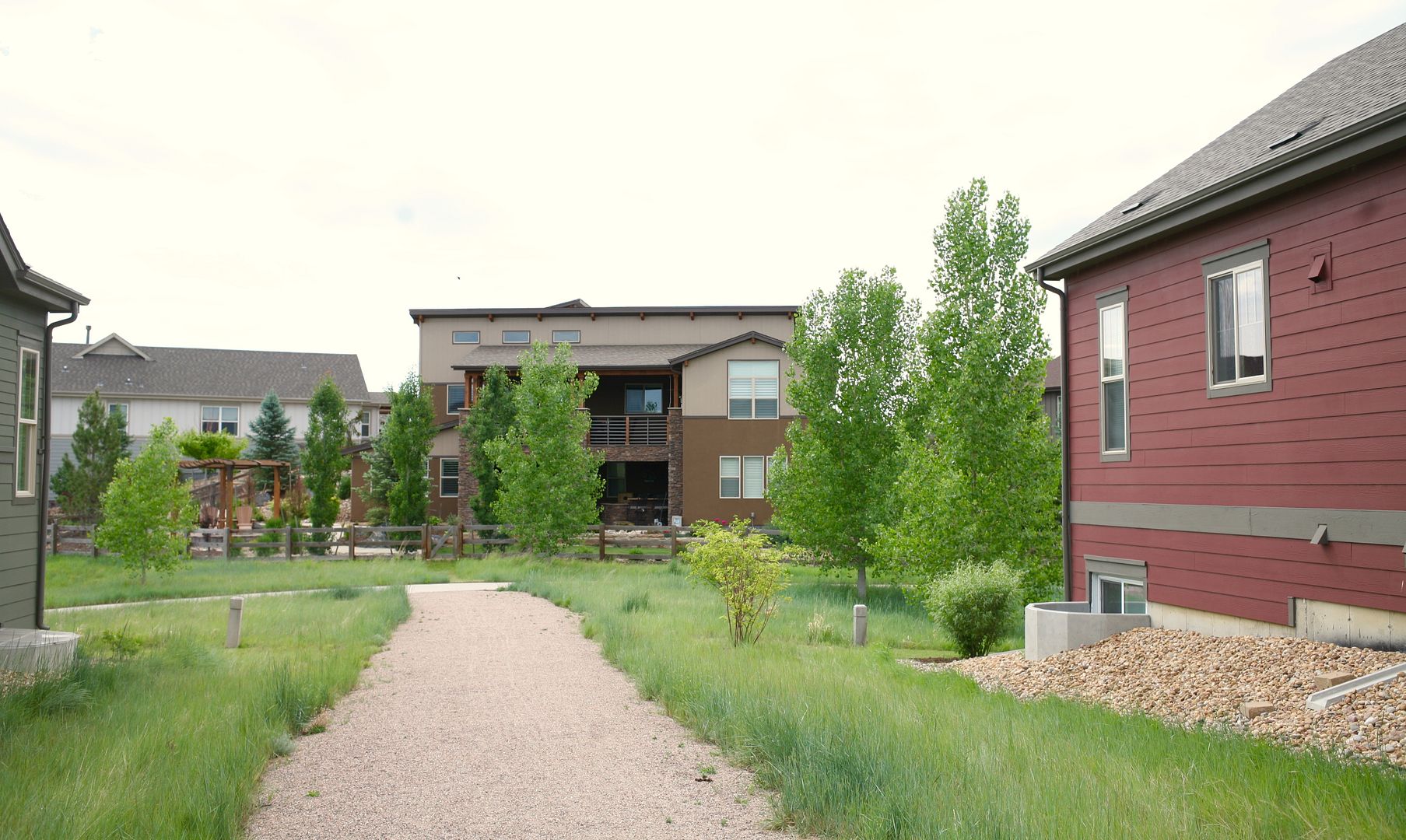
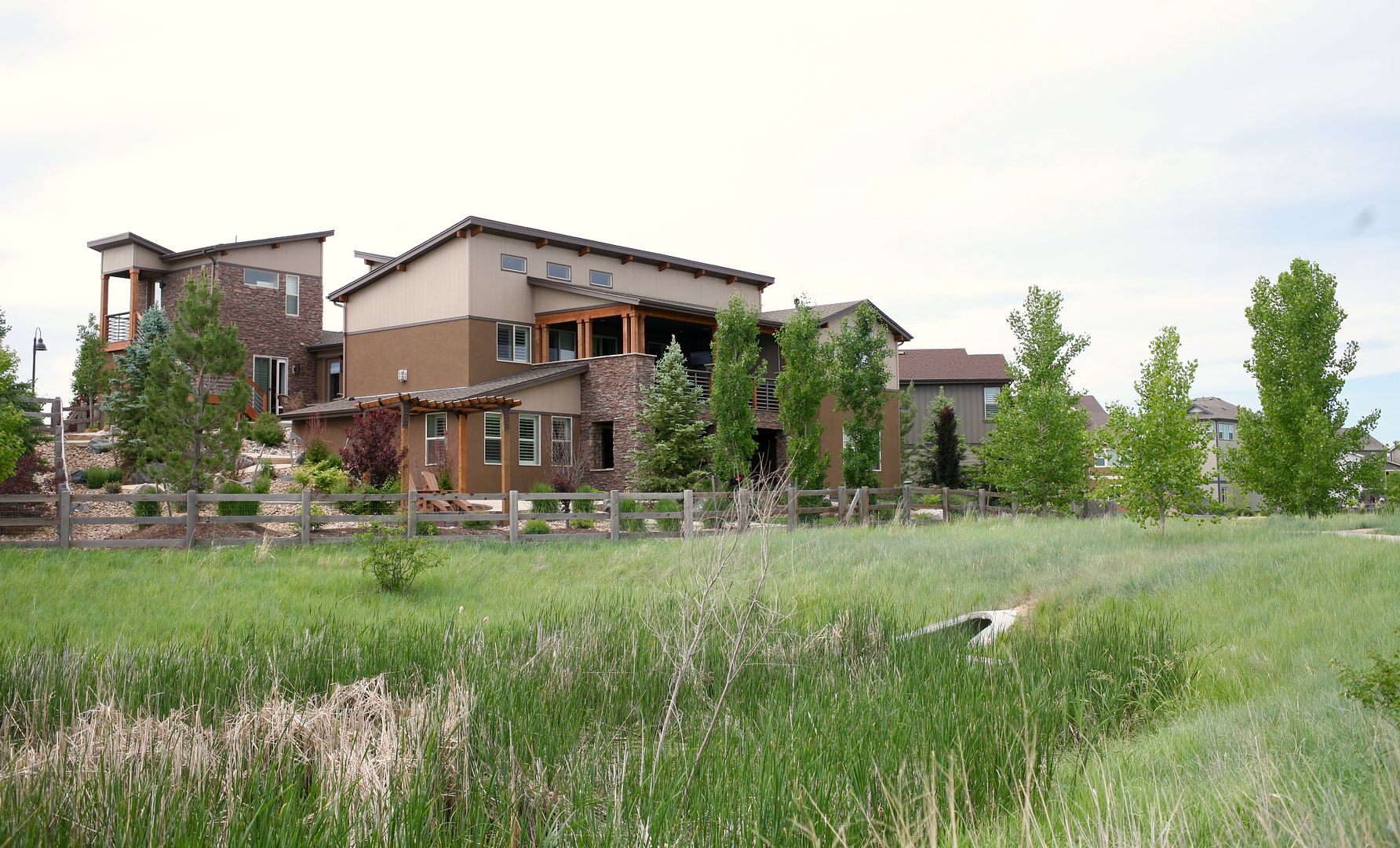

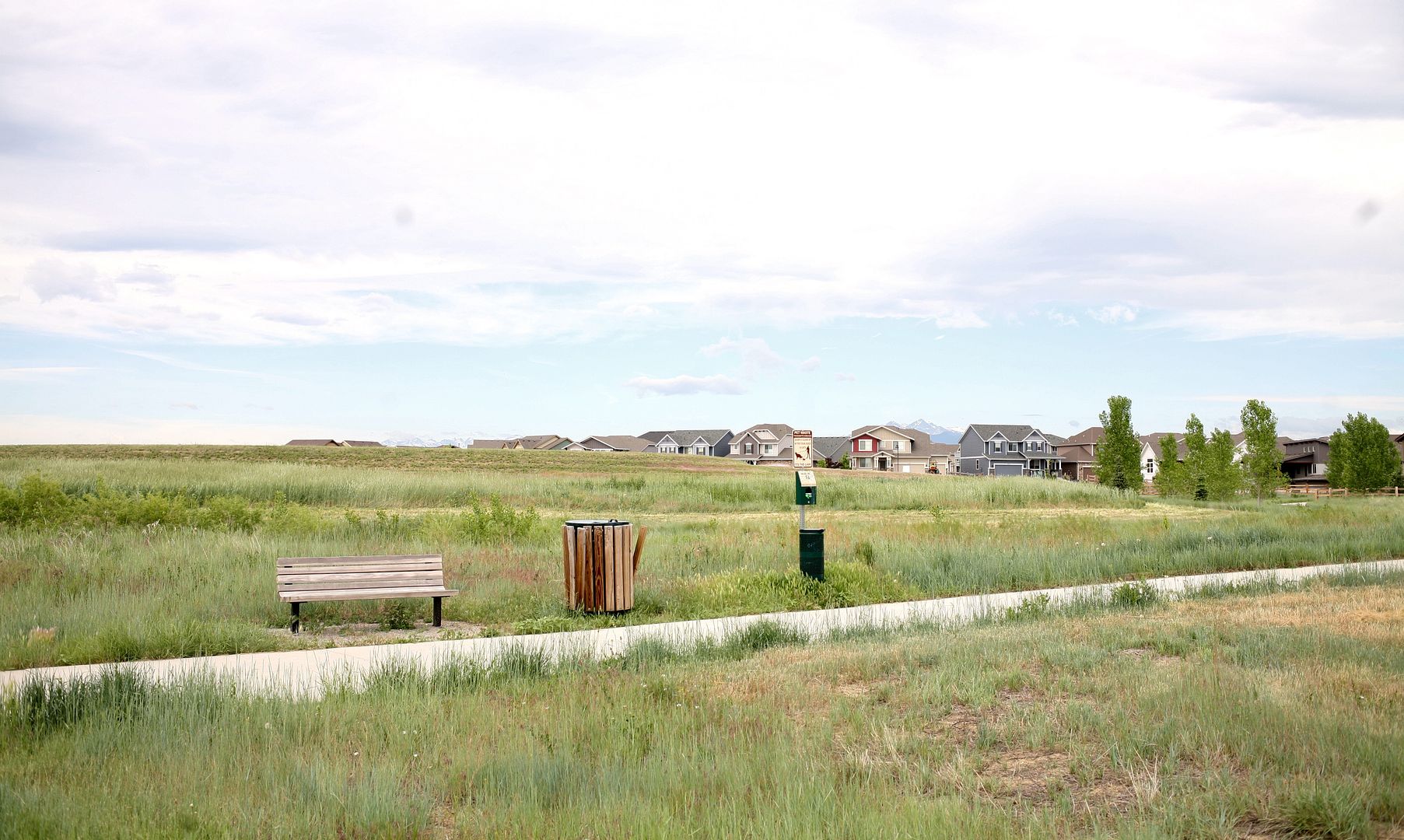
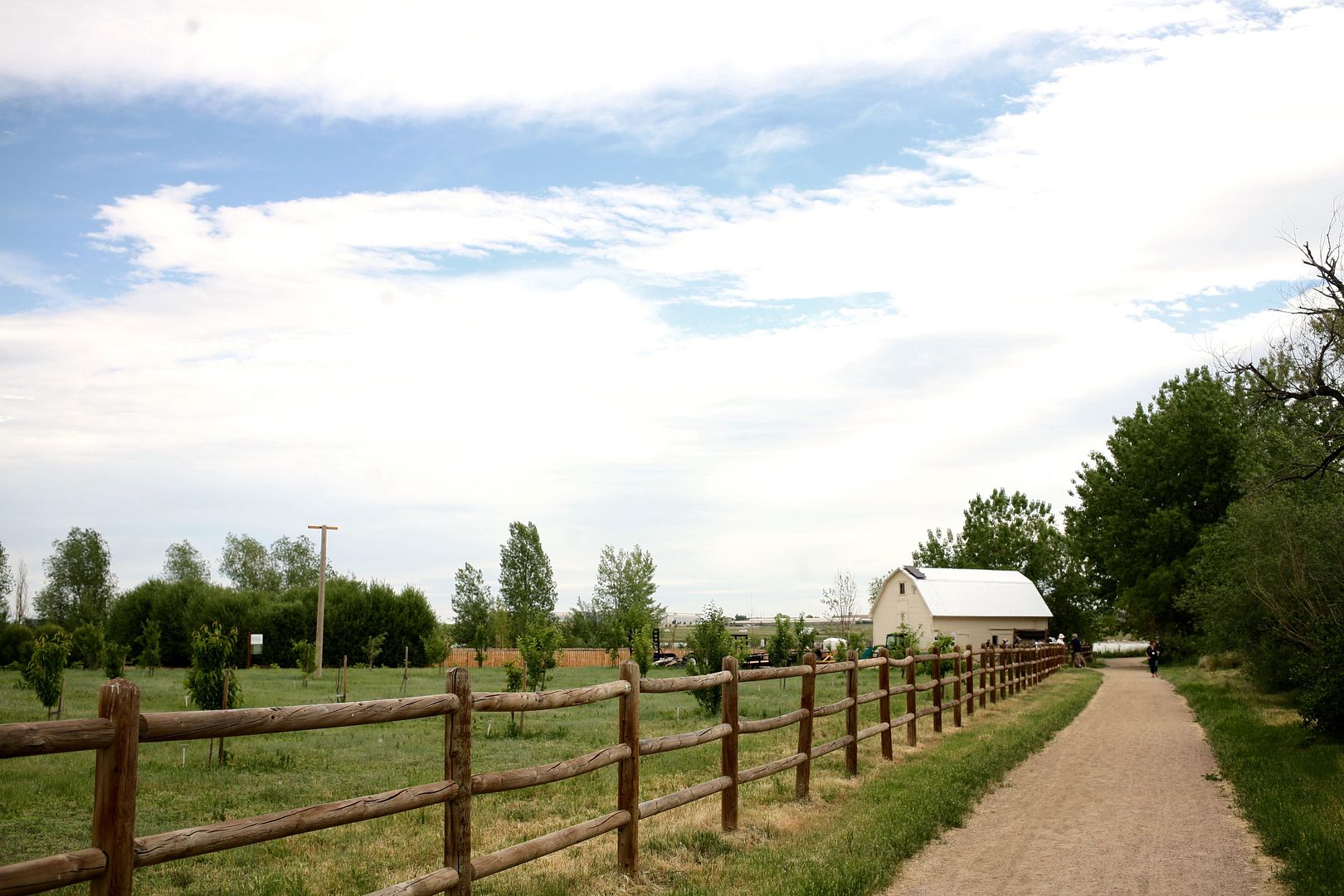
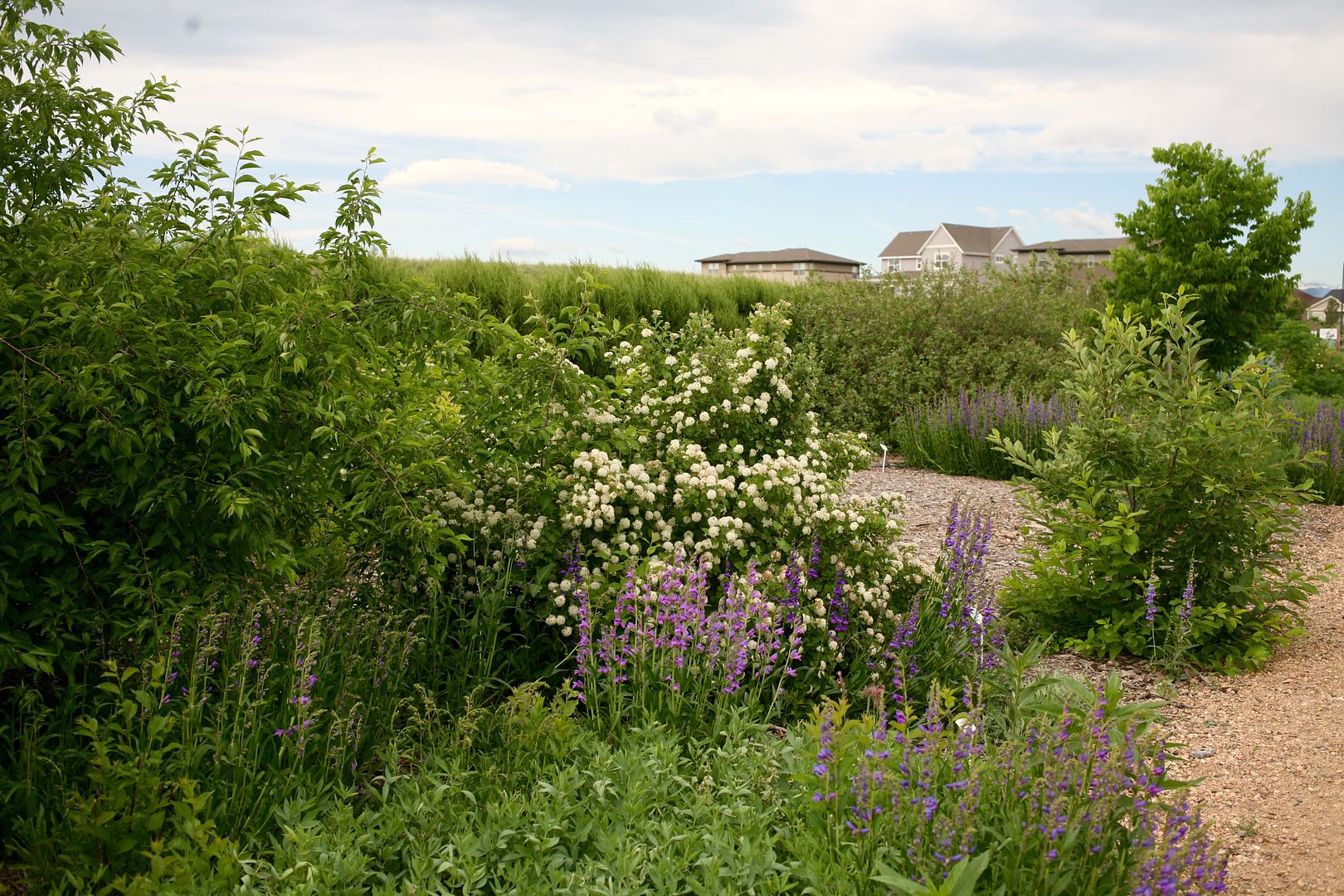
I had a million questions after exploring, which a young docent pursuing environmental studies helped to answer. And back at the Visitor Center, the site of so many school field trips, Jim Tolstrup, executive director of HPEC, presented the full High Plains Environmental Center Story, which you can read here. It is a fascinating story of the work being done at this habitat laboratory, a “botanic garden of the wild” that aims big, partnering with businesses by incorporating horticulture, land management, urban studies, conservation, nature-based learning to address habitat loss…seed by seed, problem-solving a way forward in confronting some of the biggest issues of our time. Because HPEC knows avoidance just isn’t a strategy.

